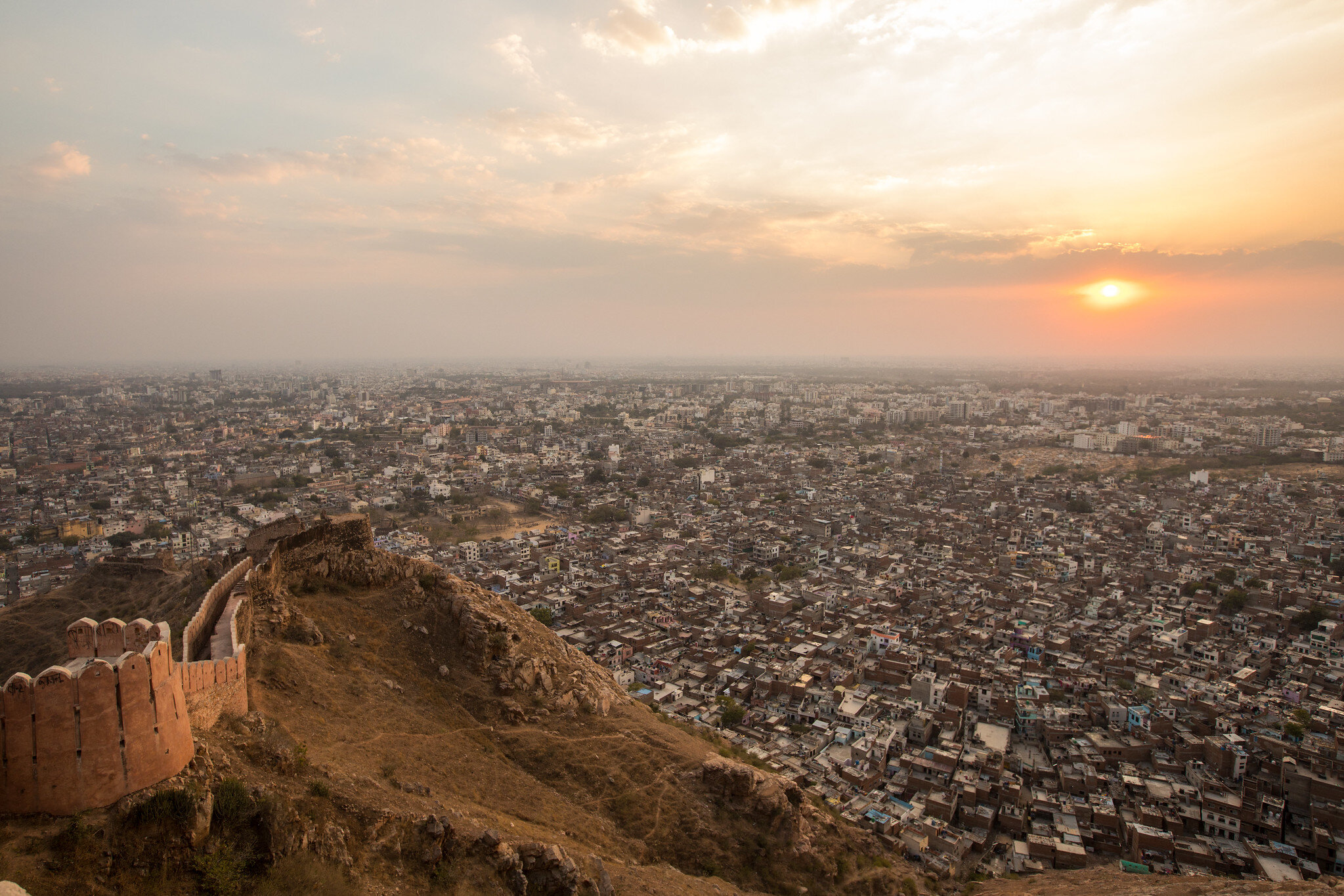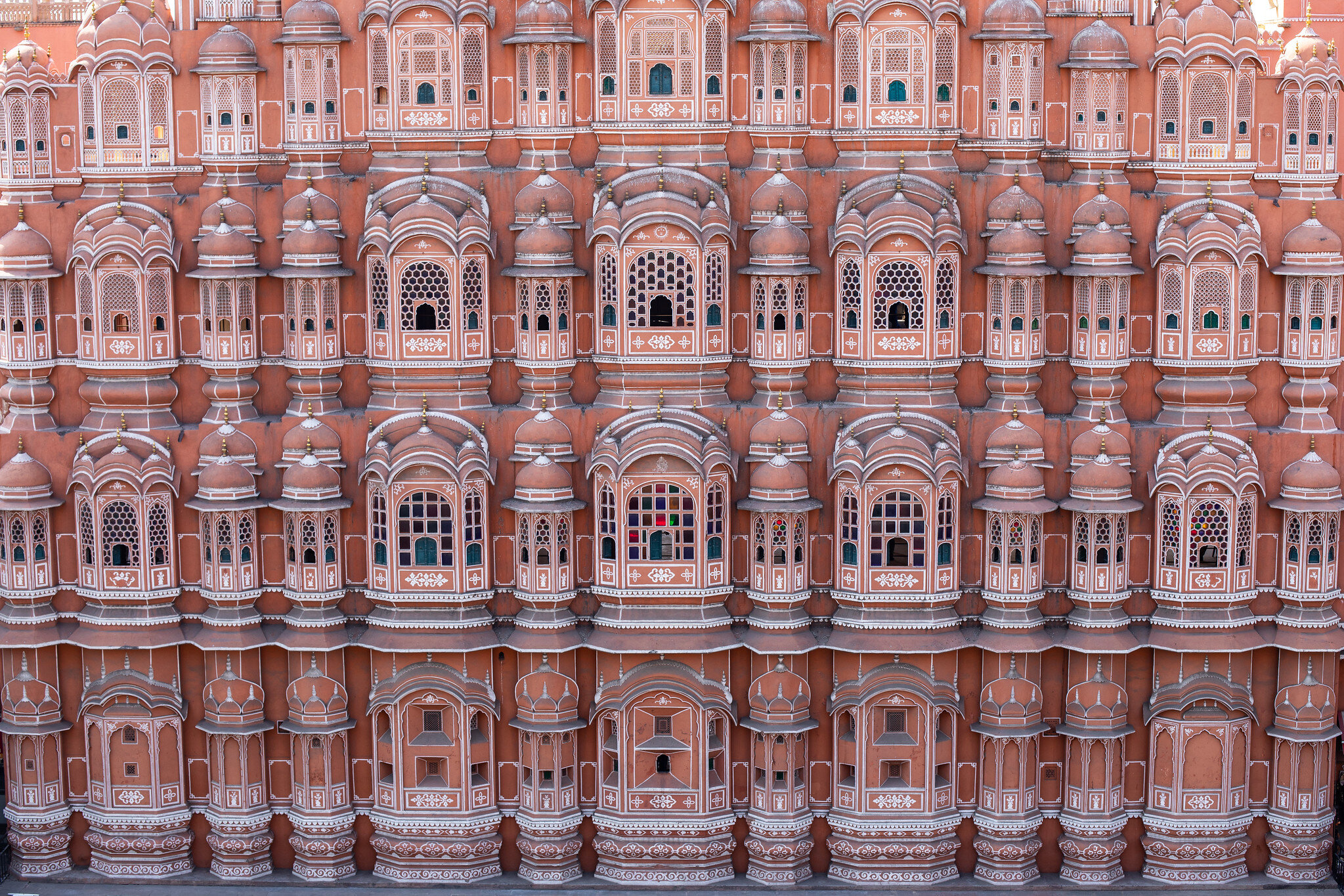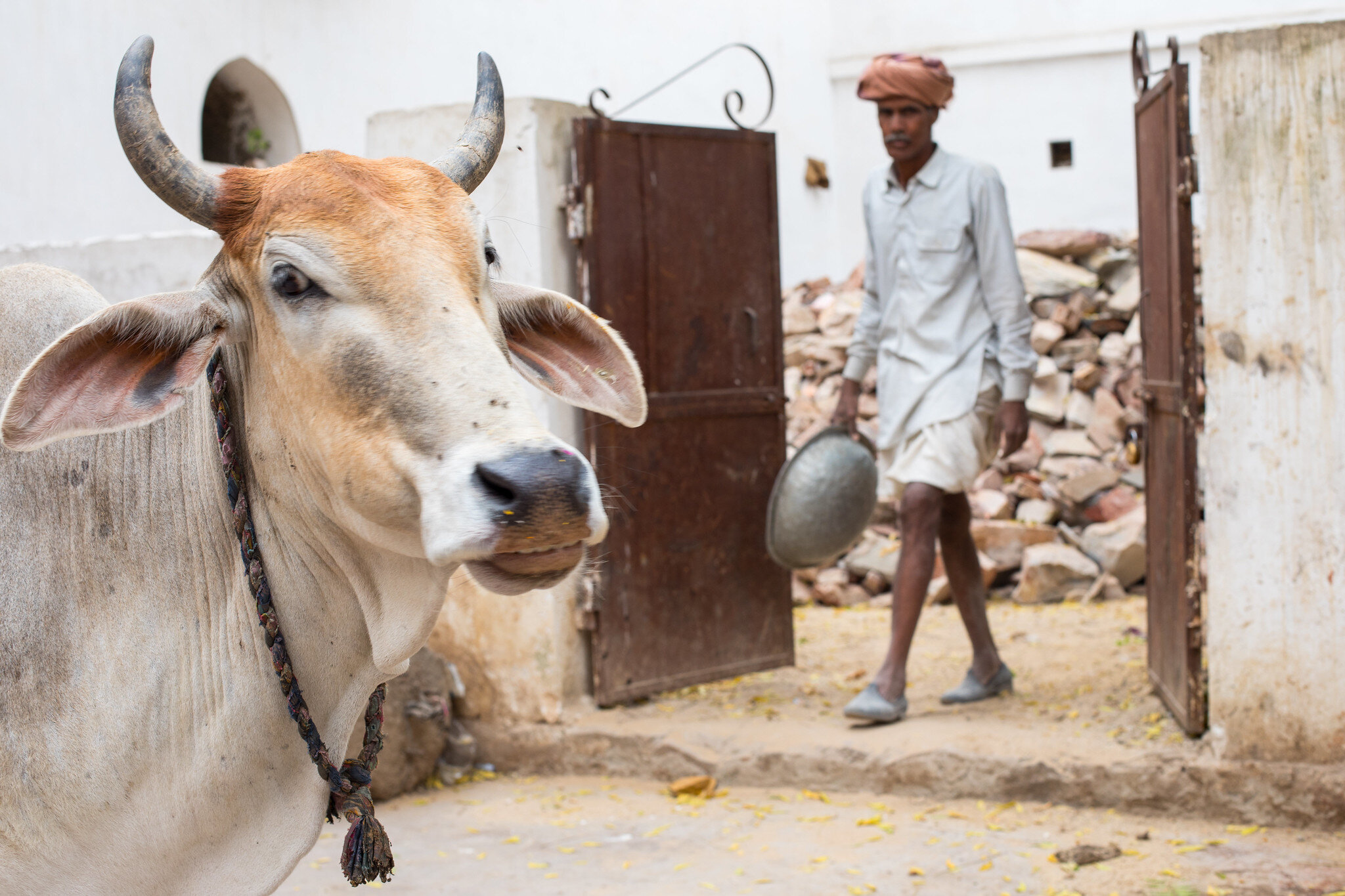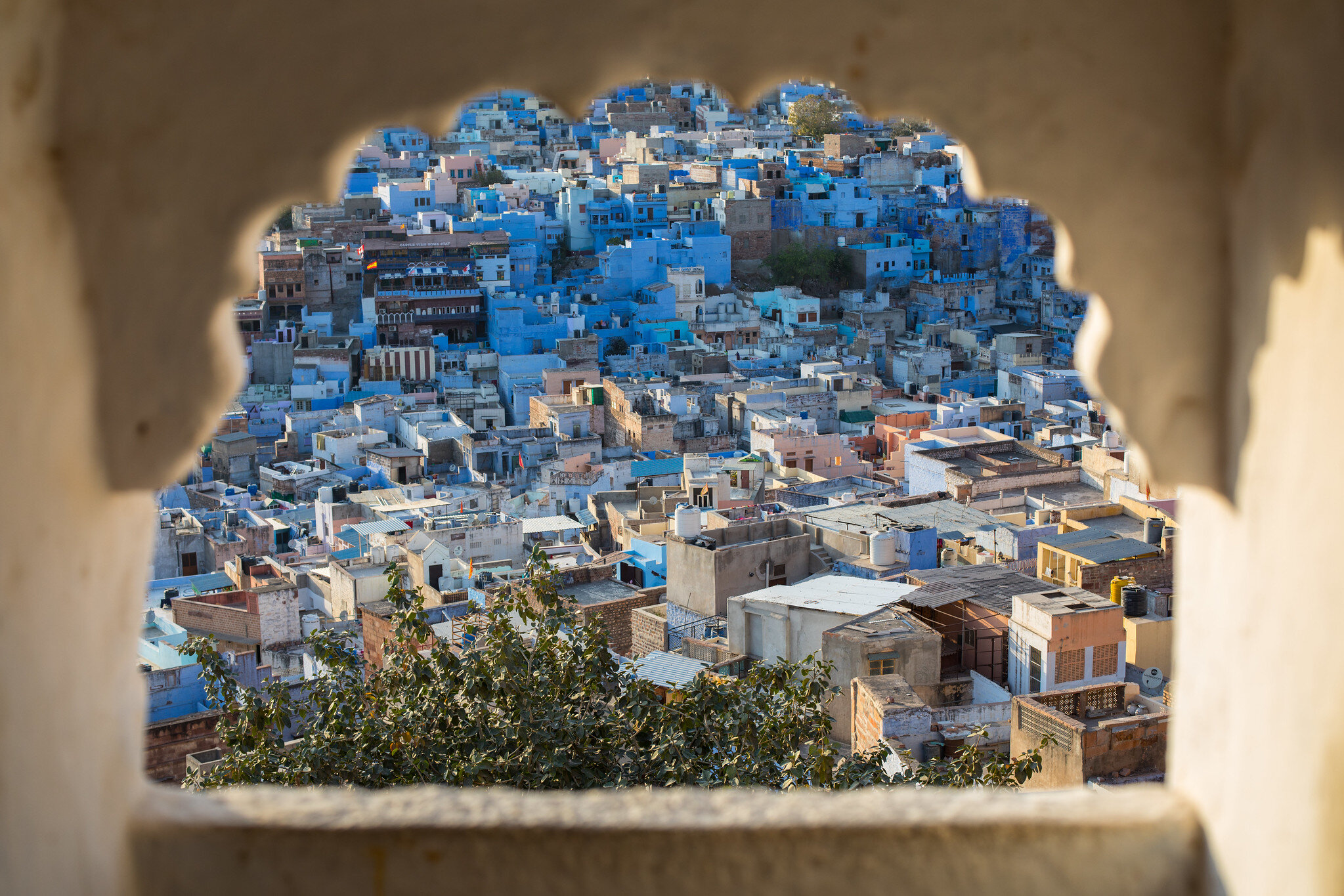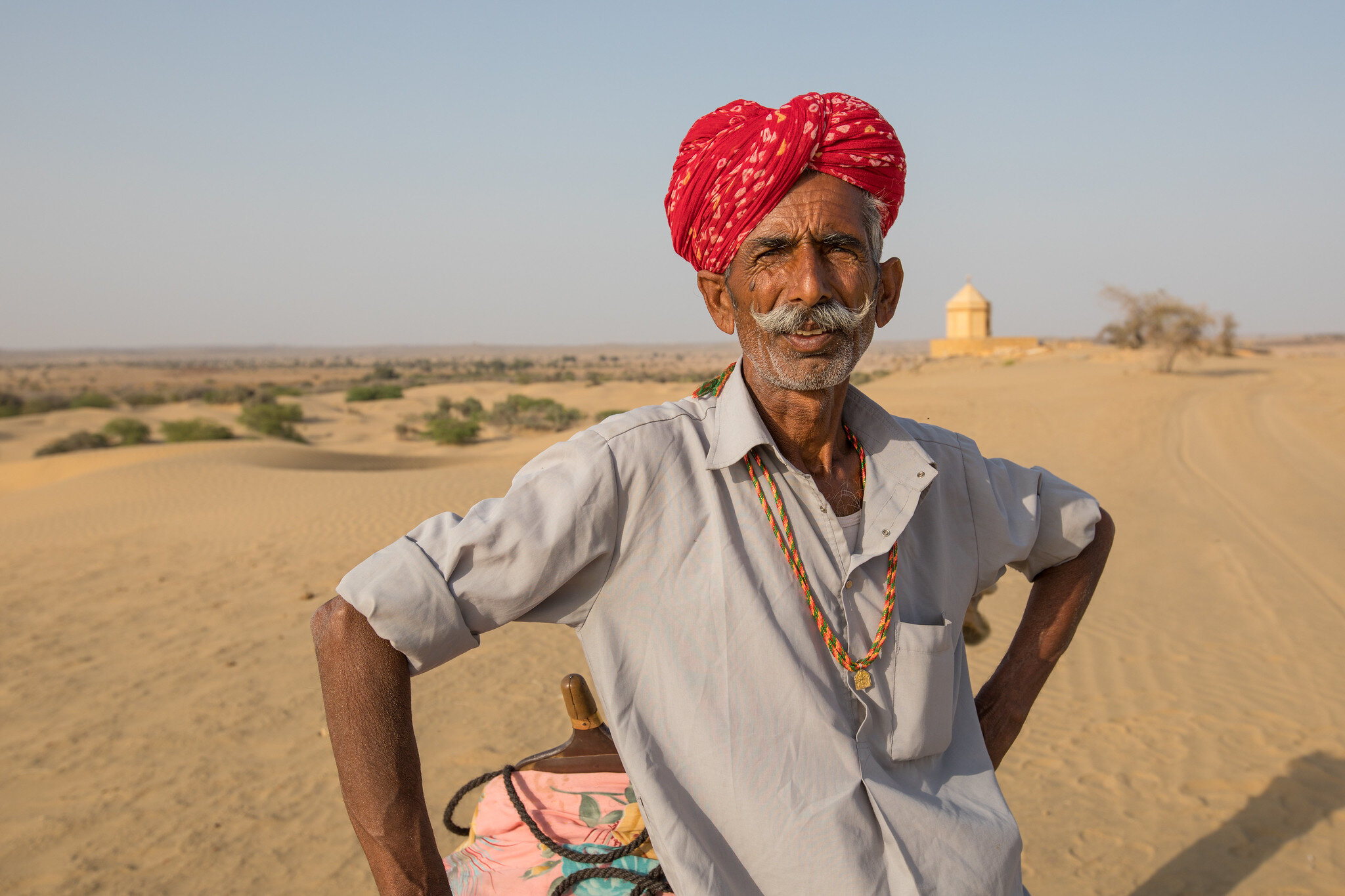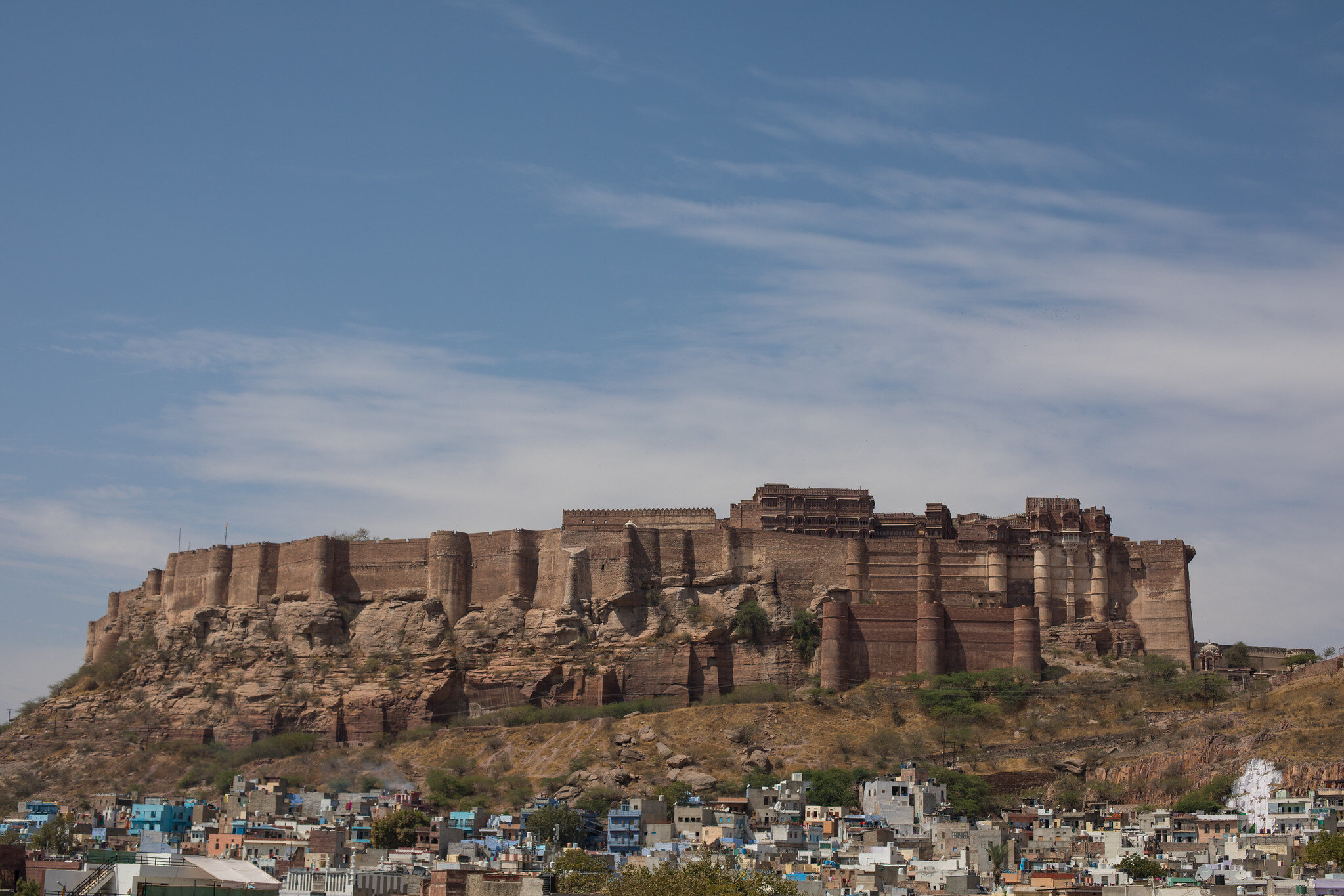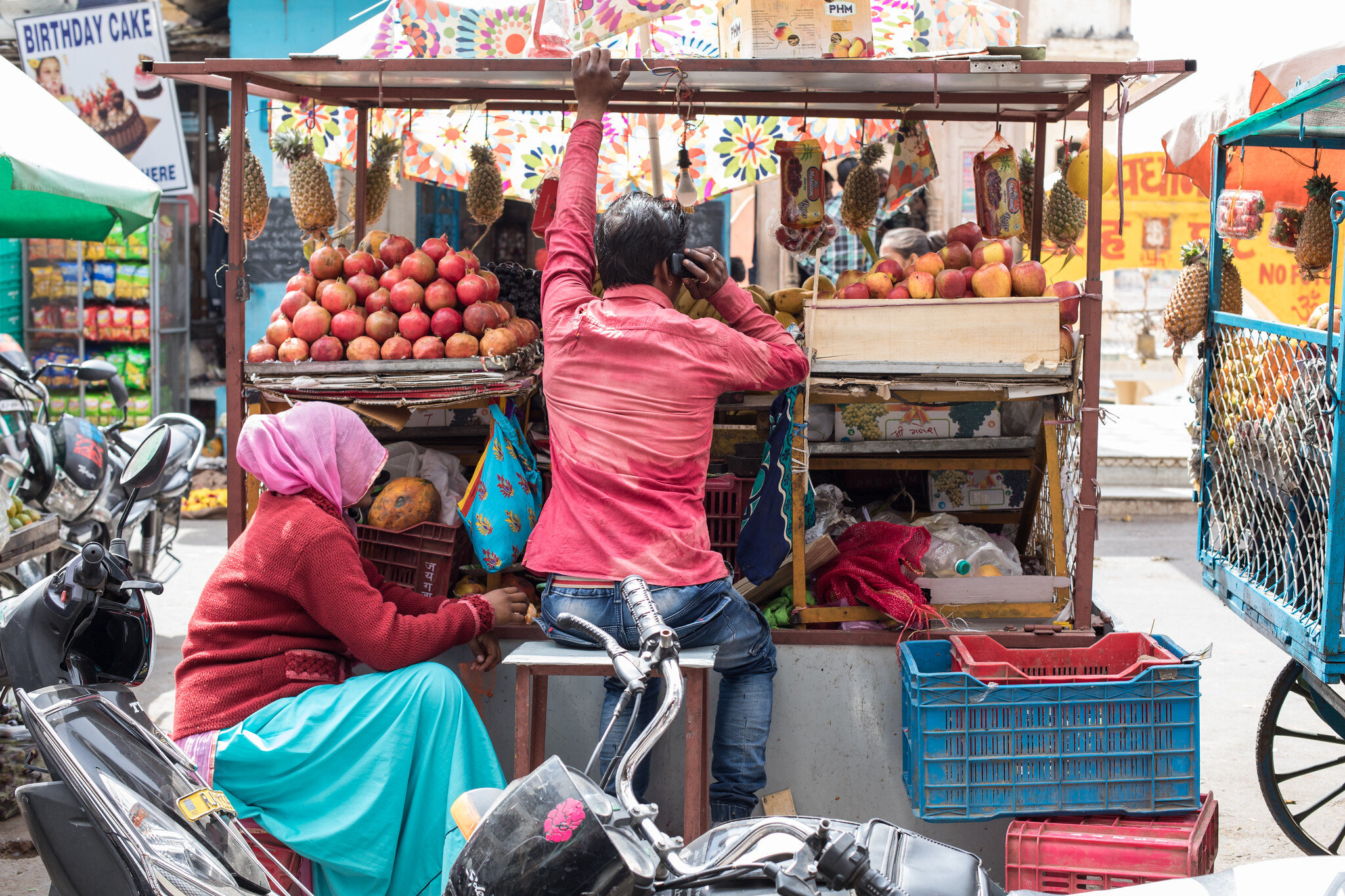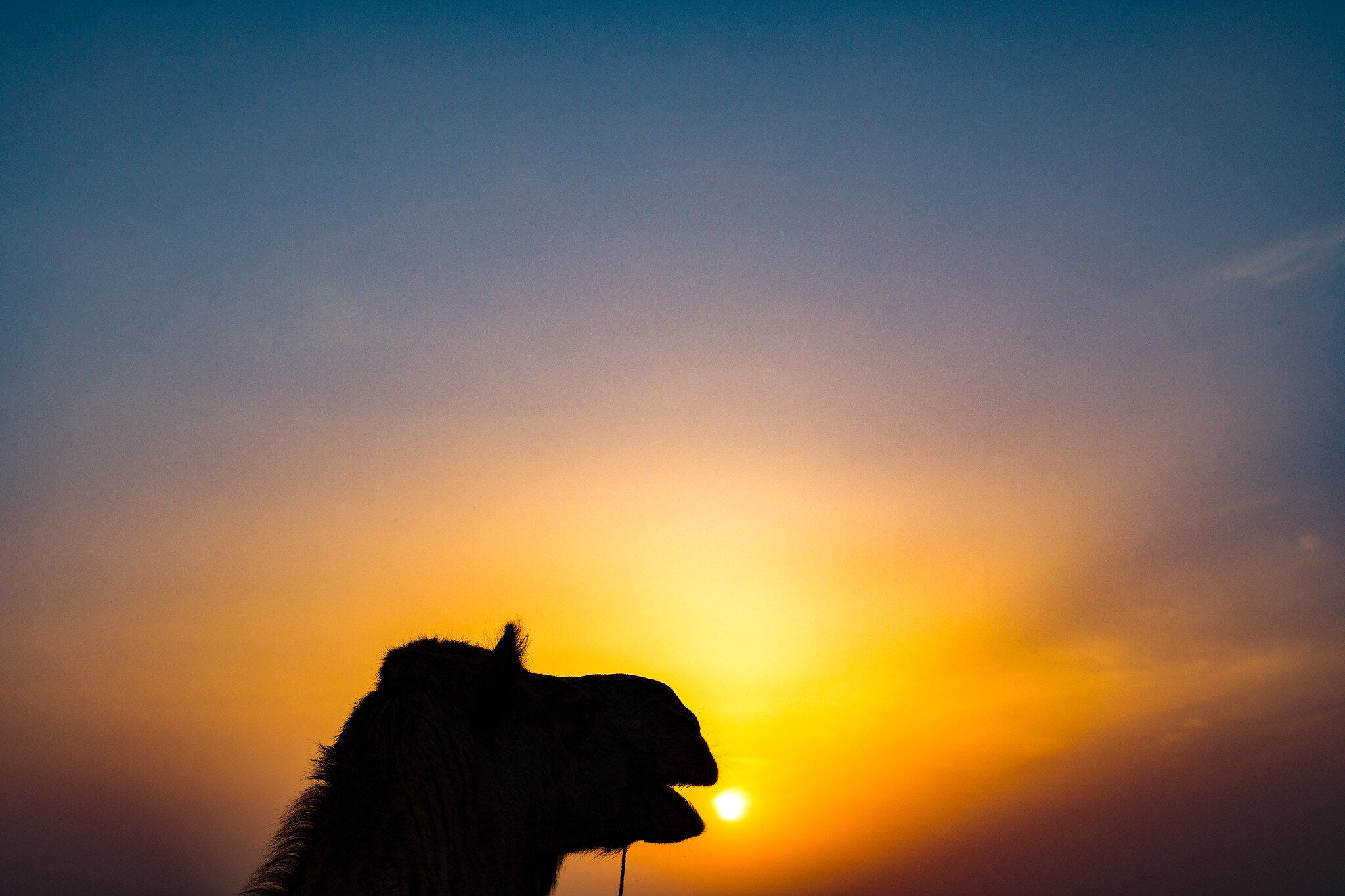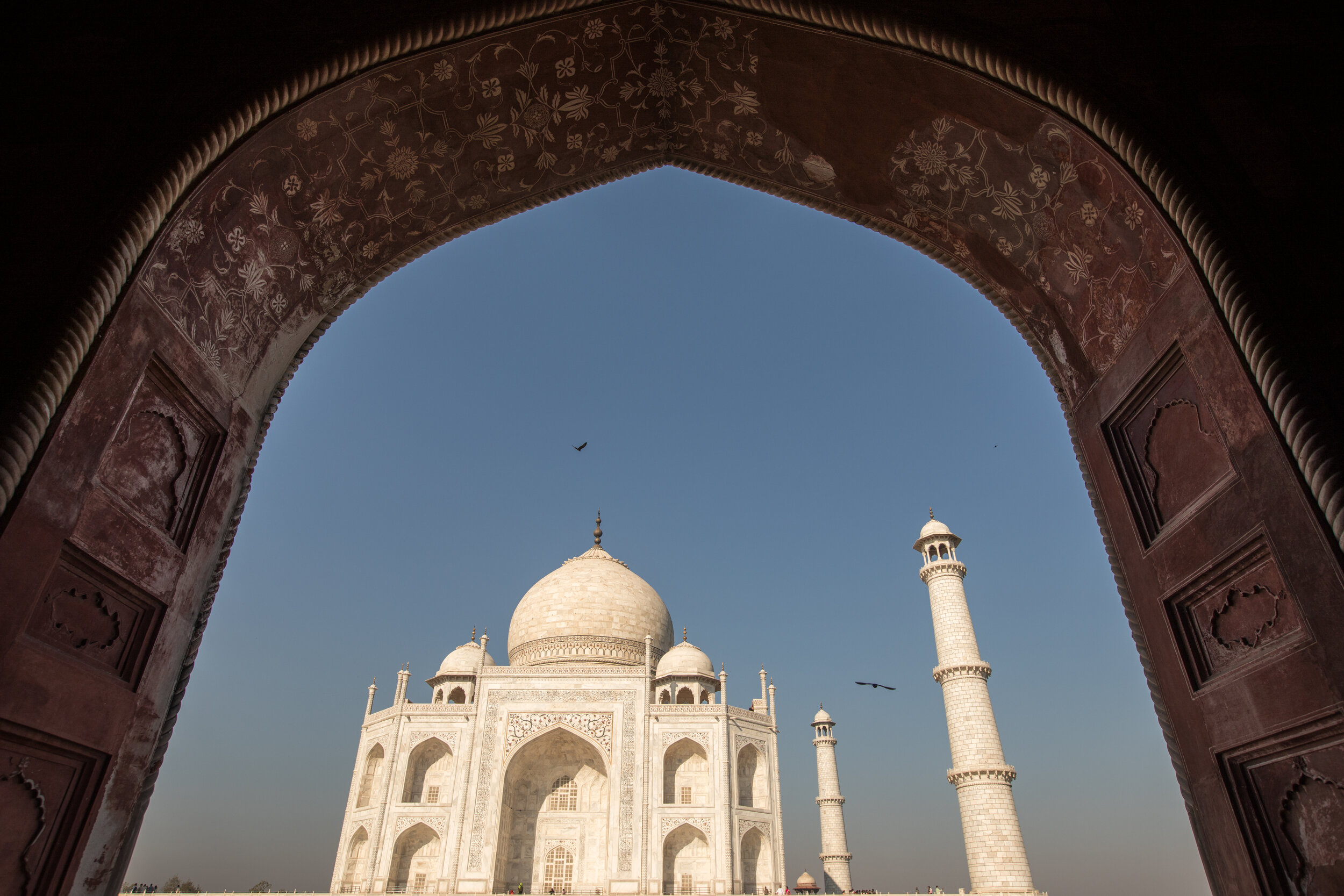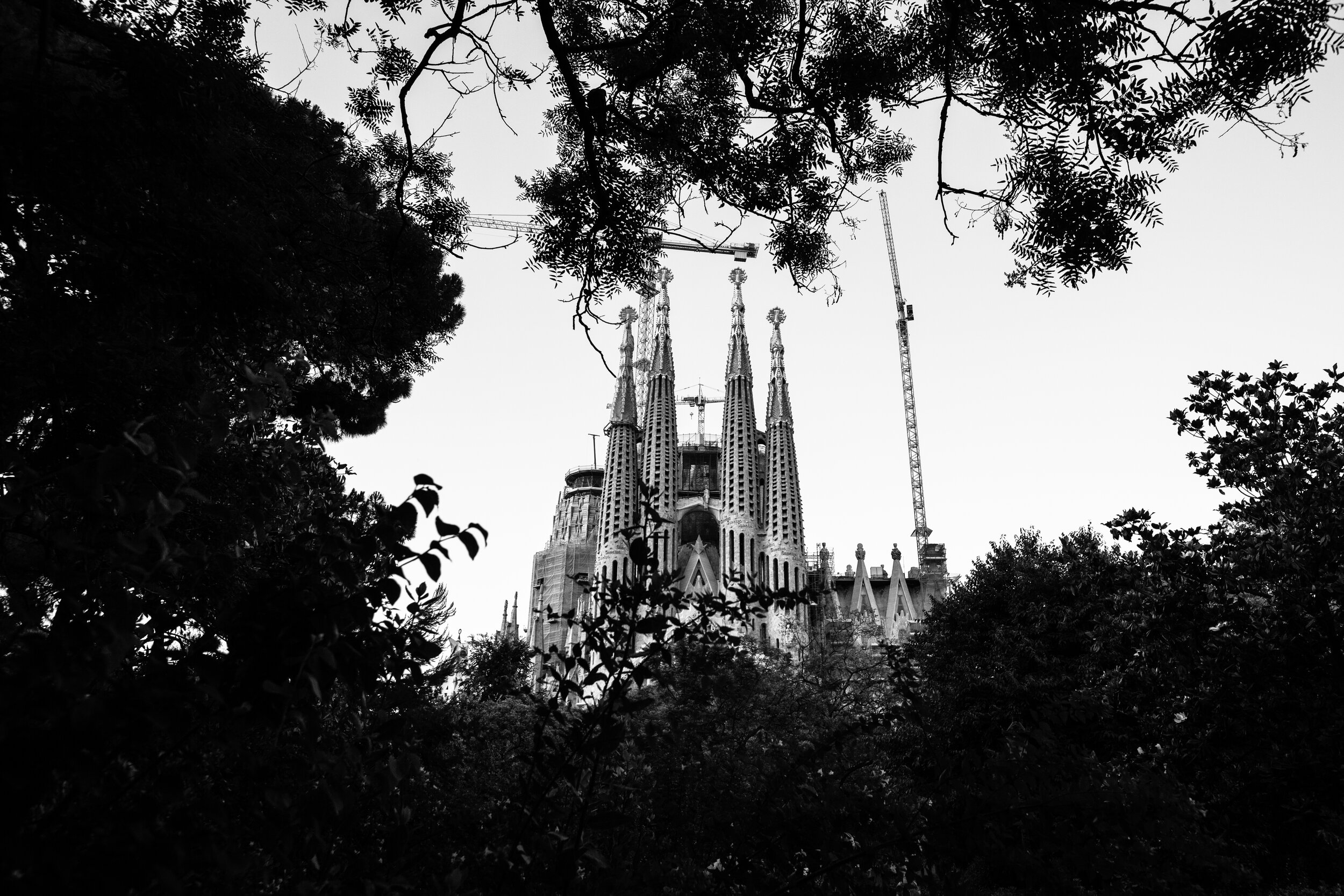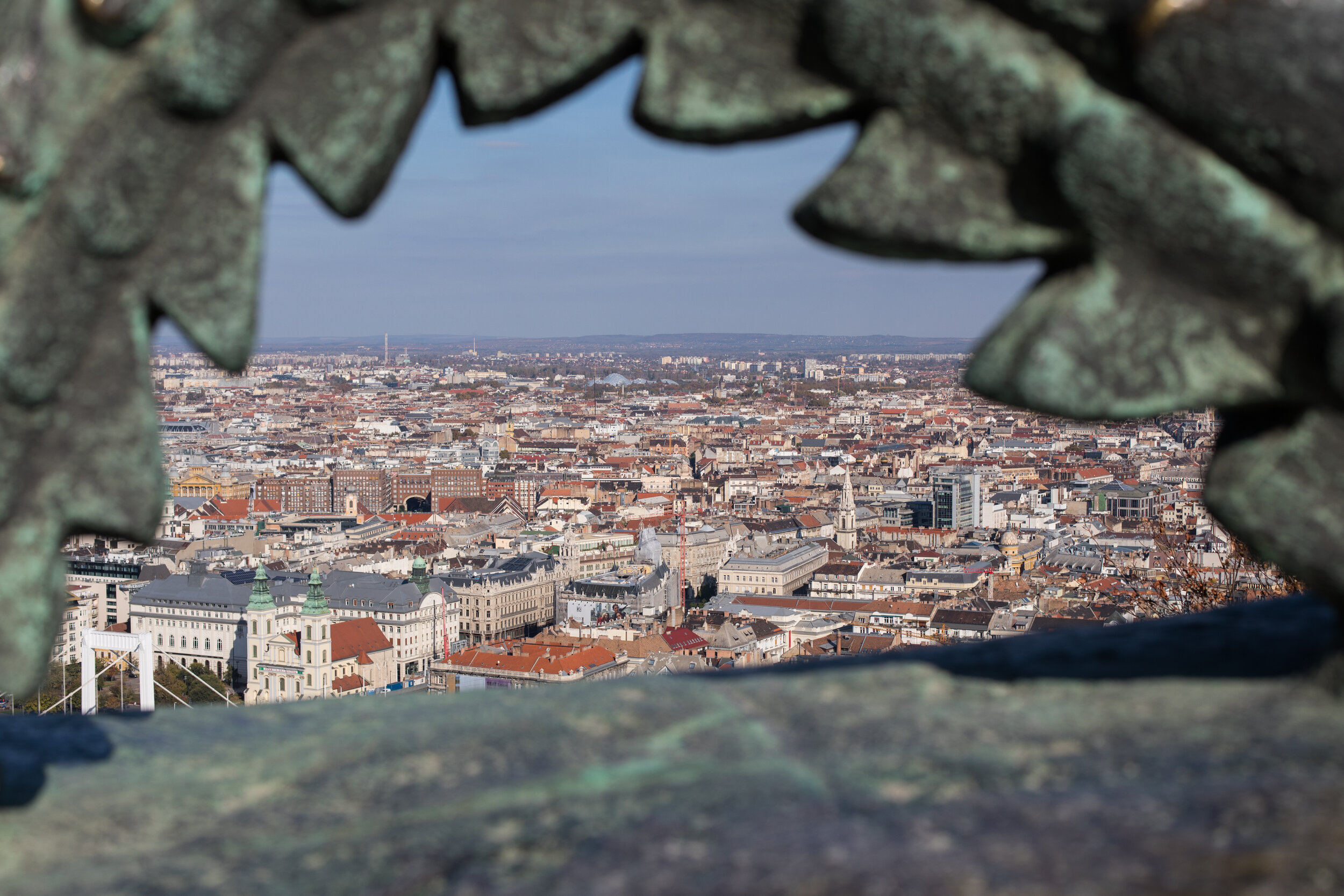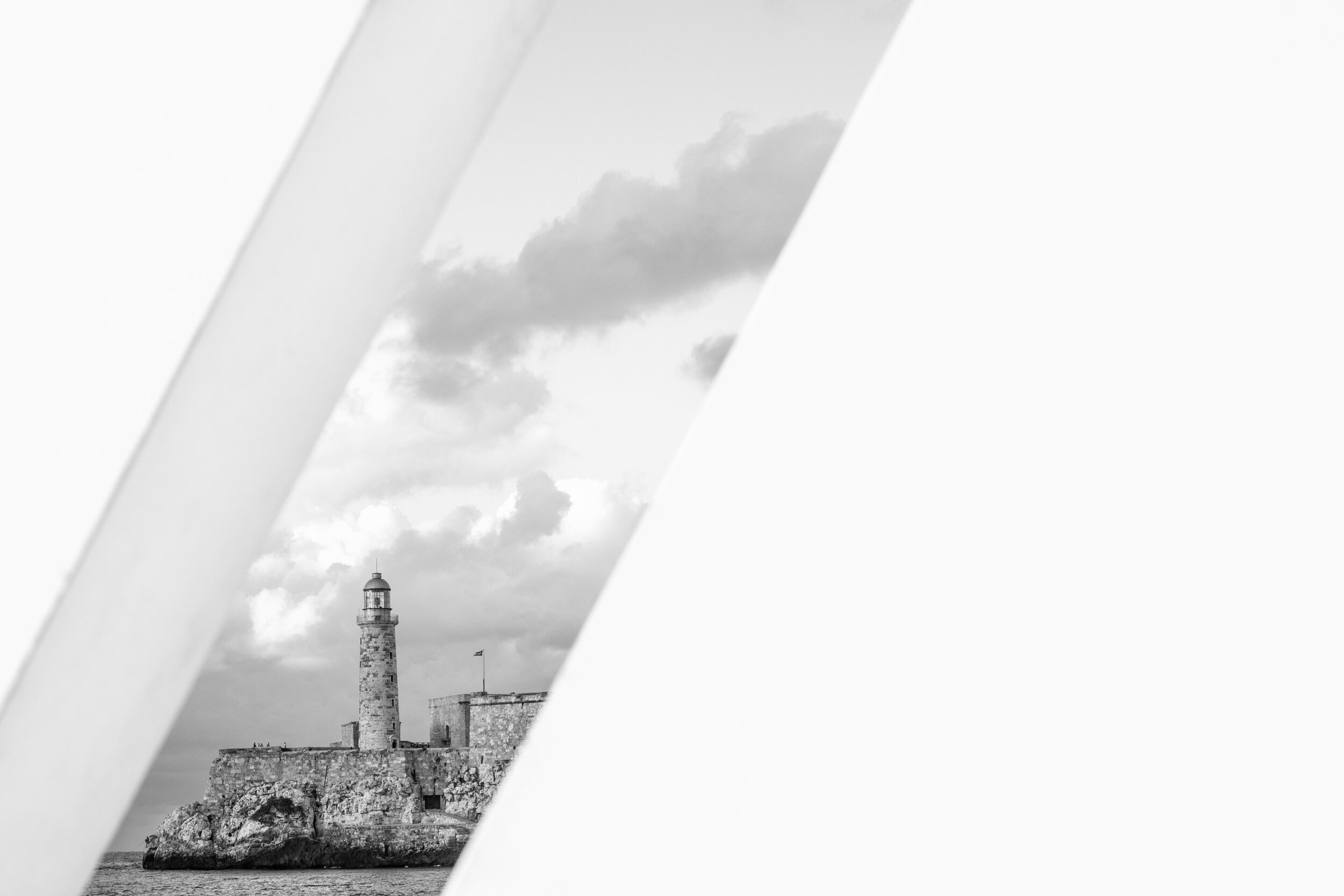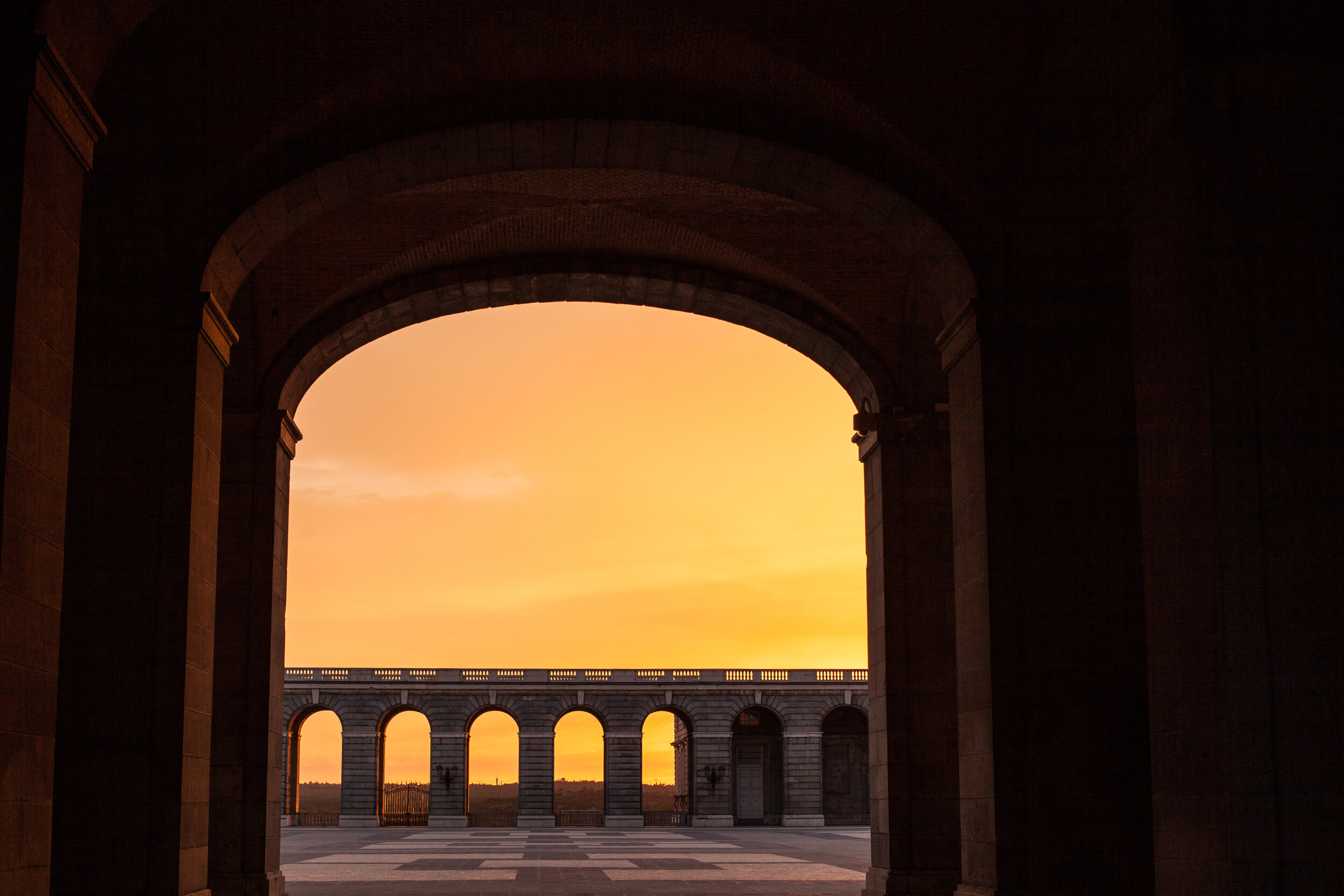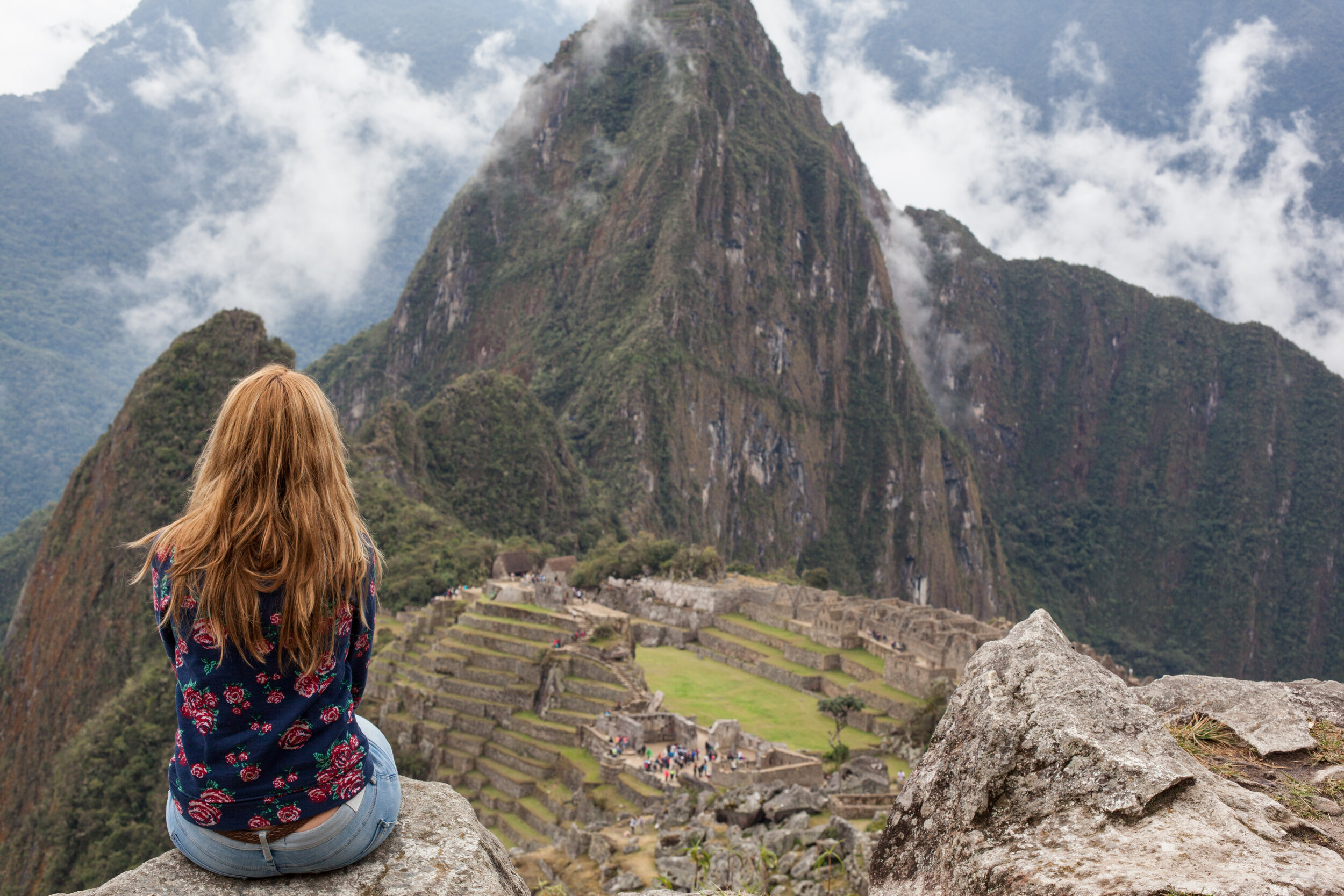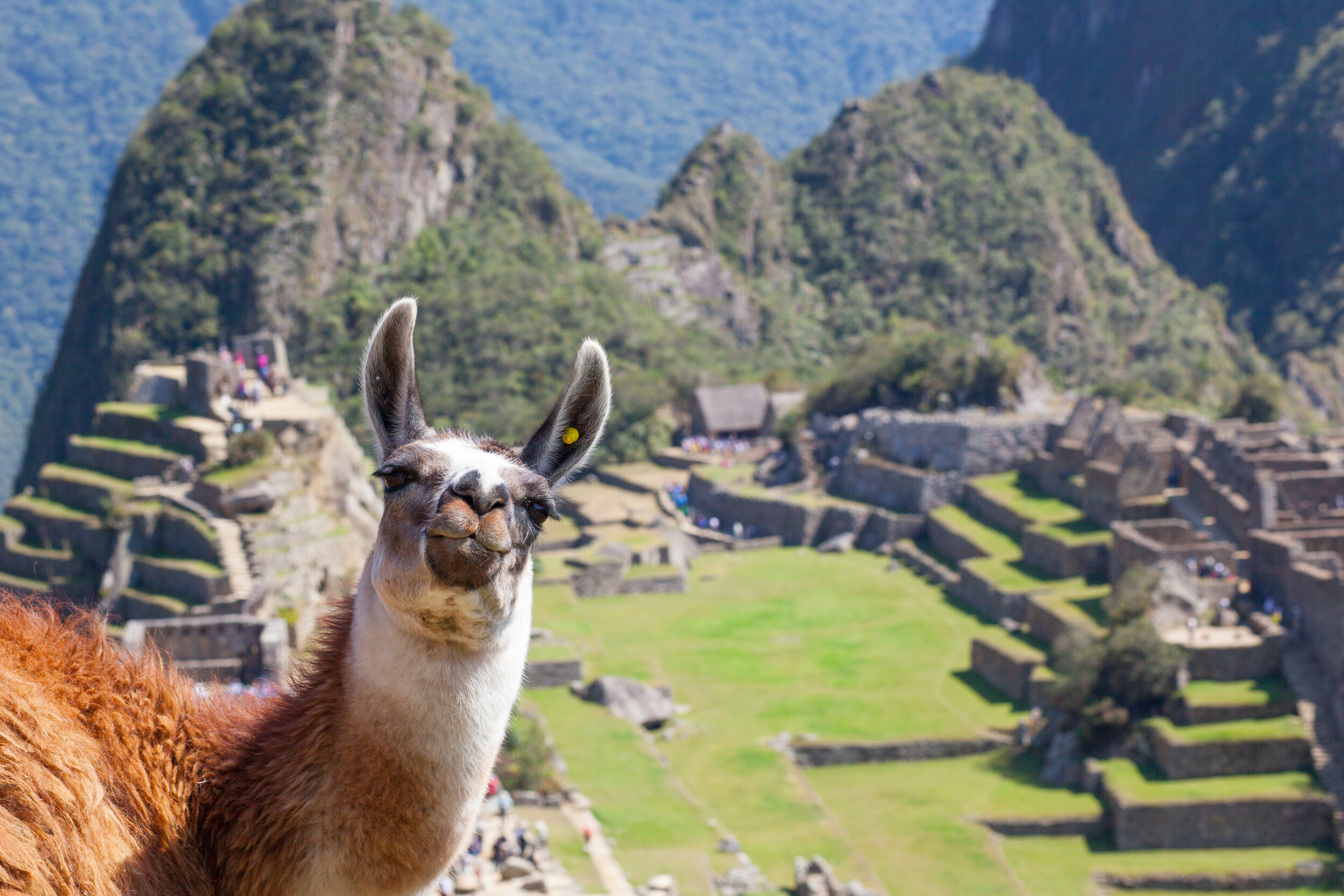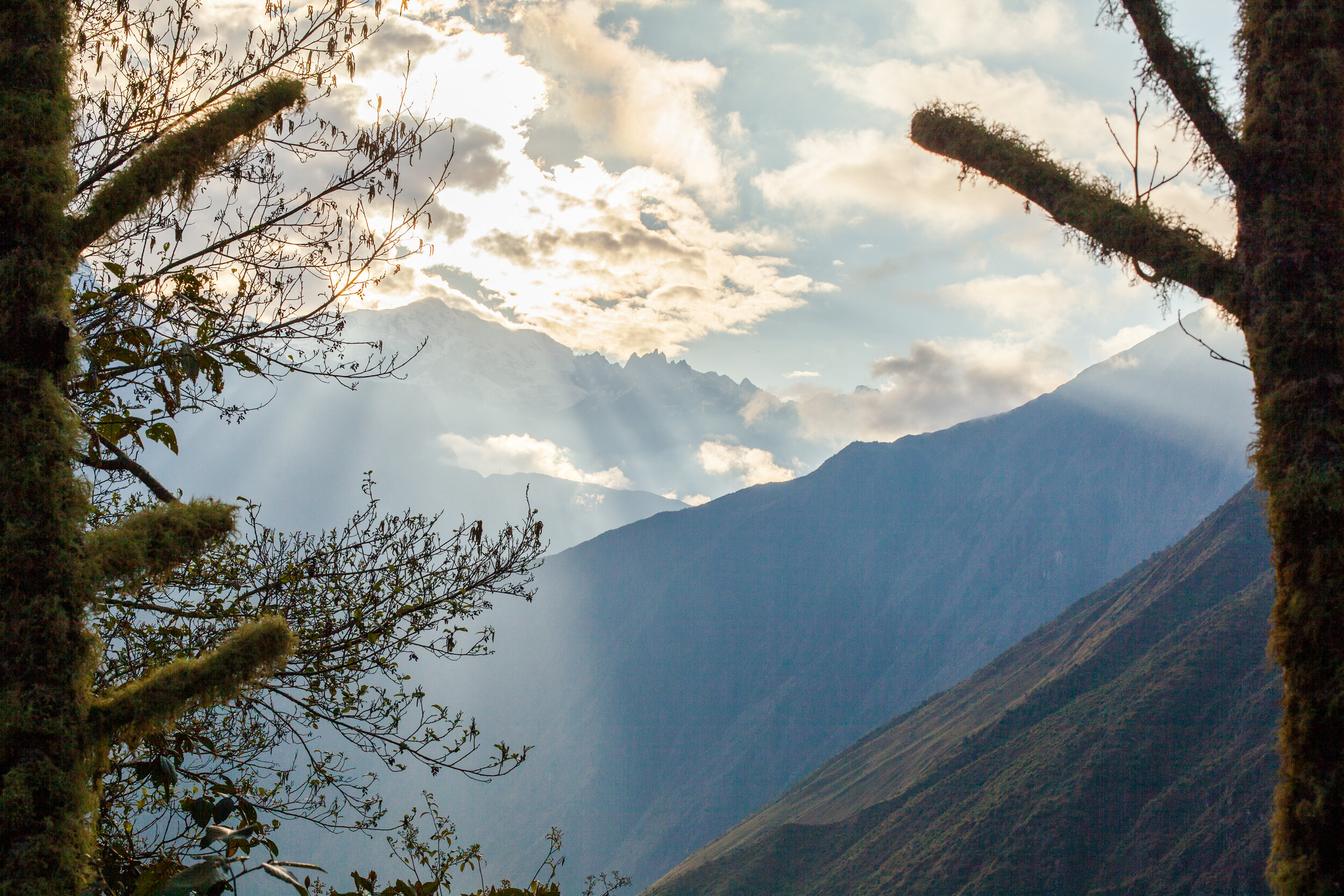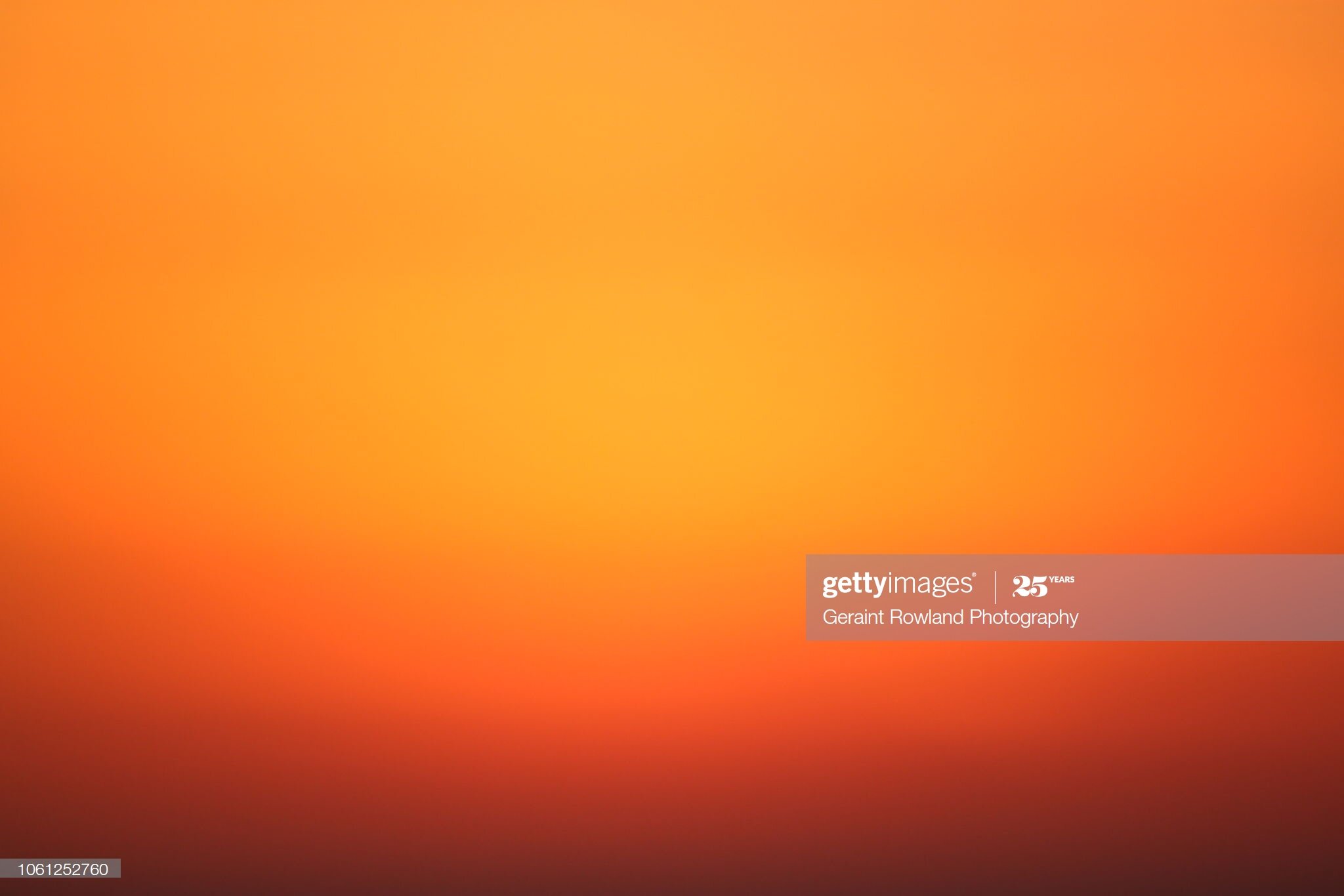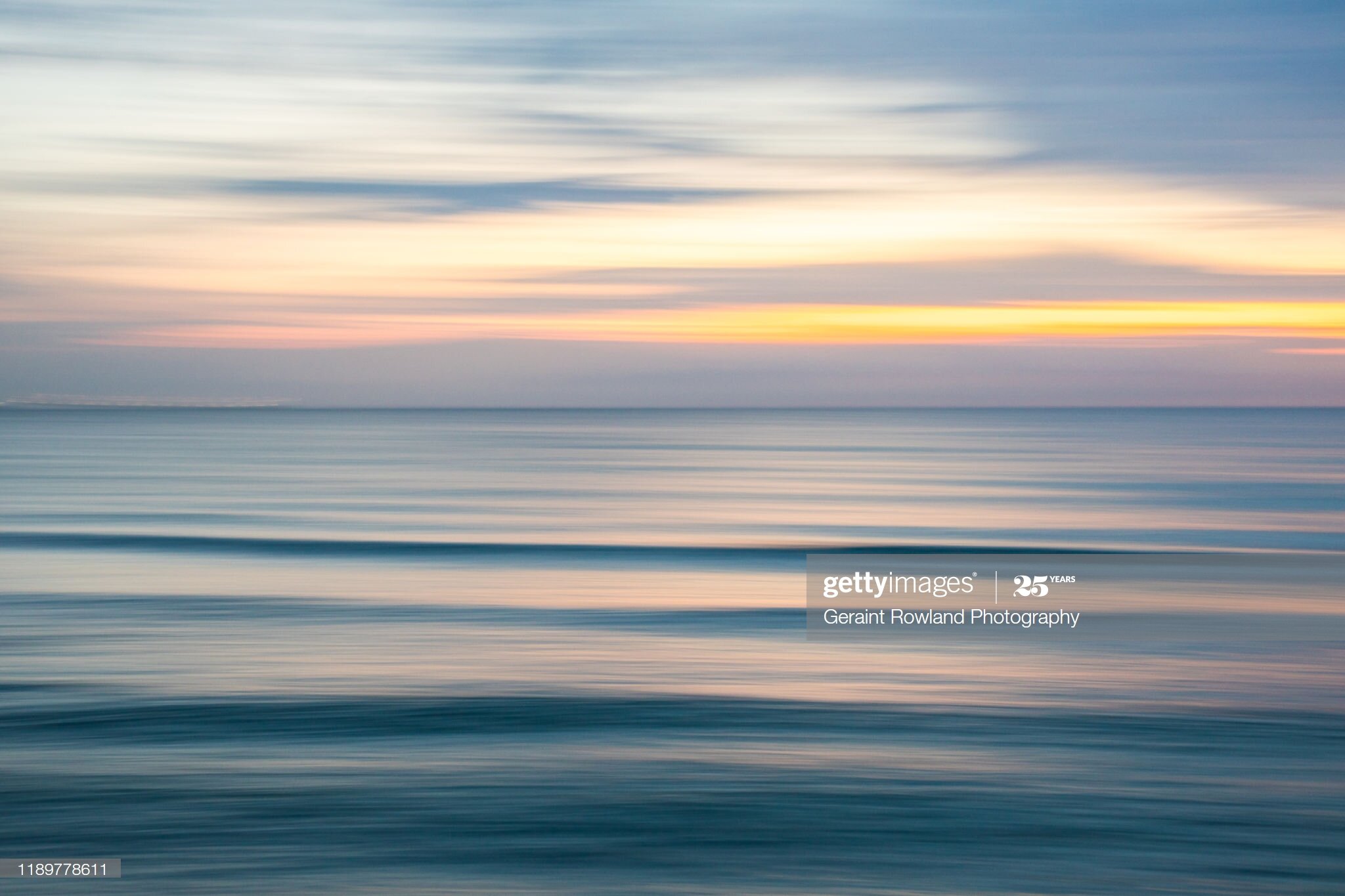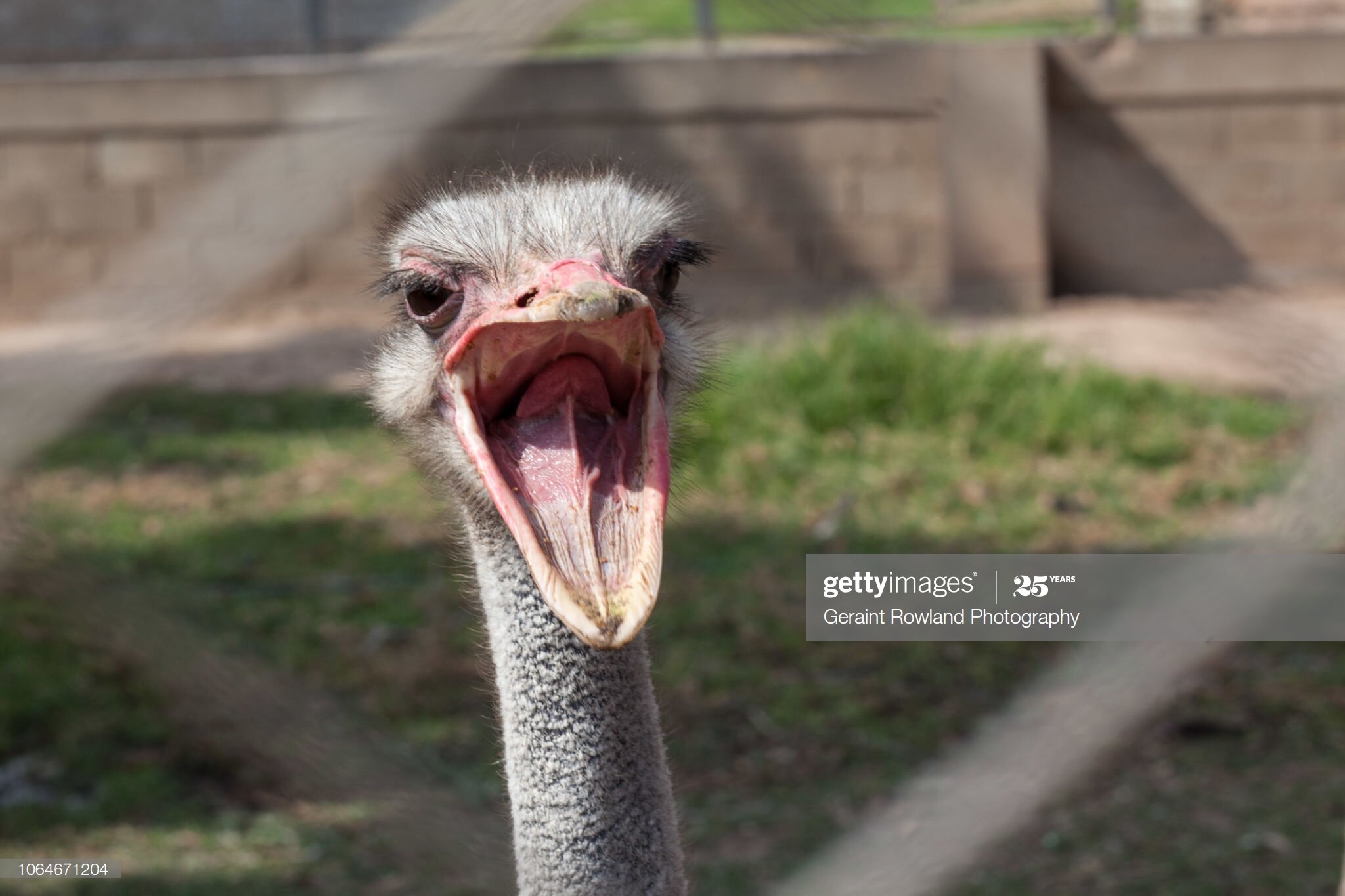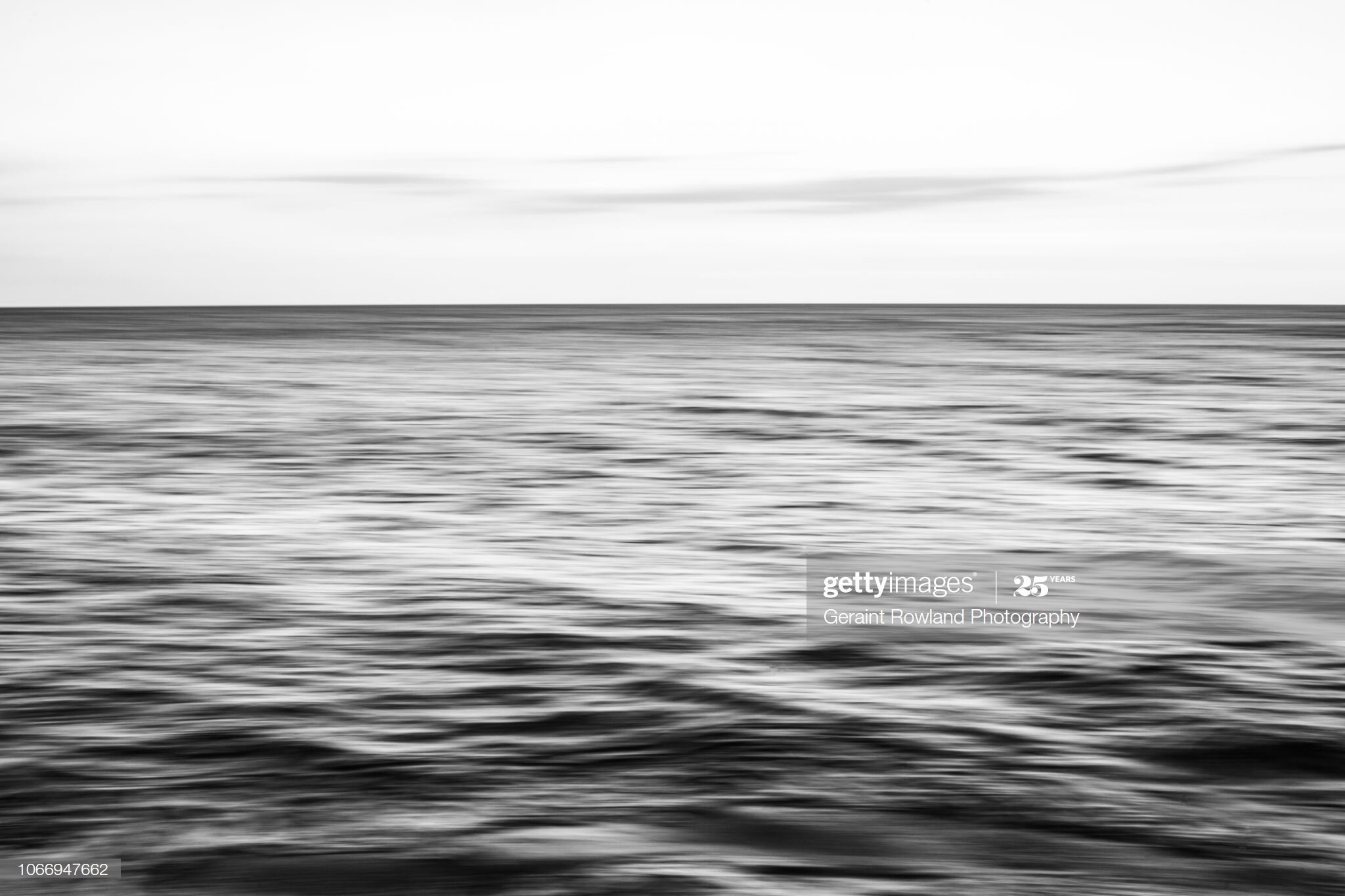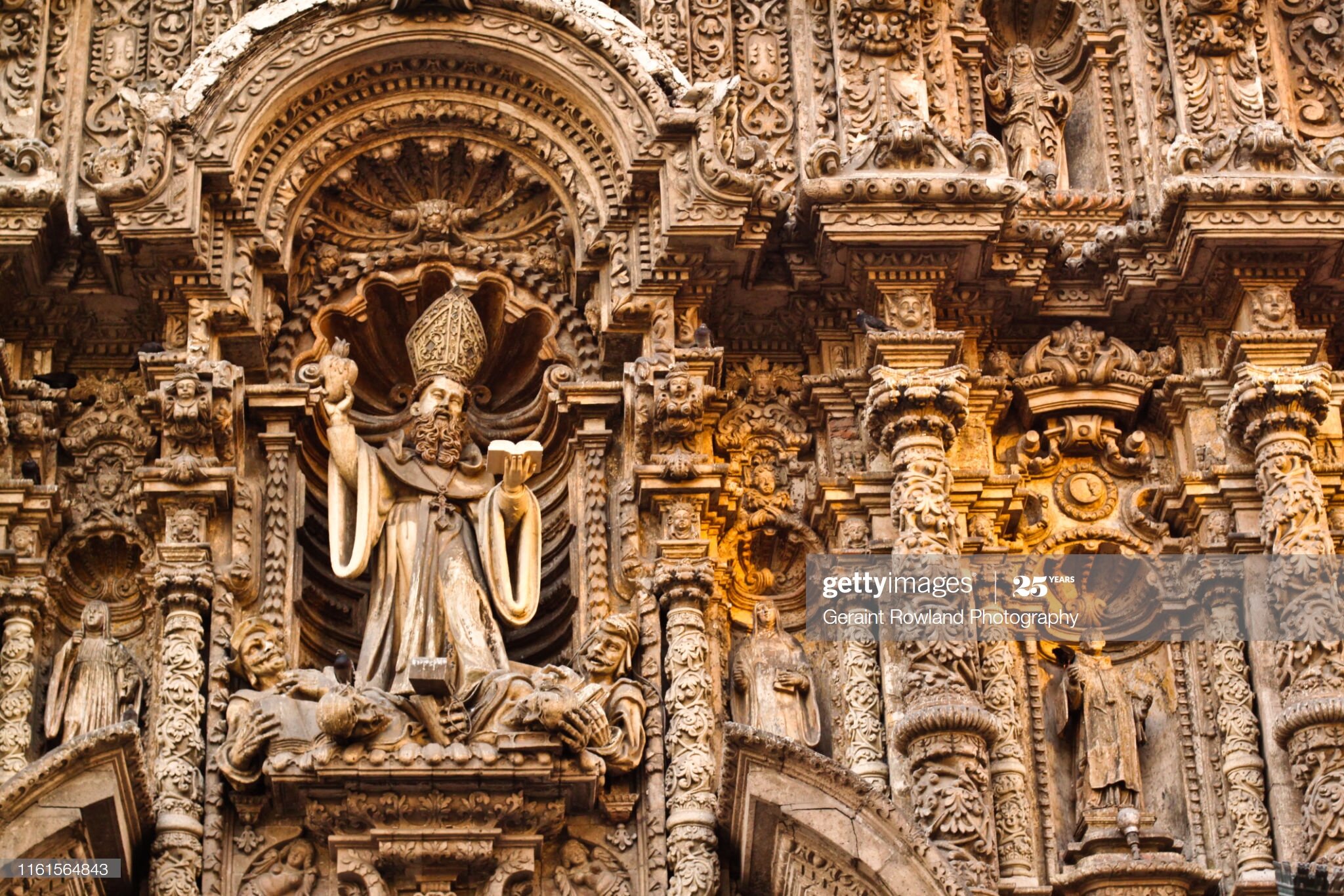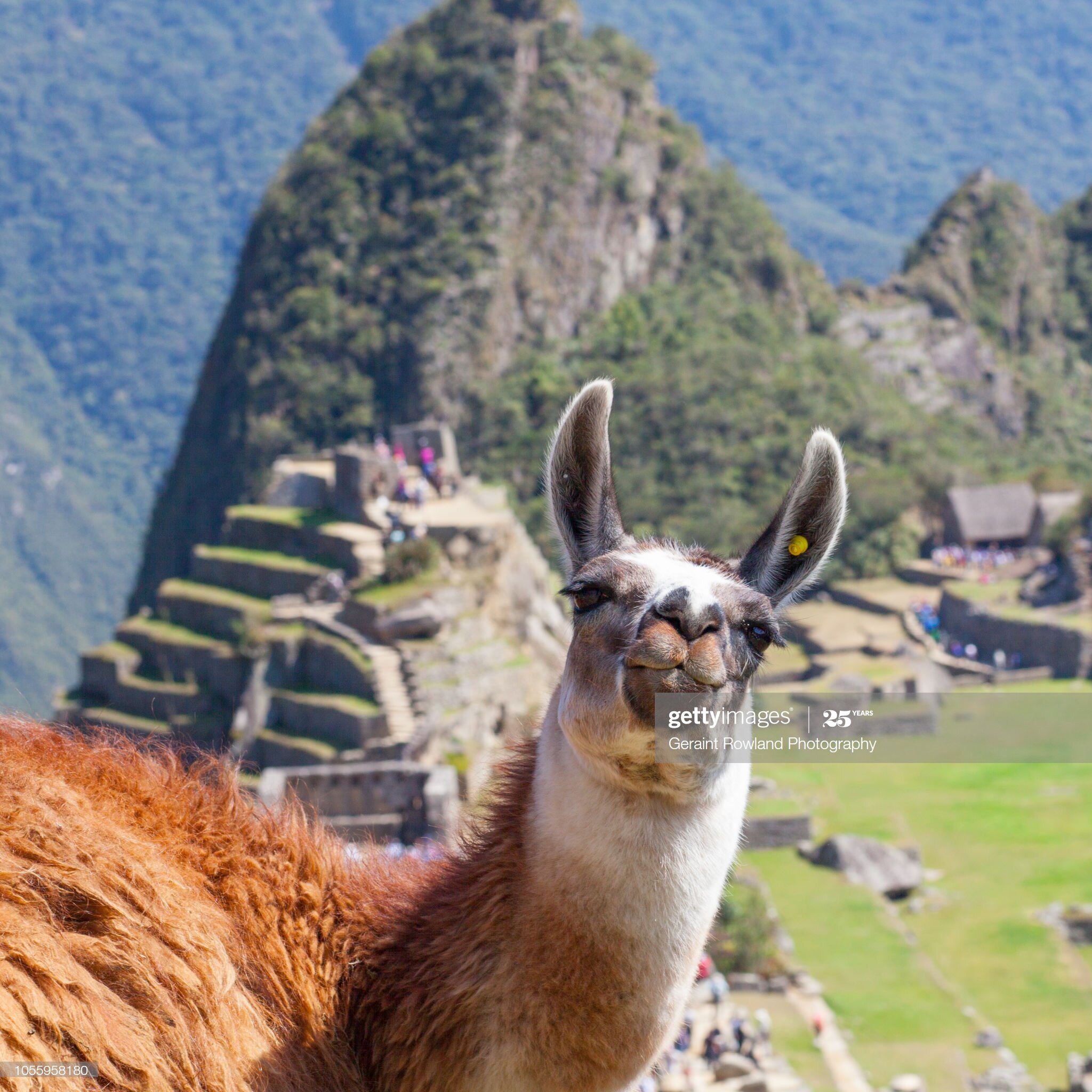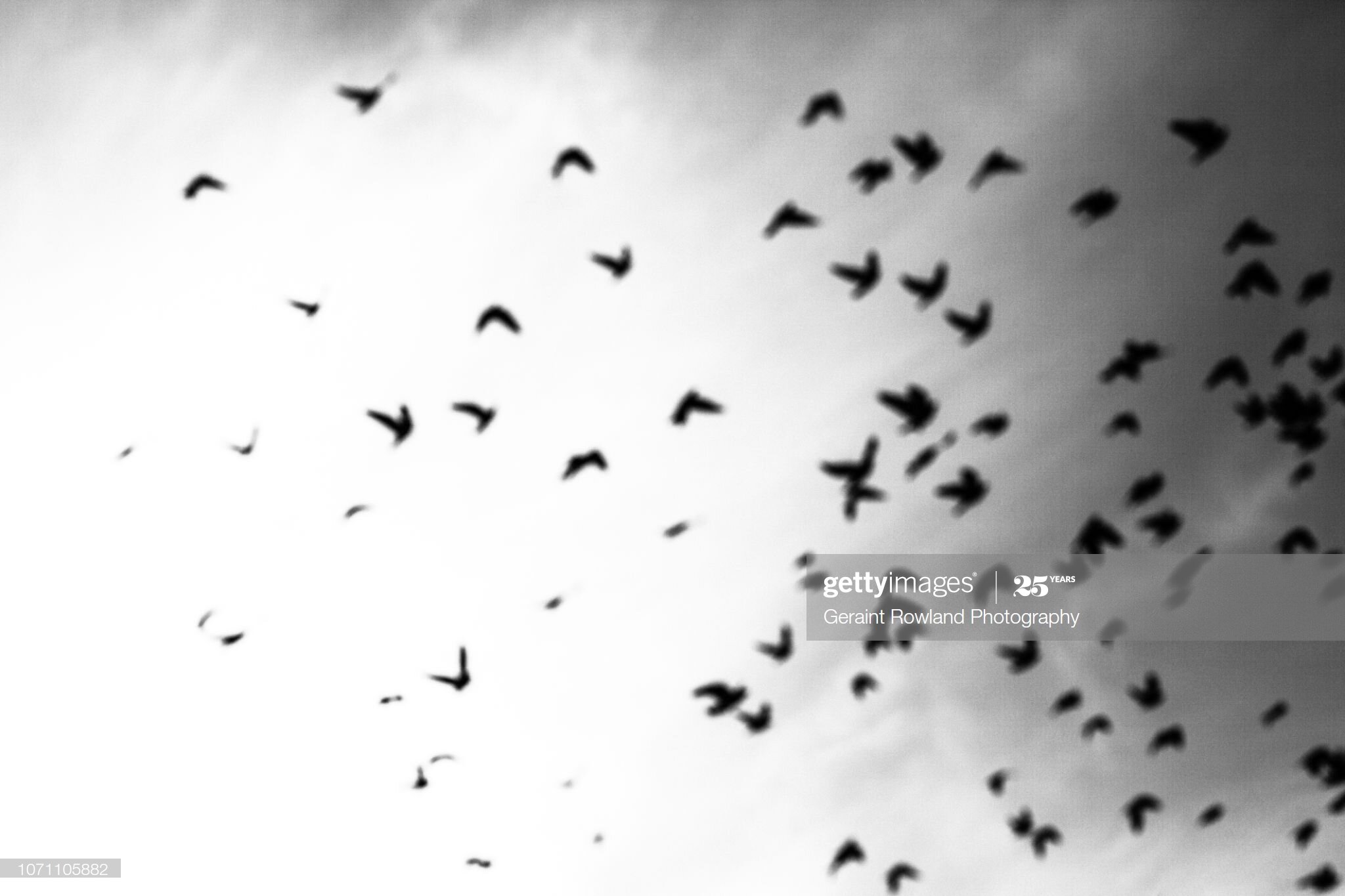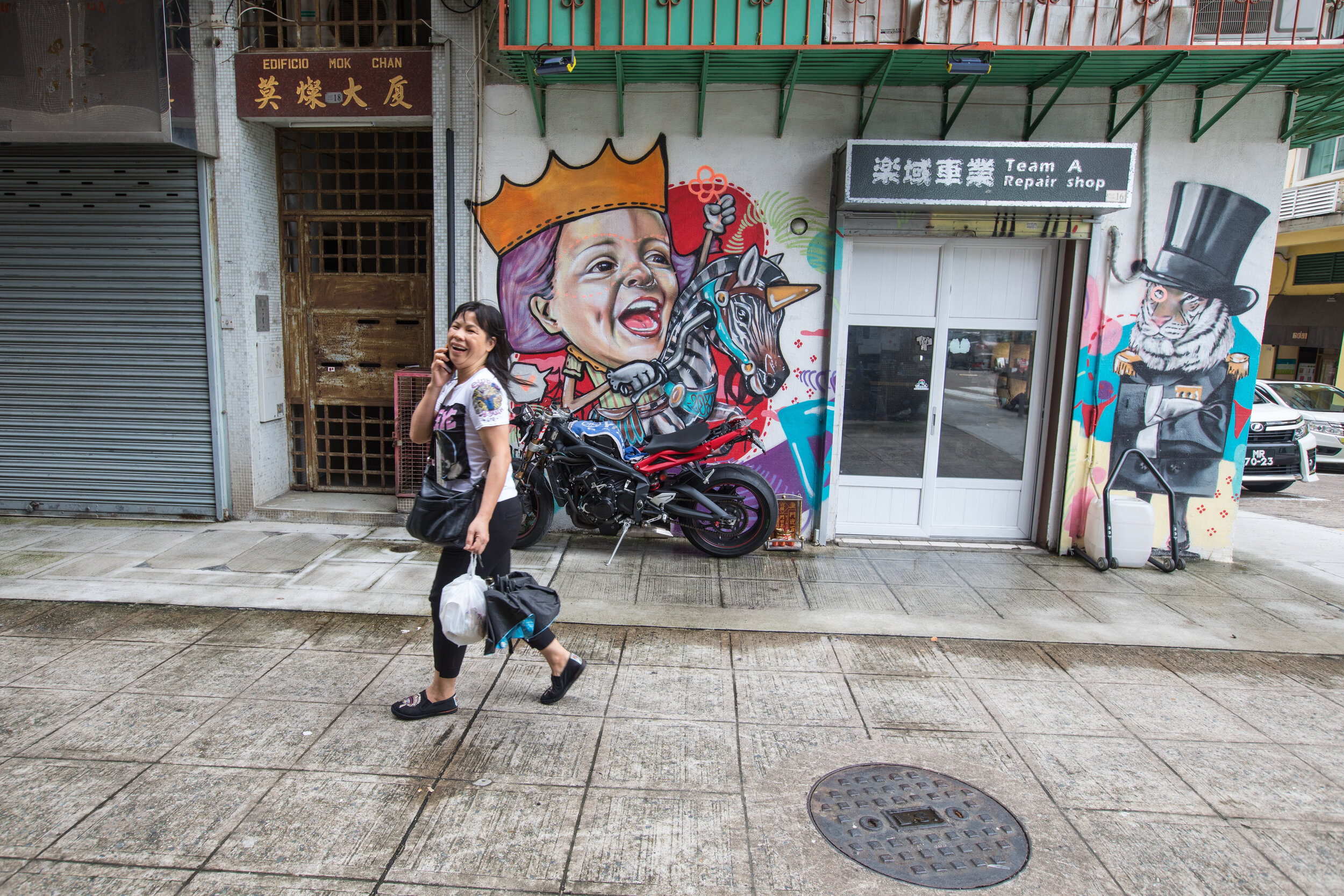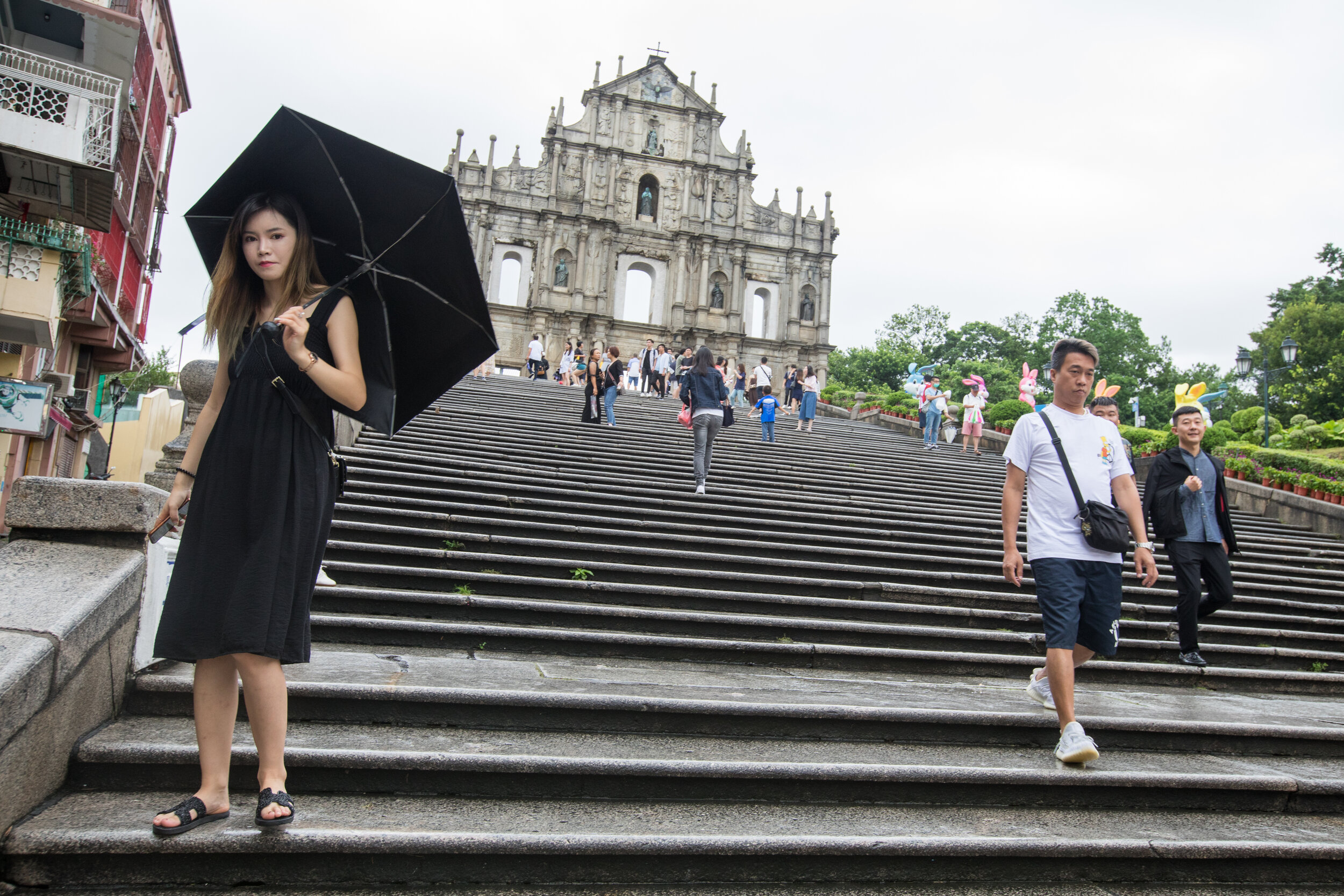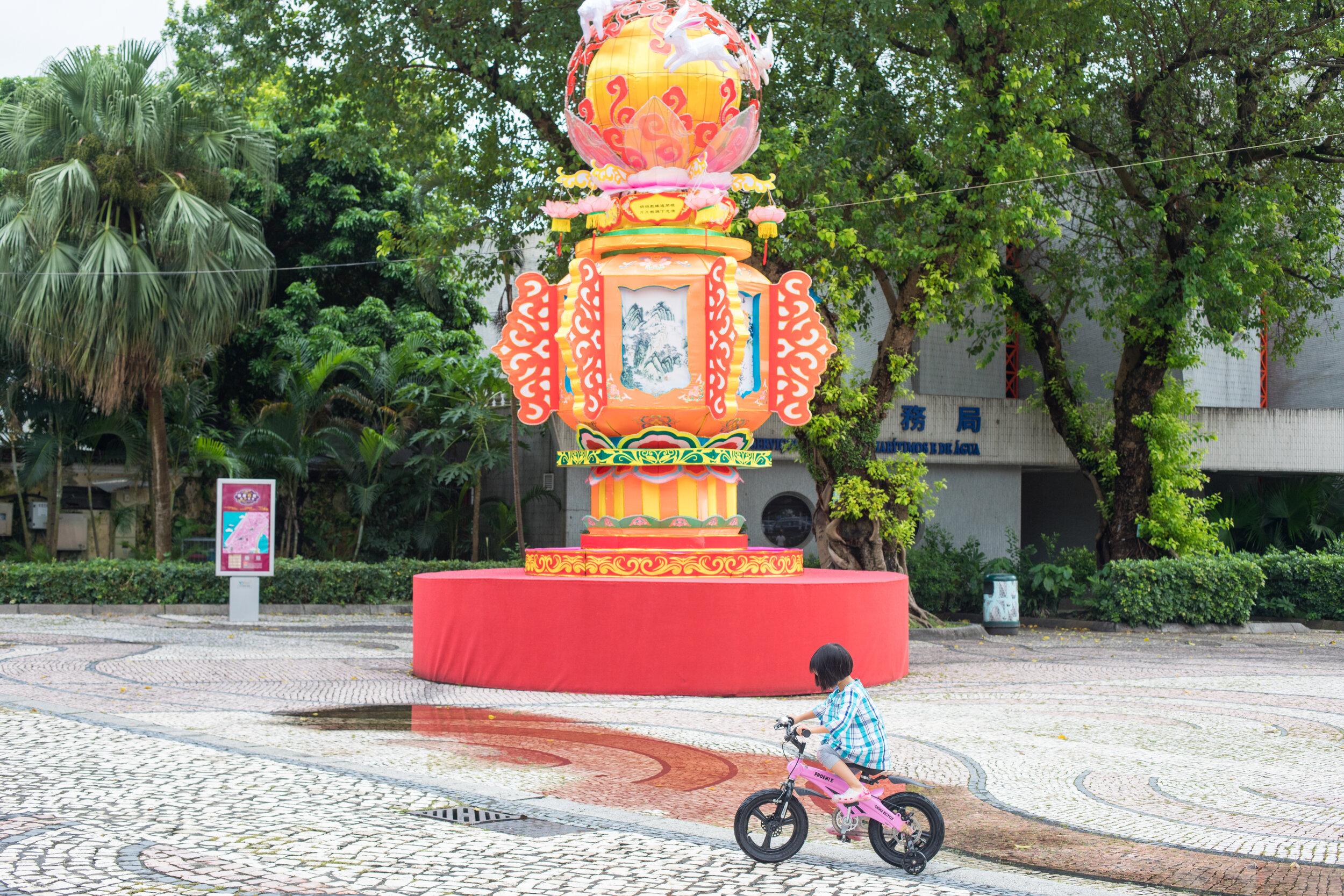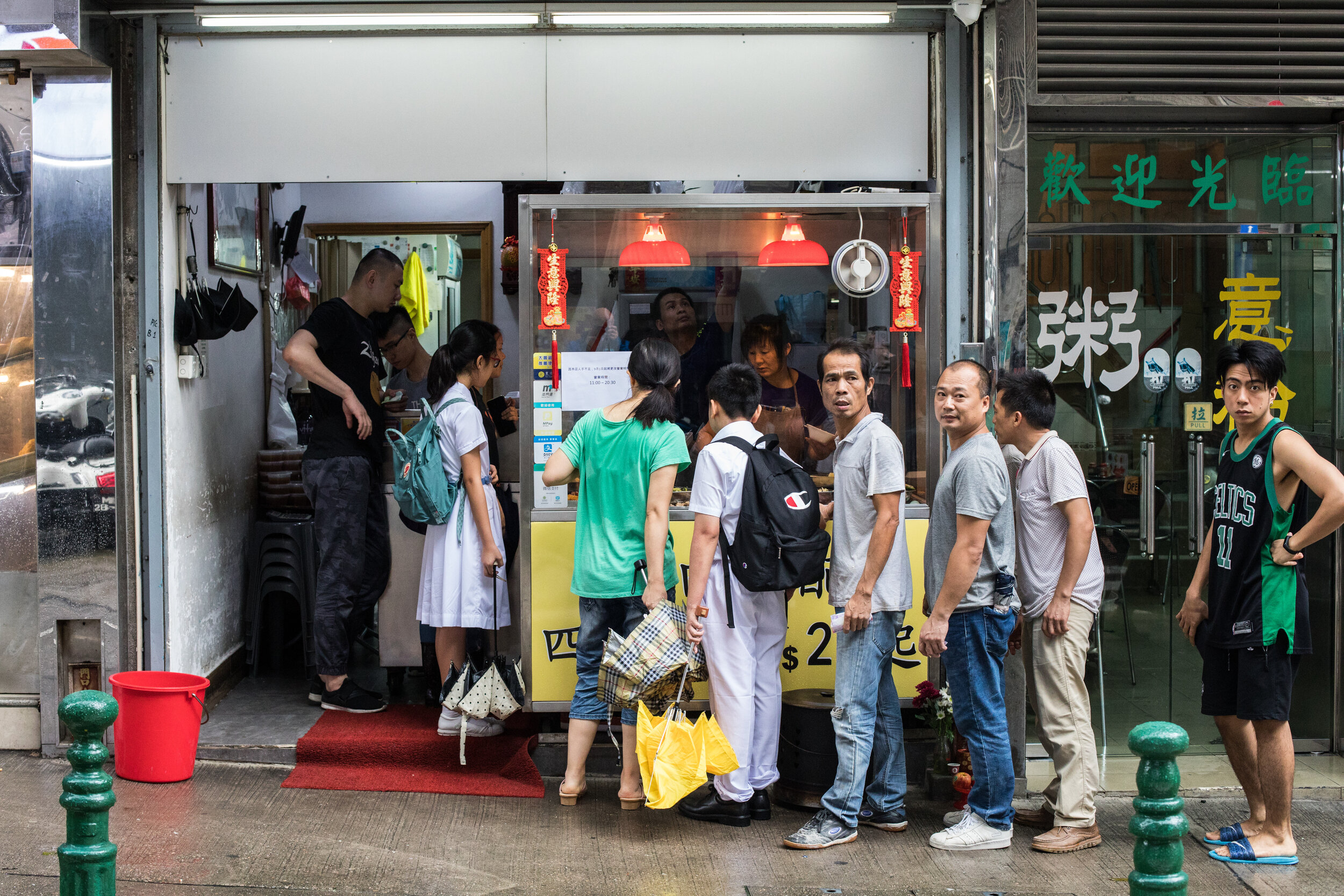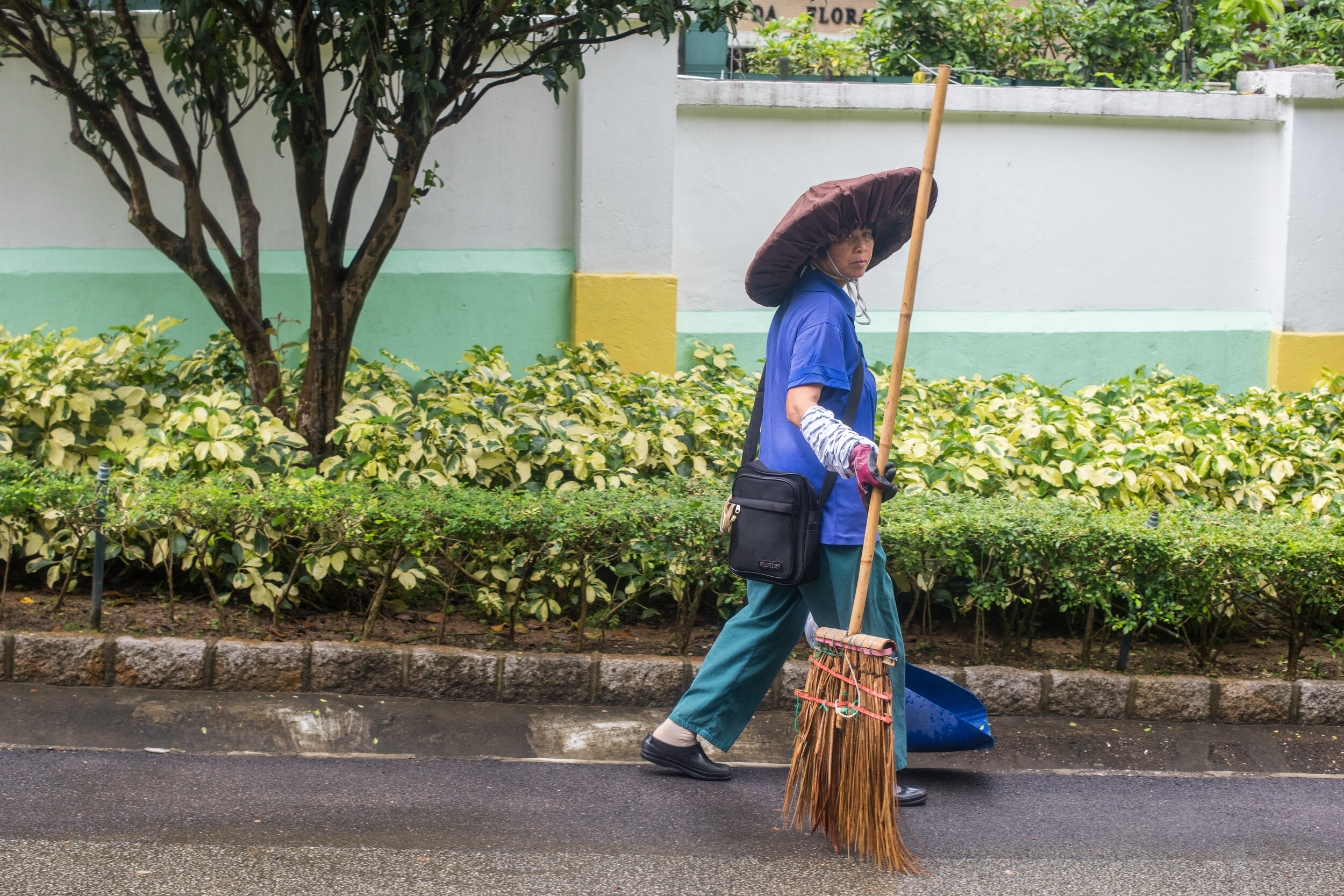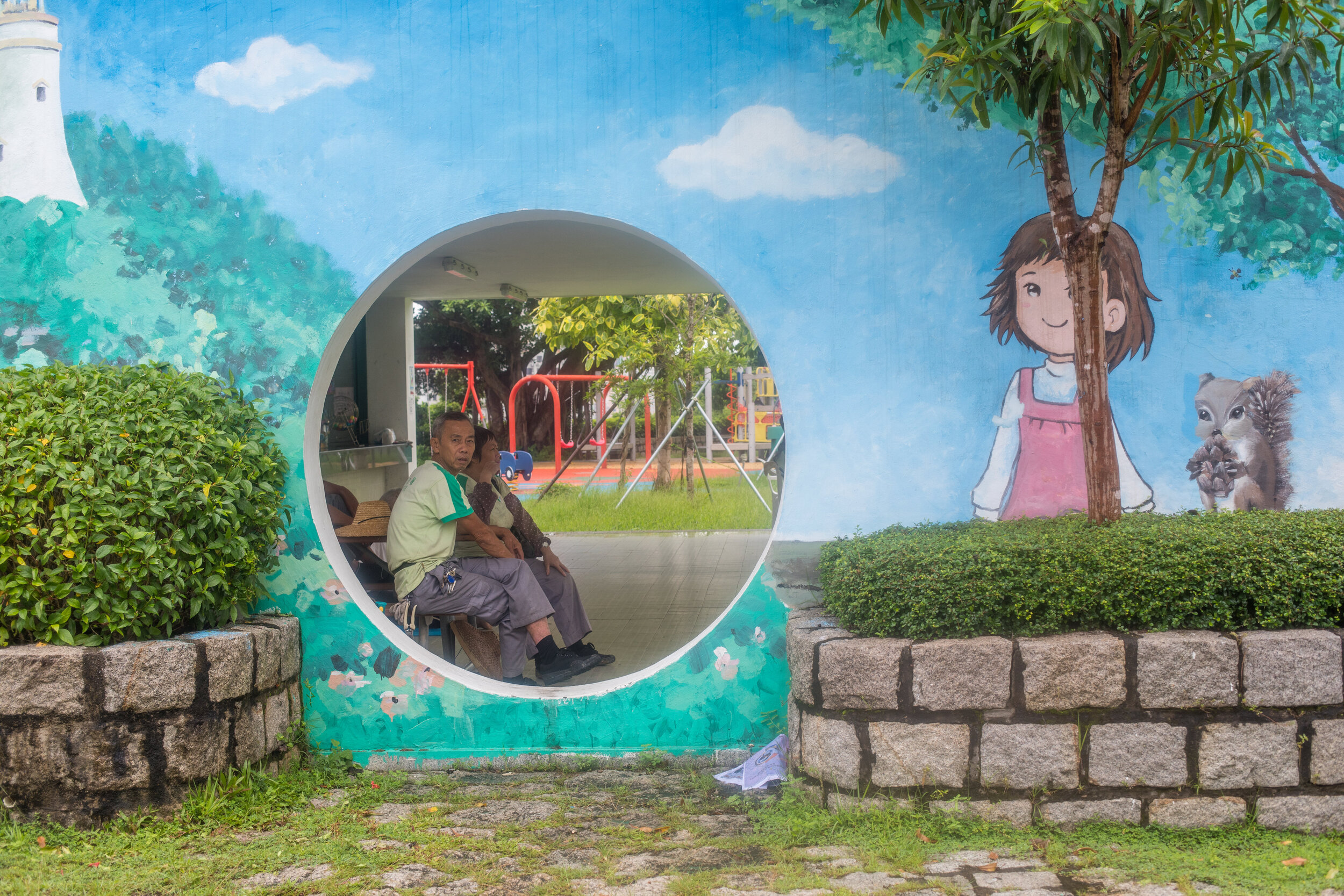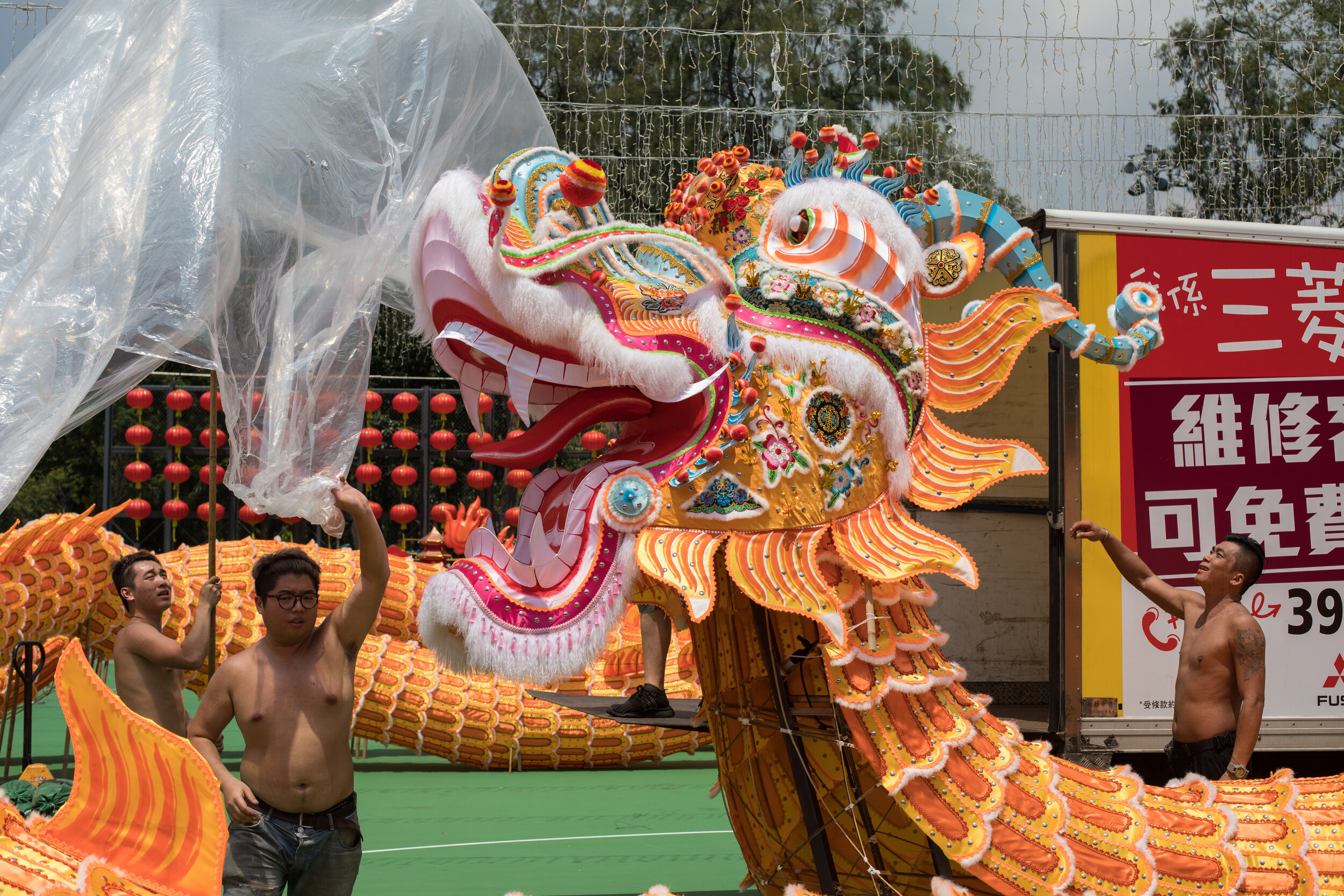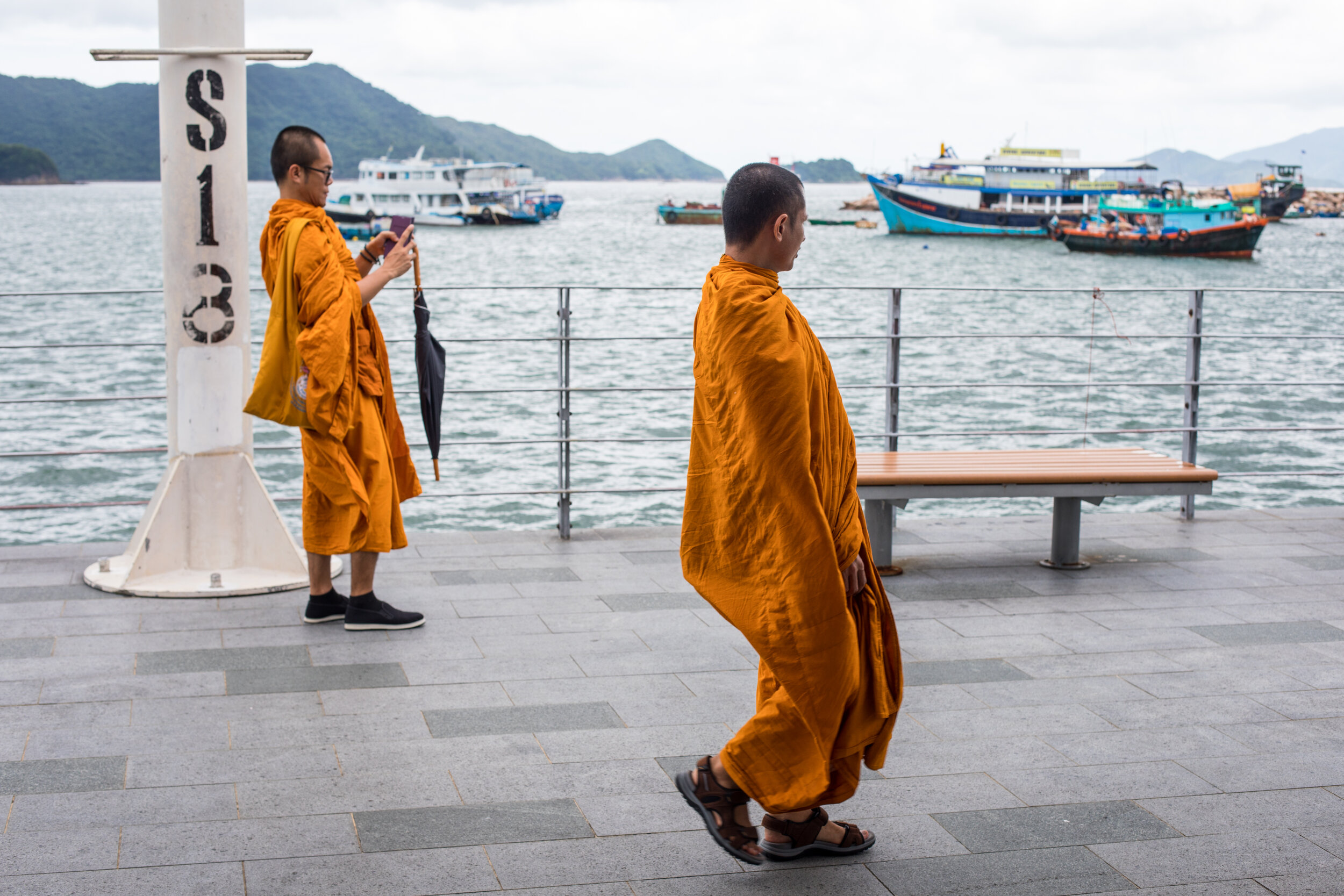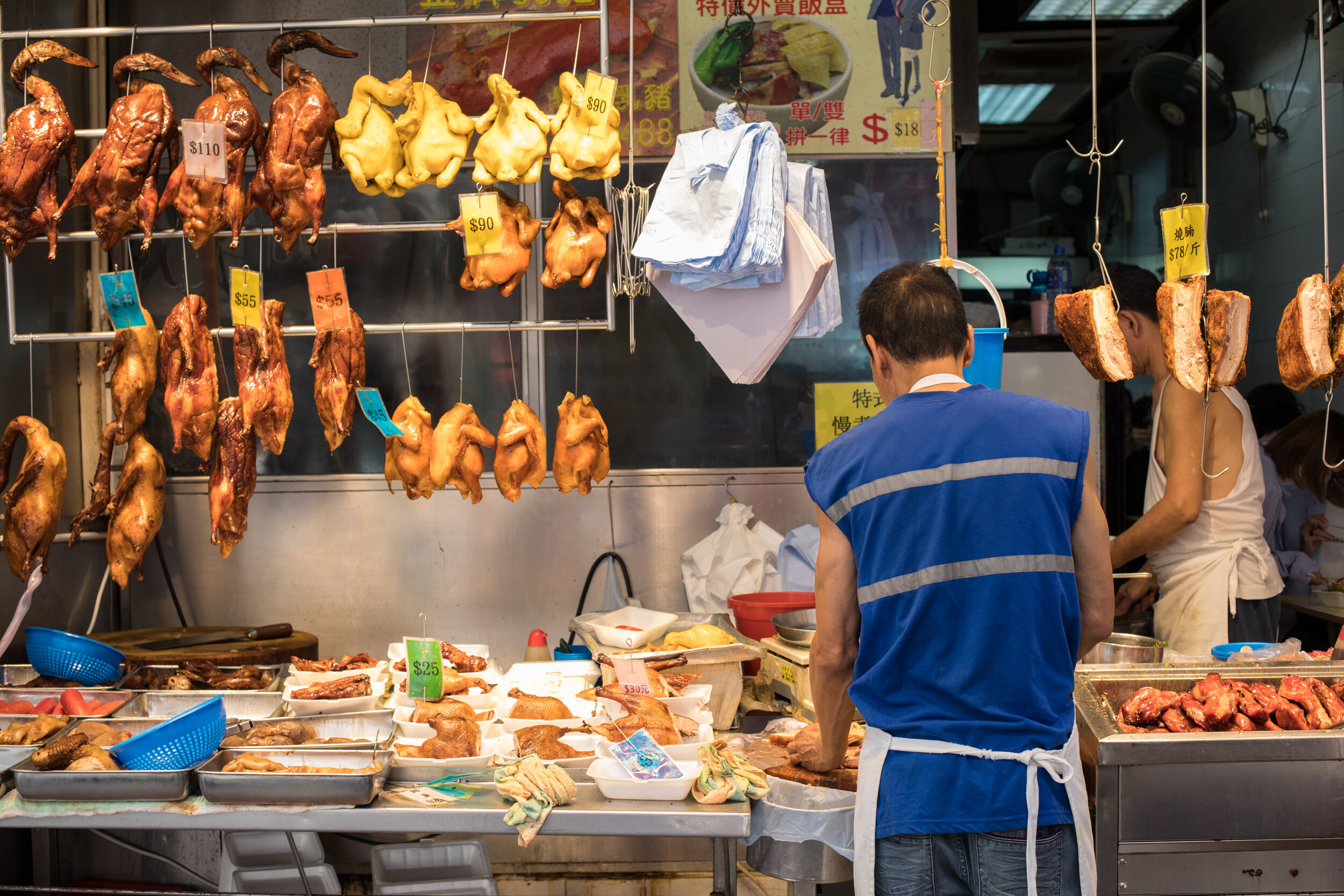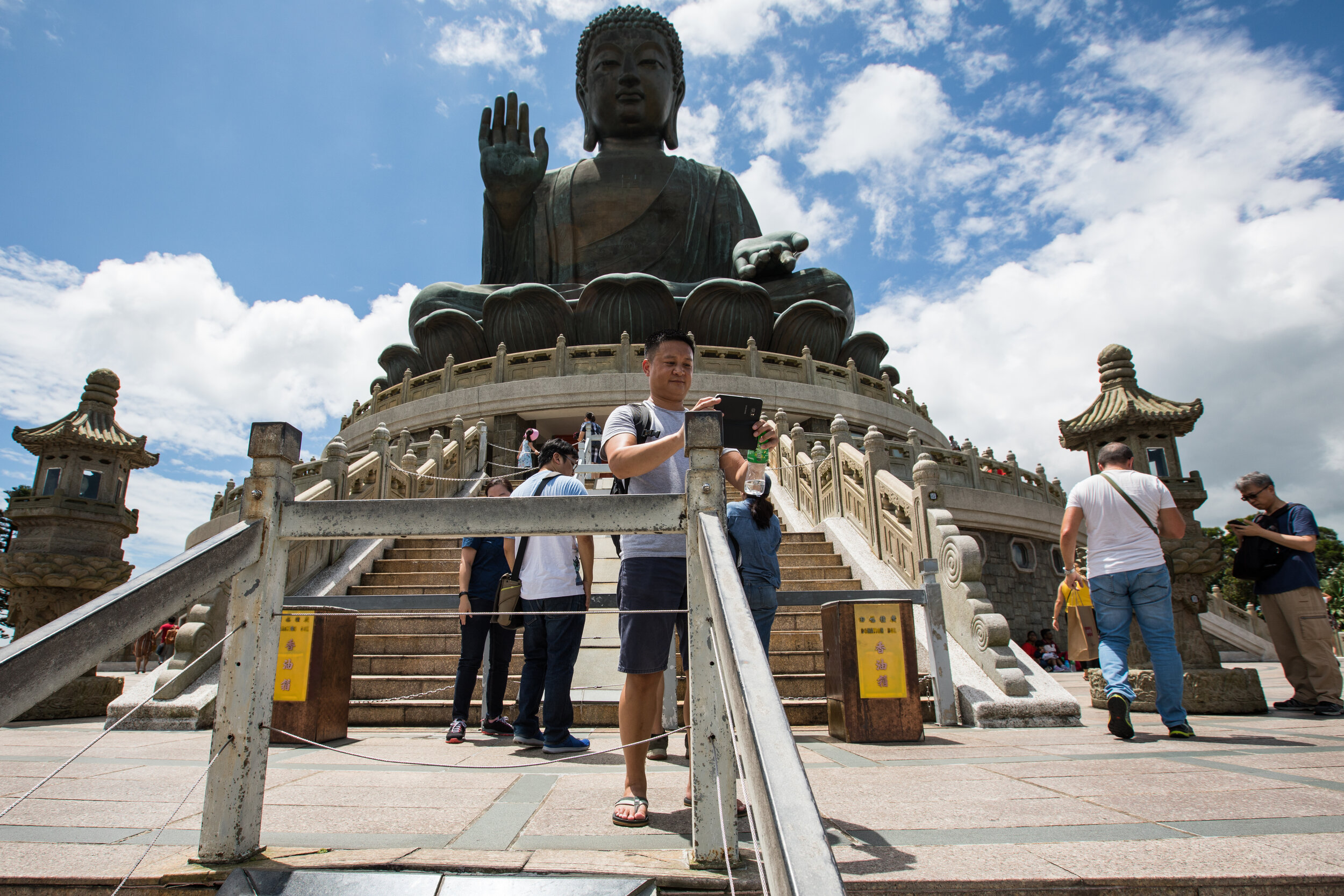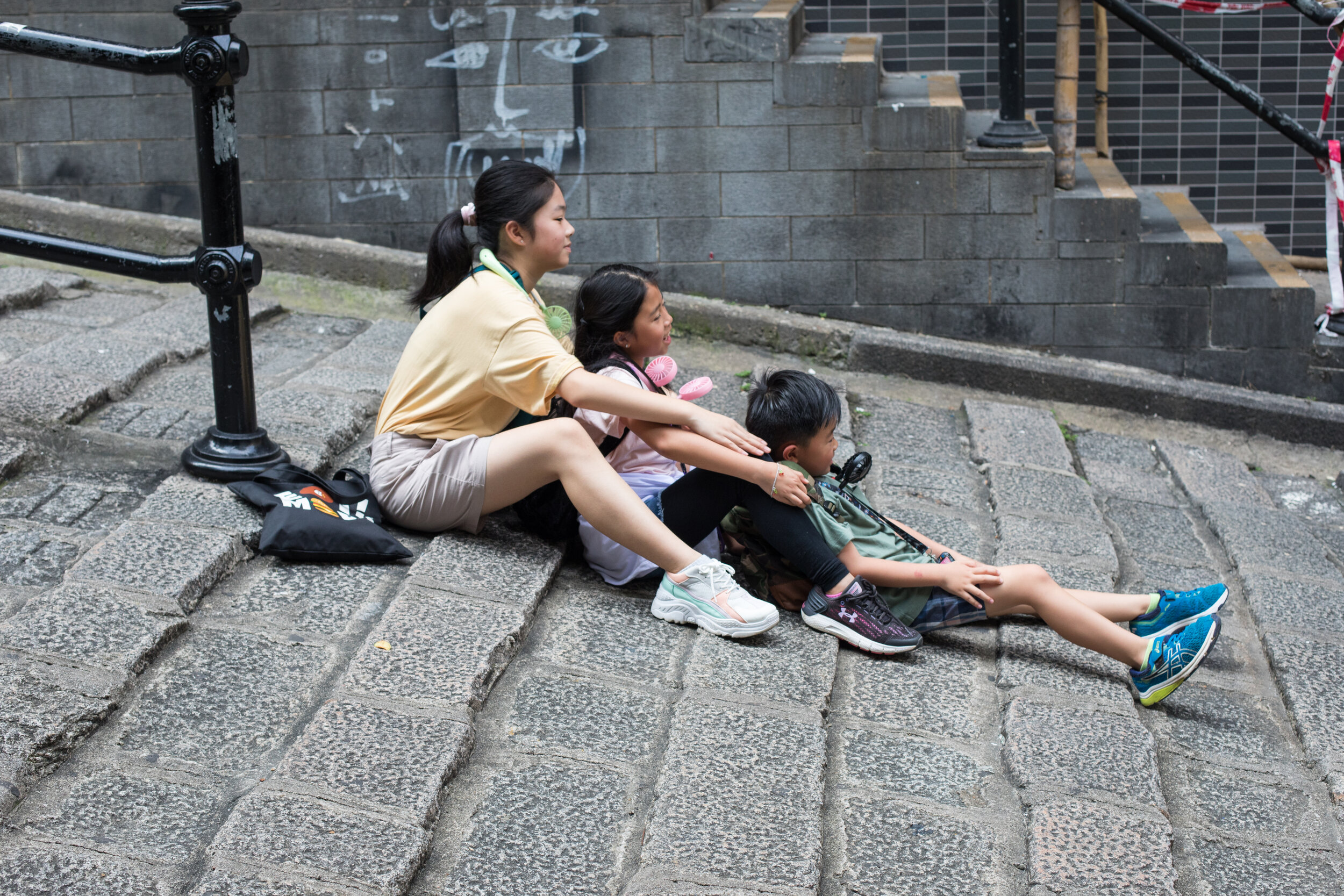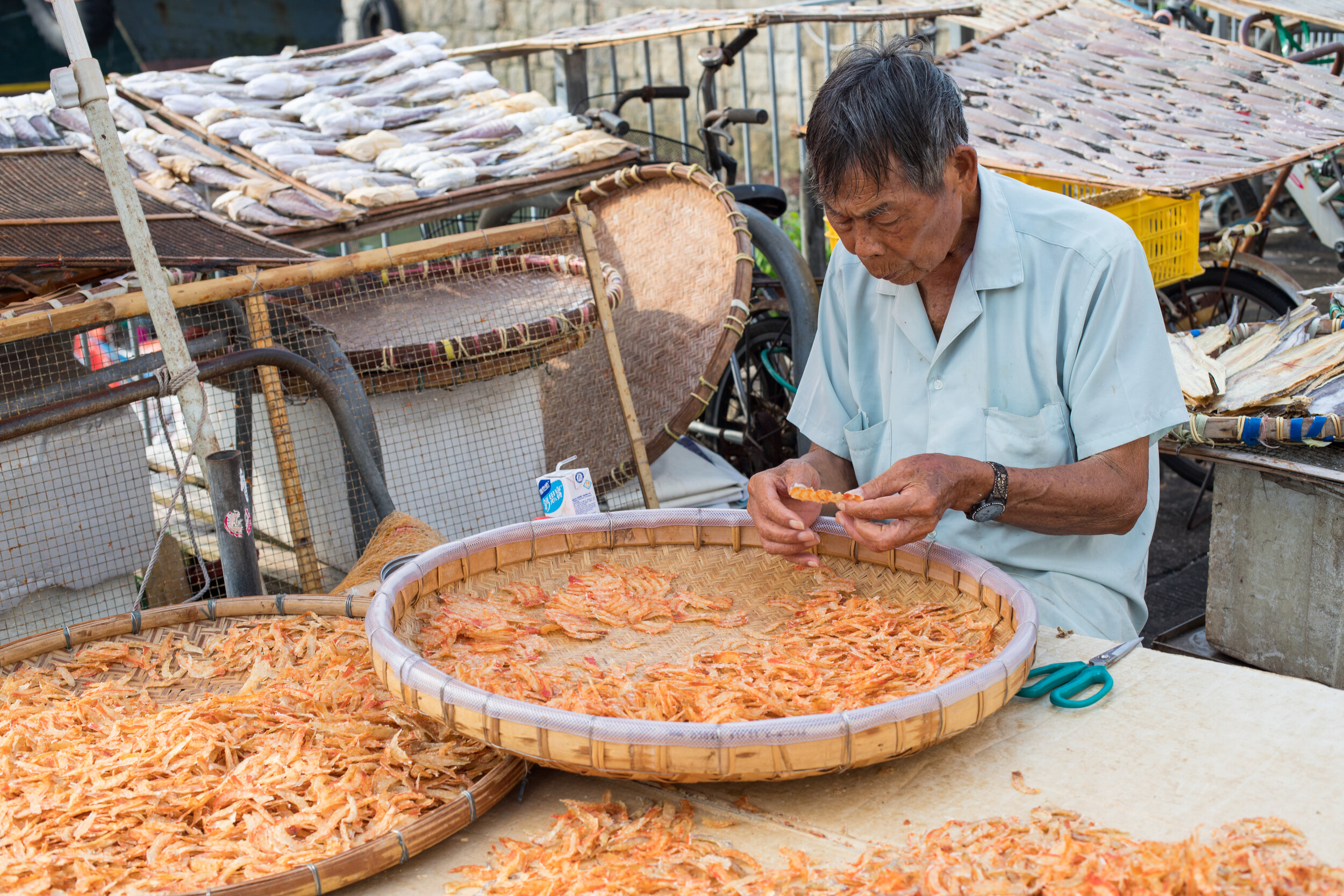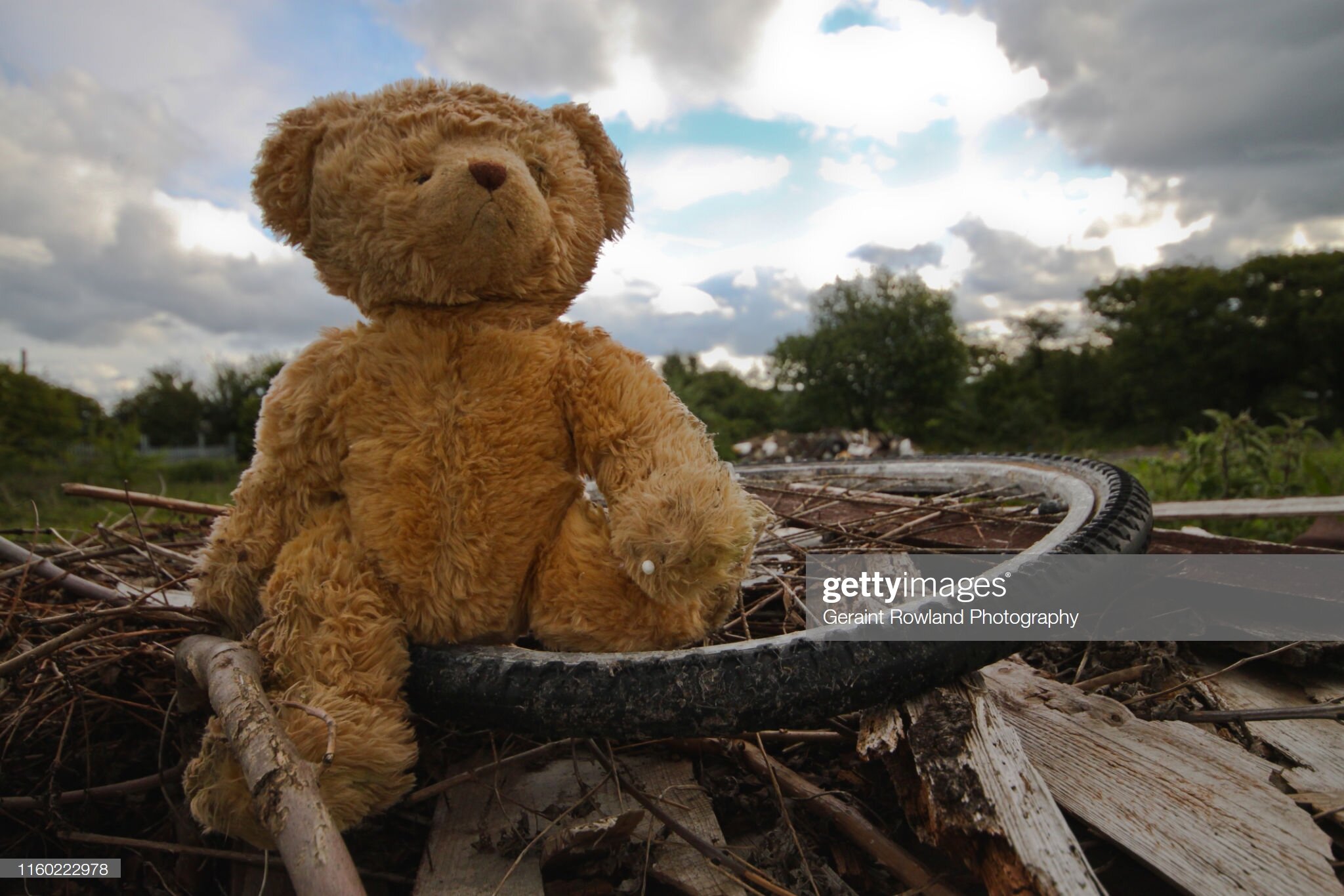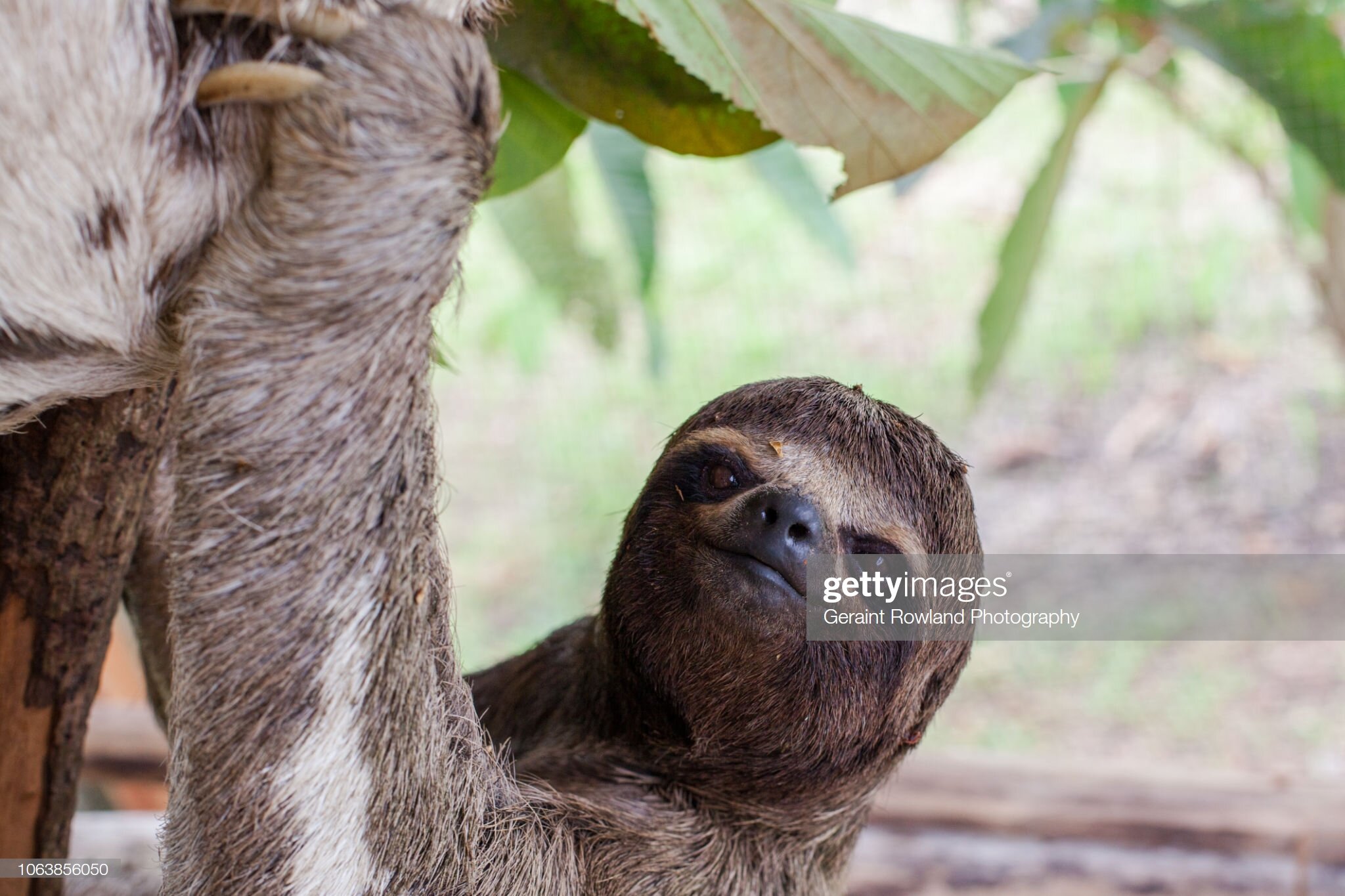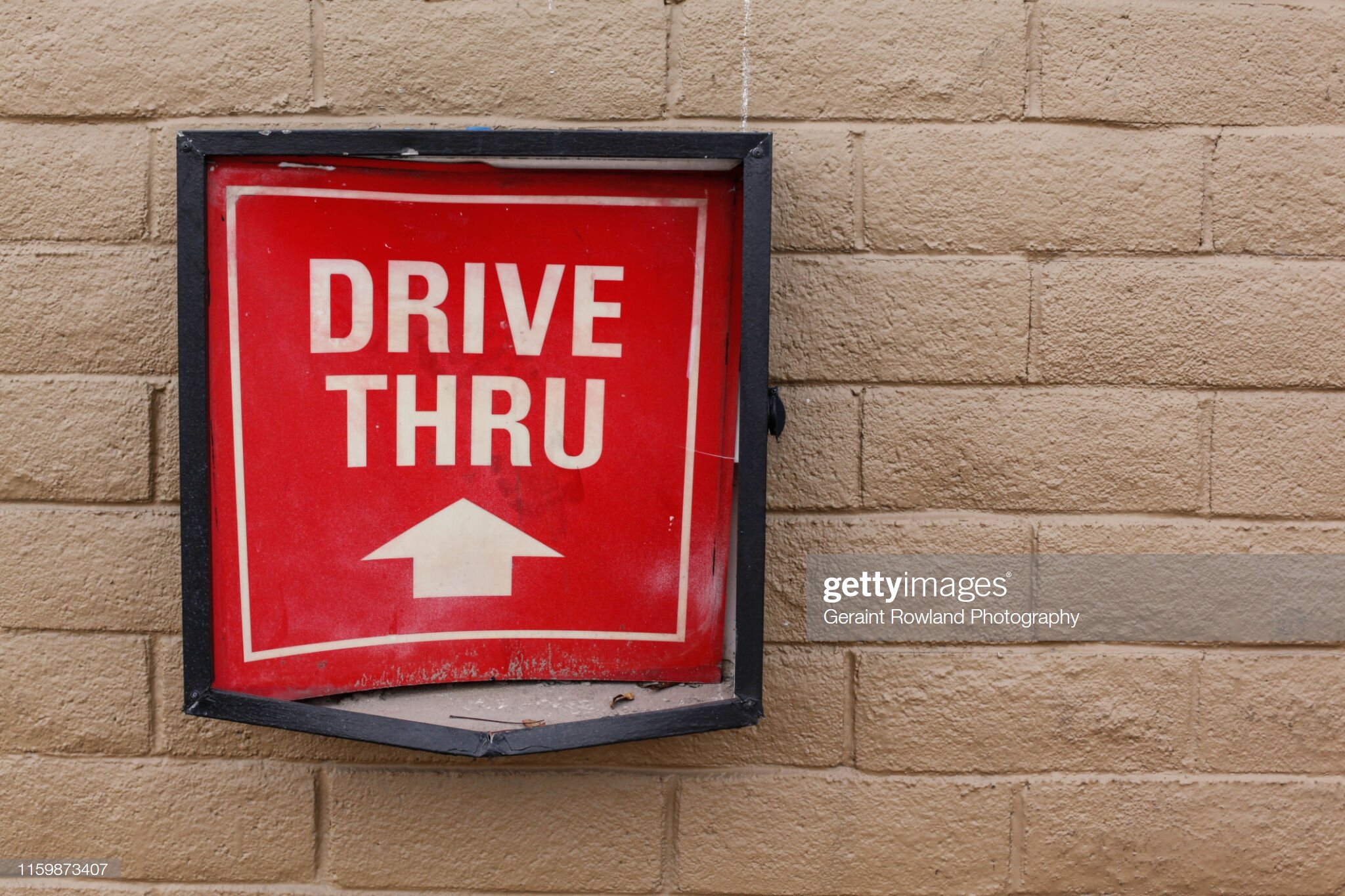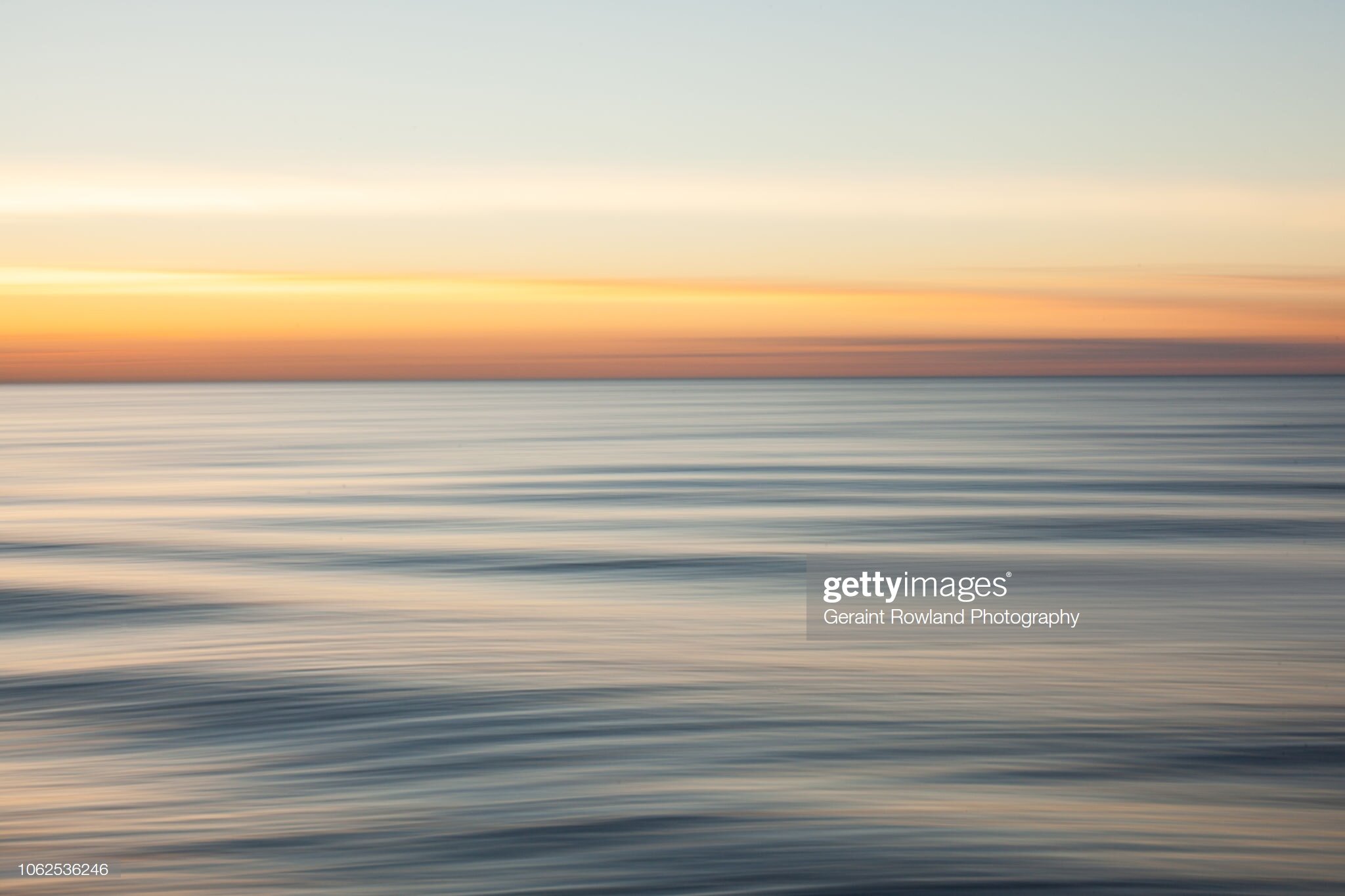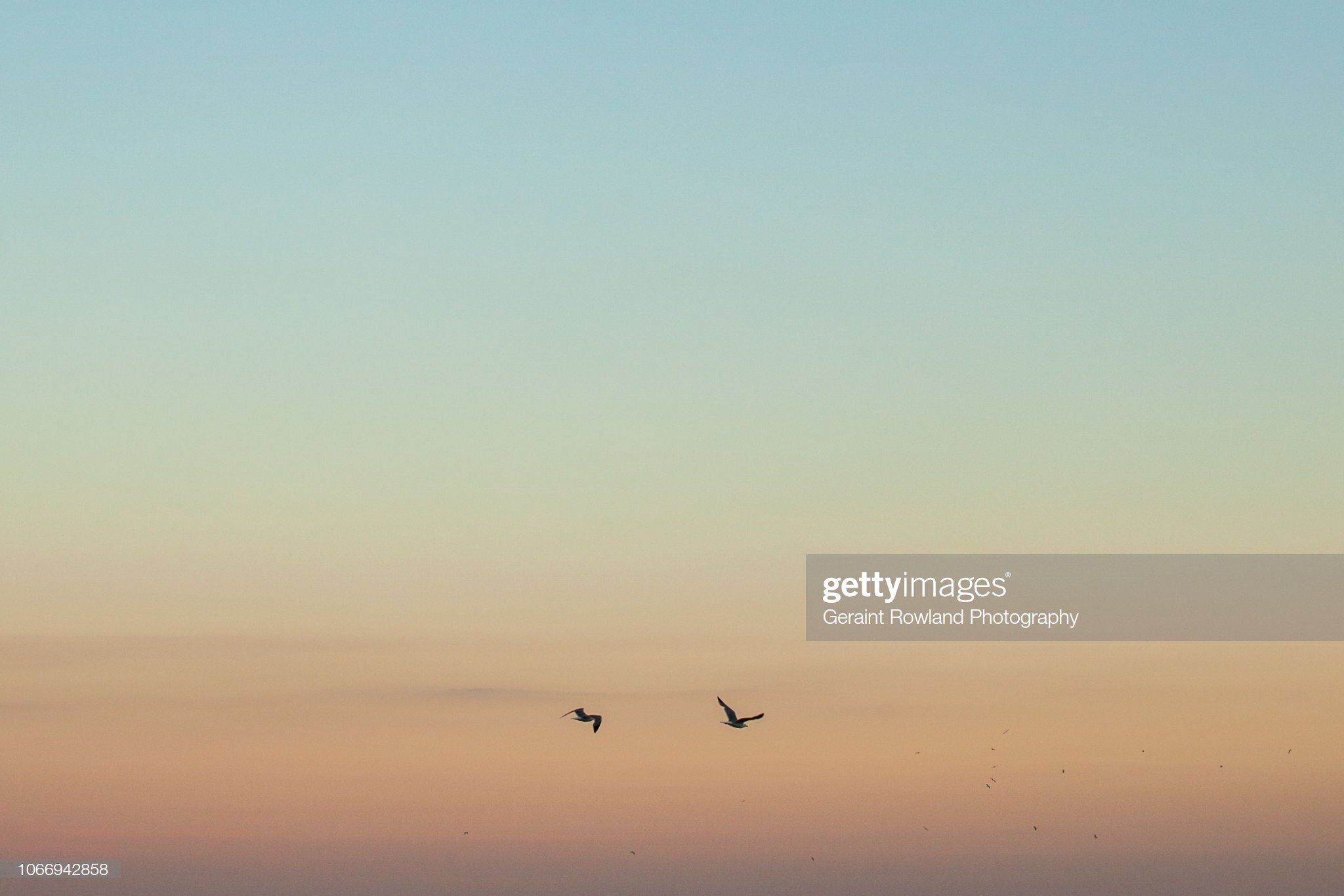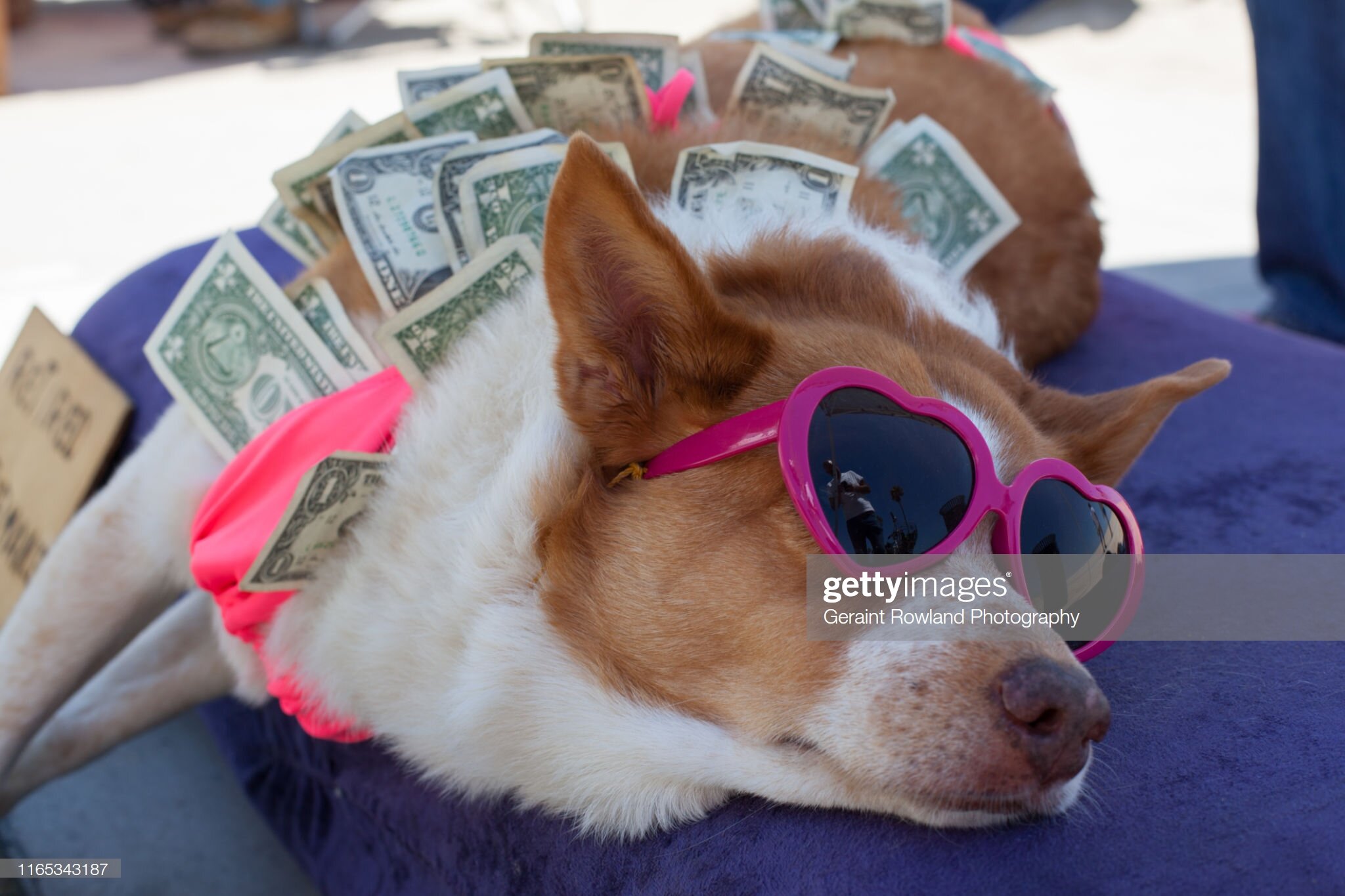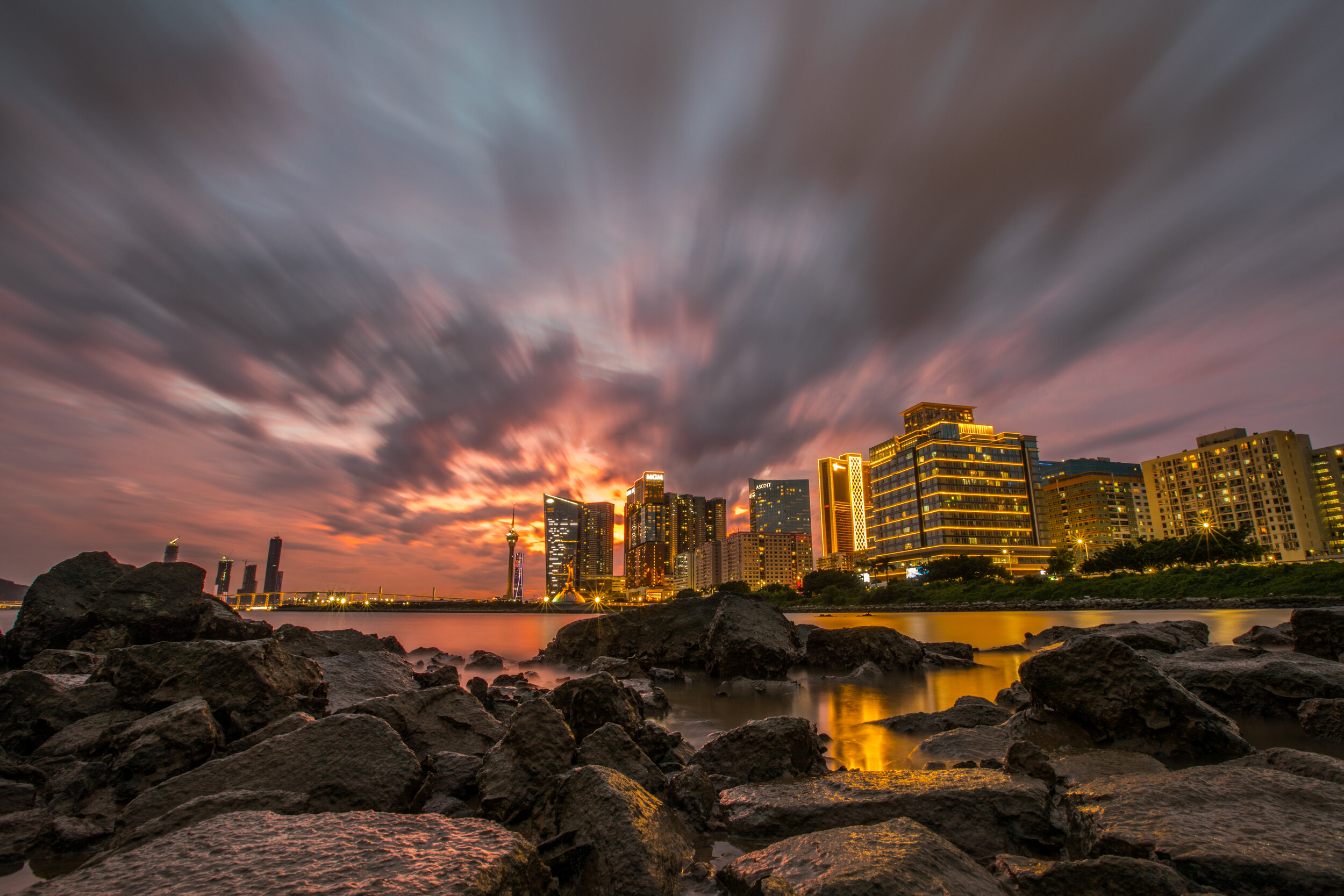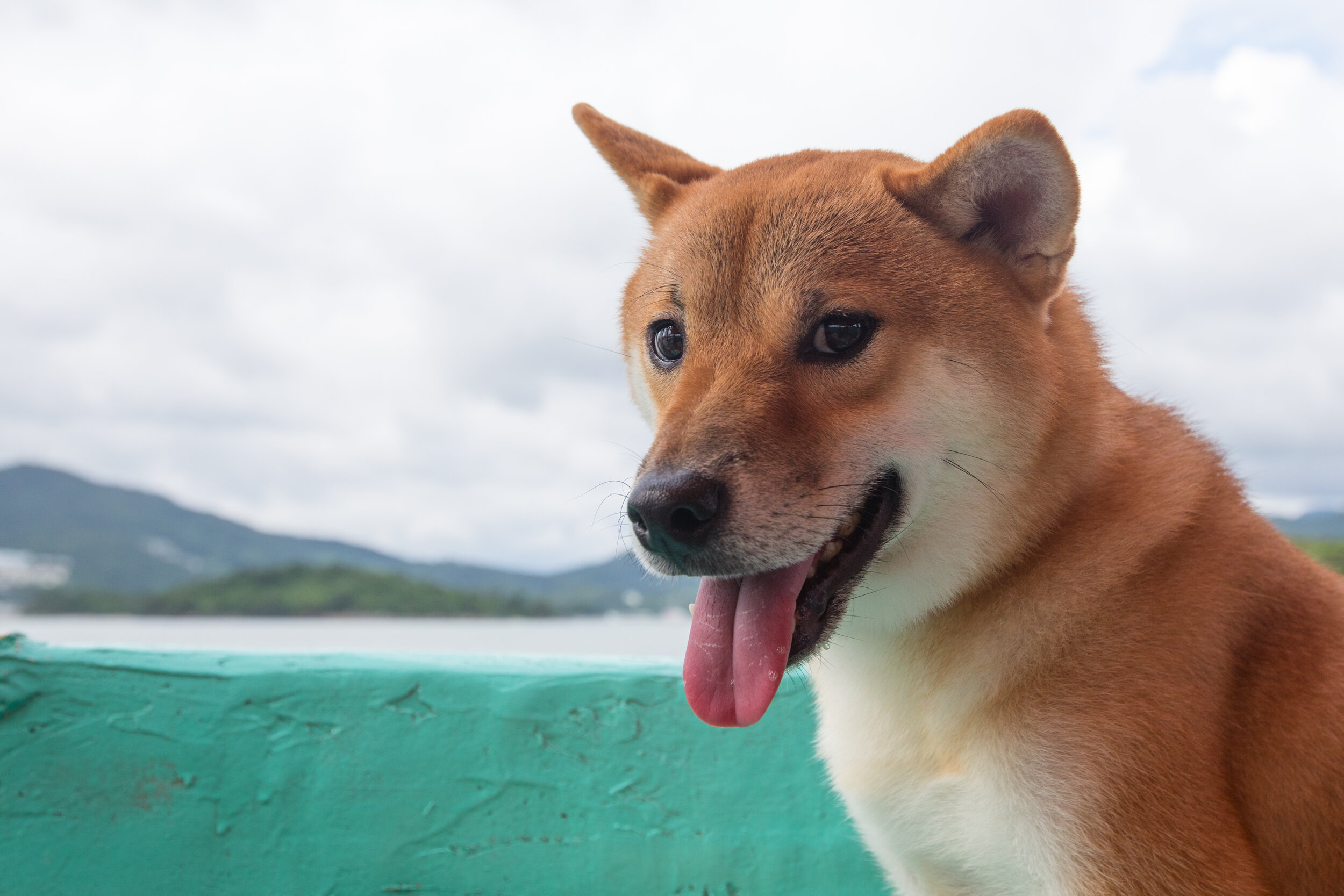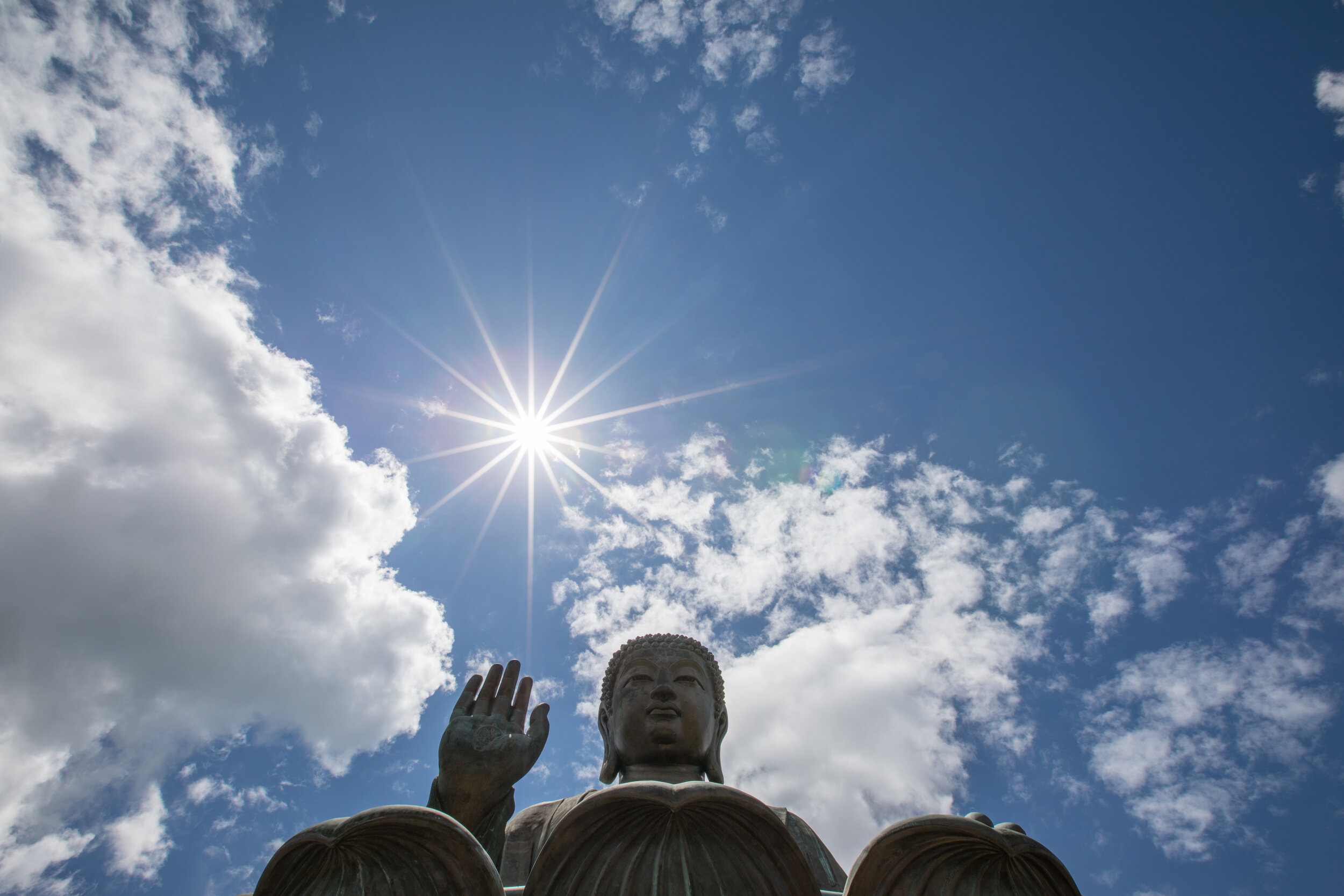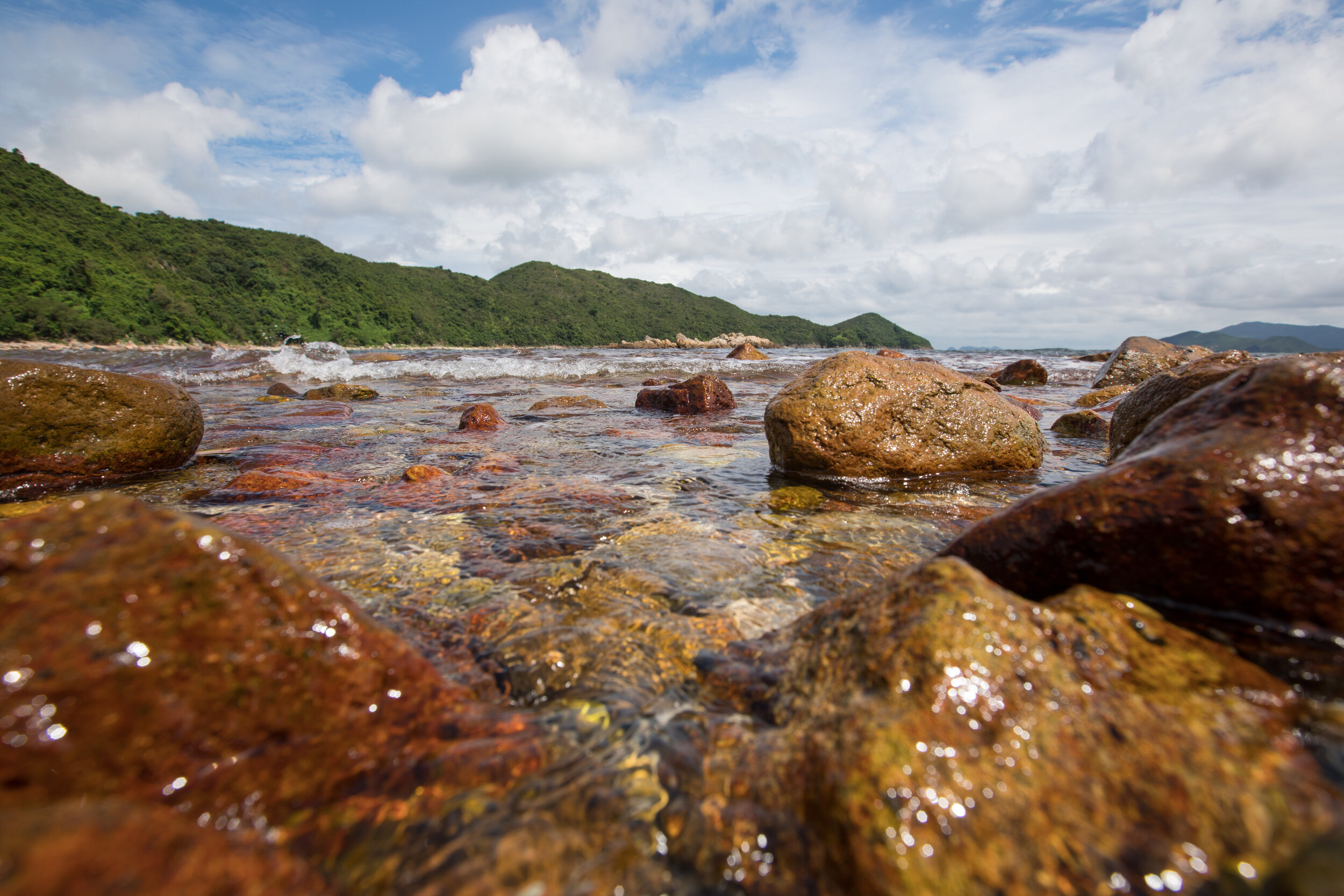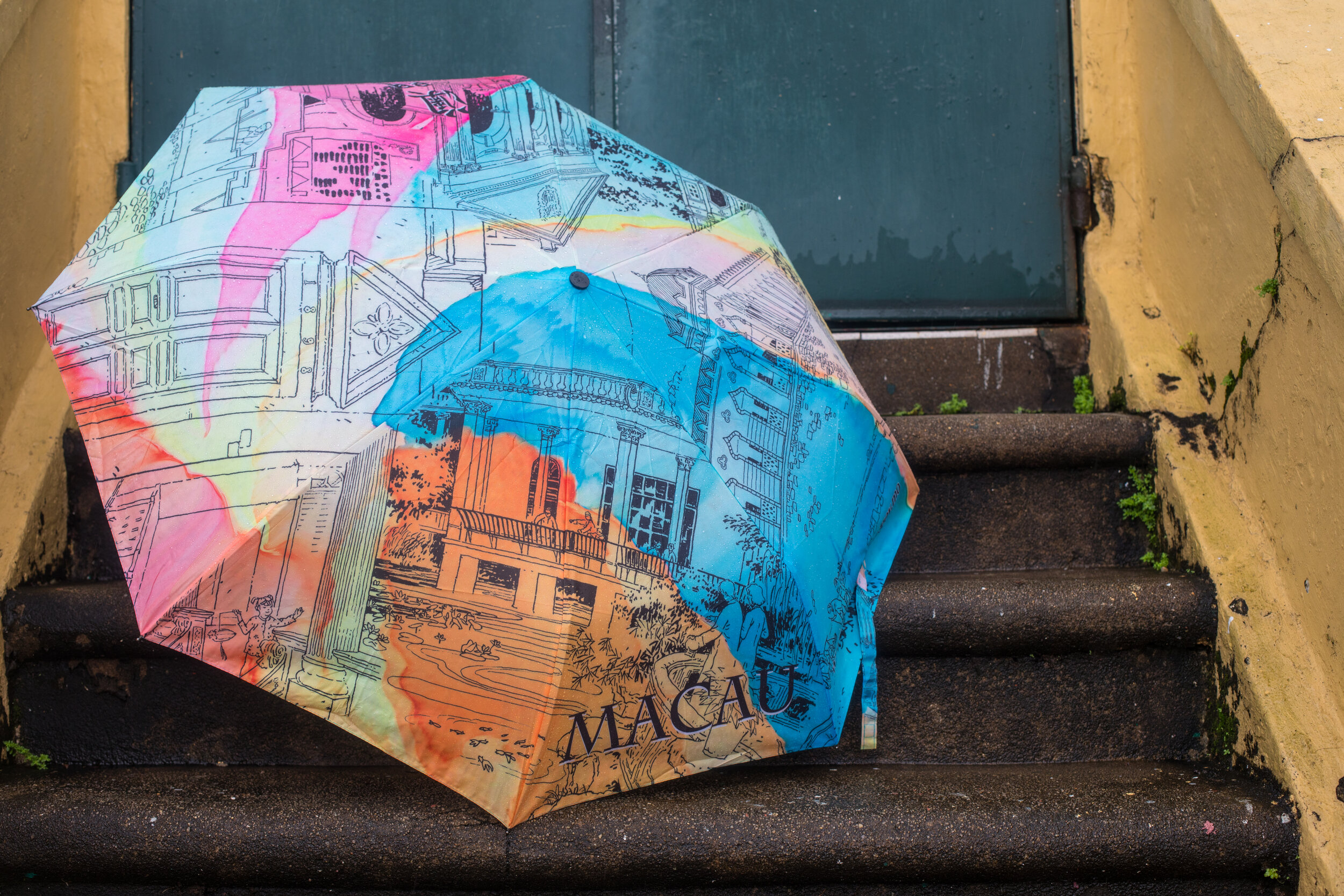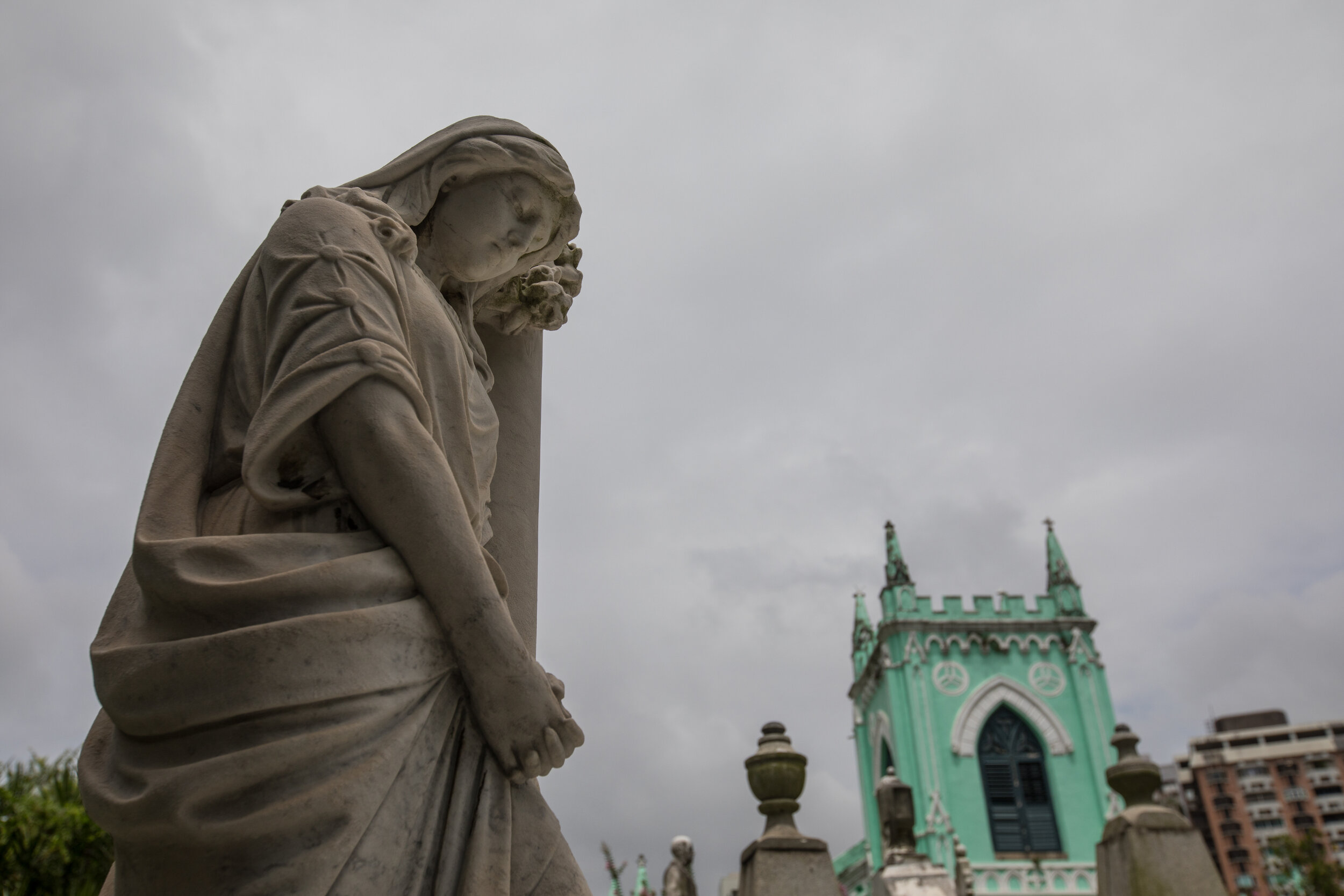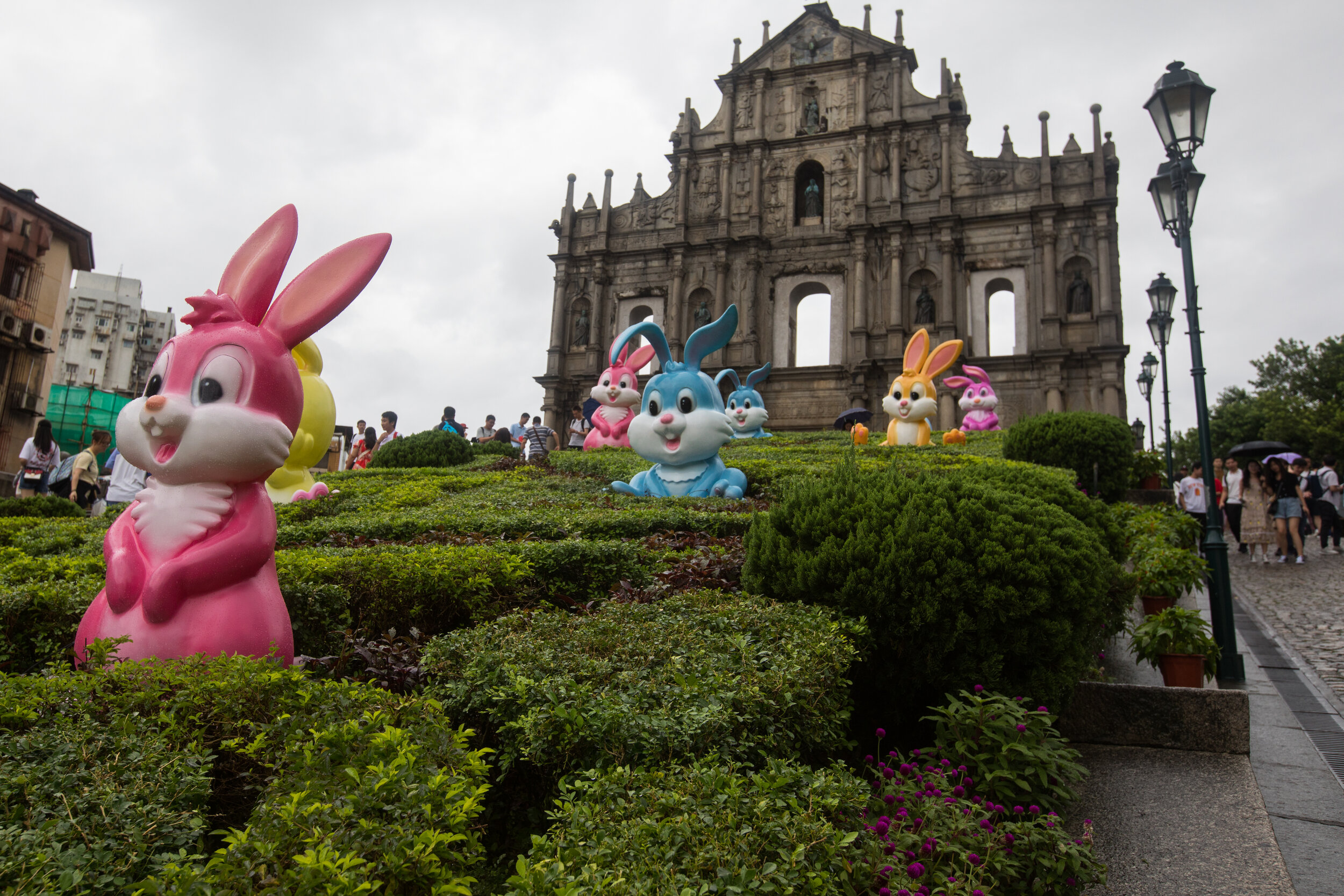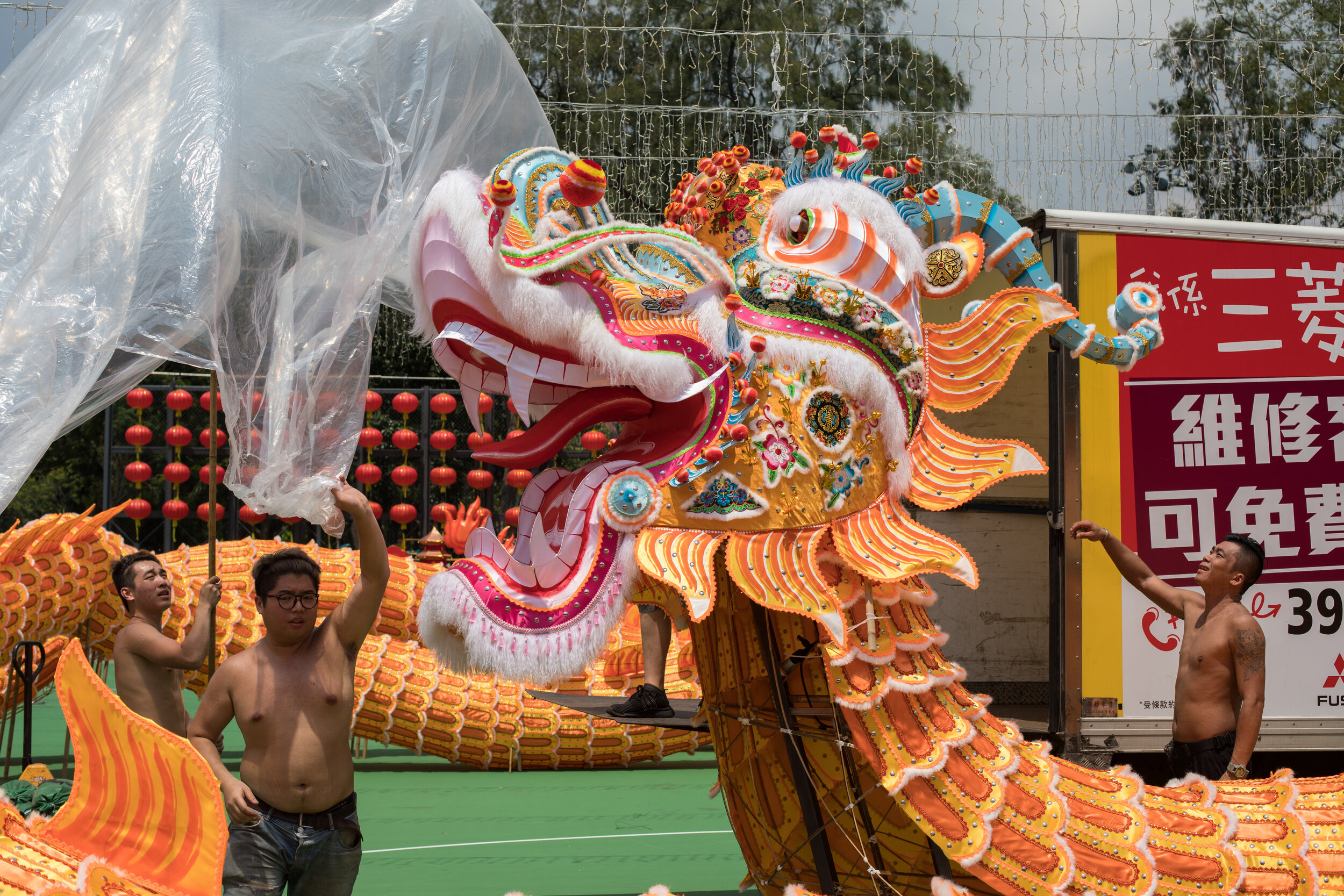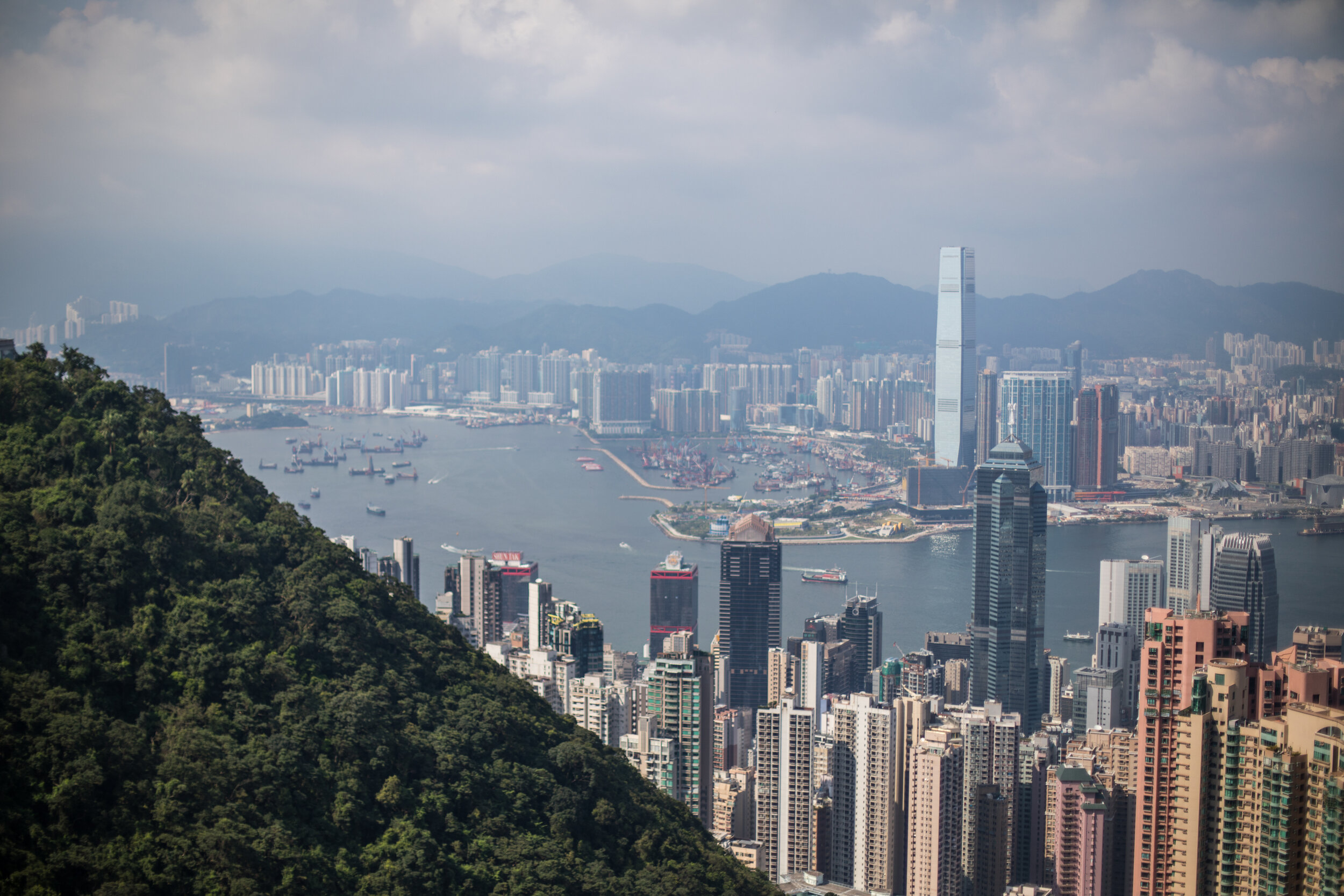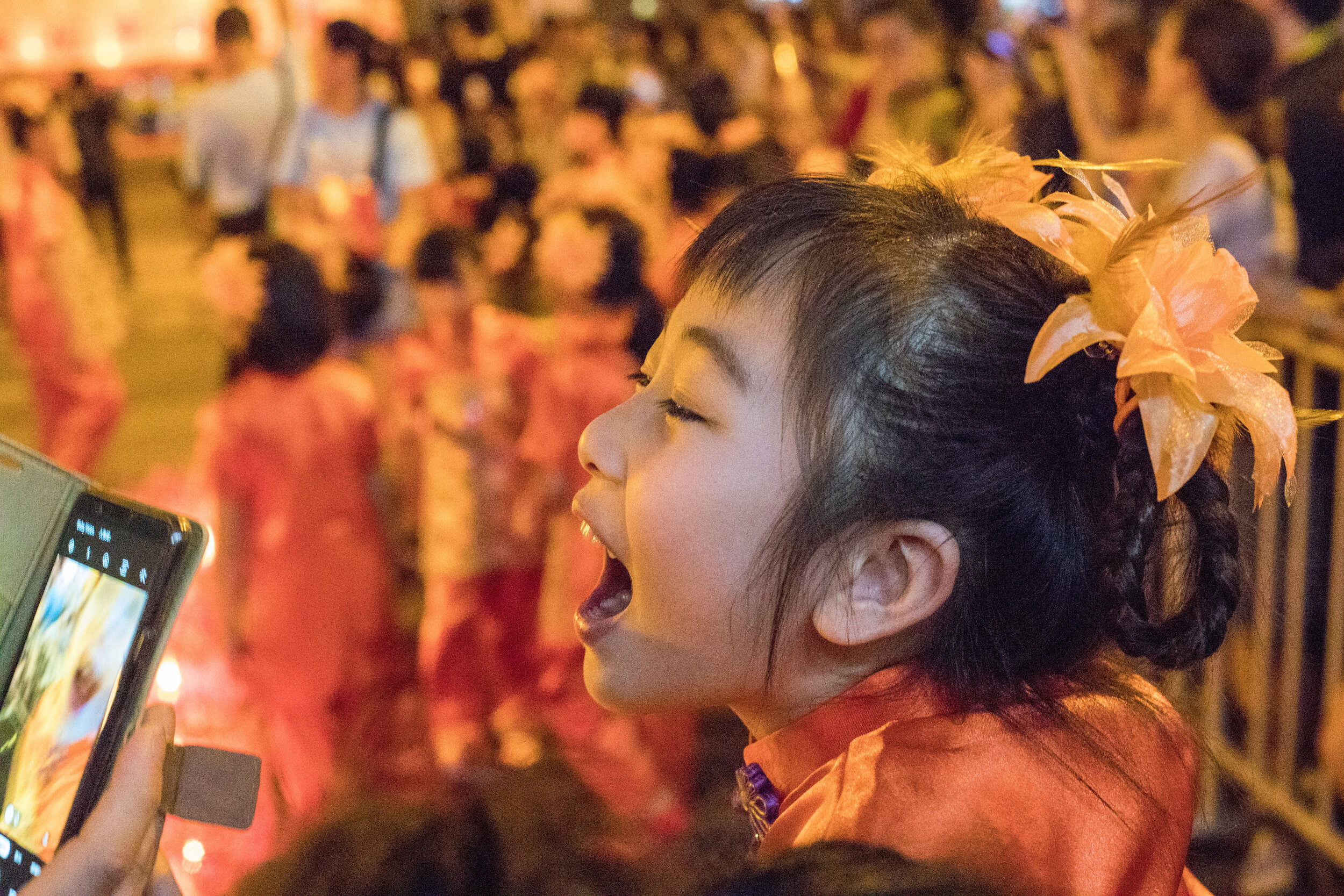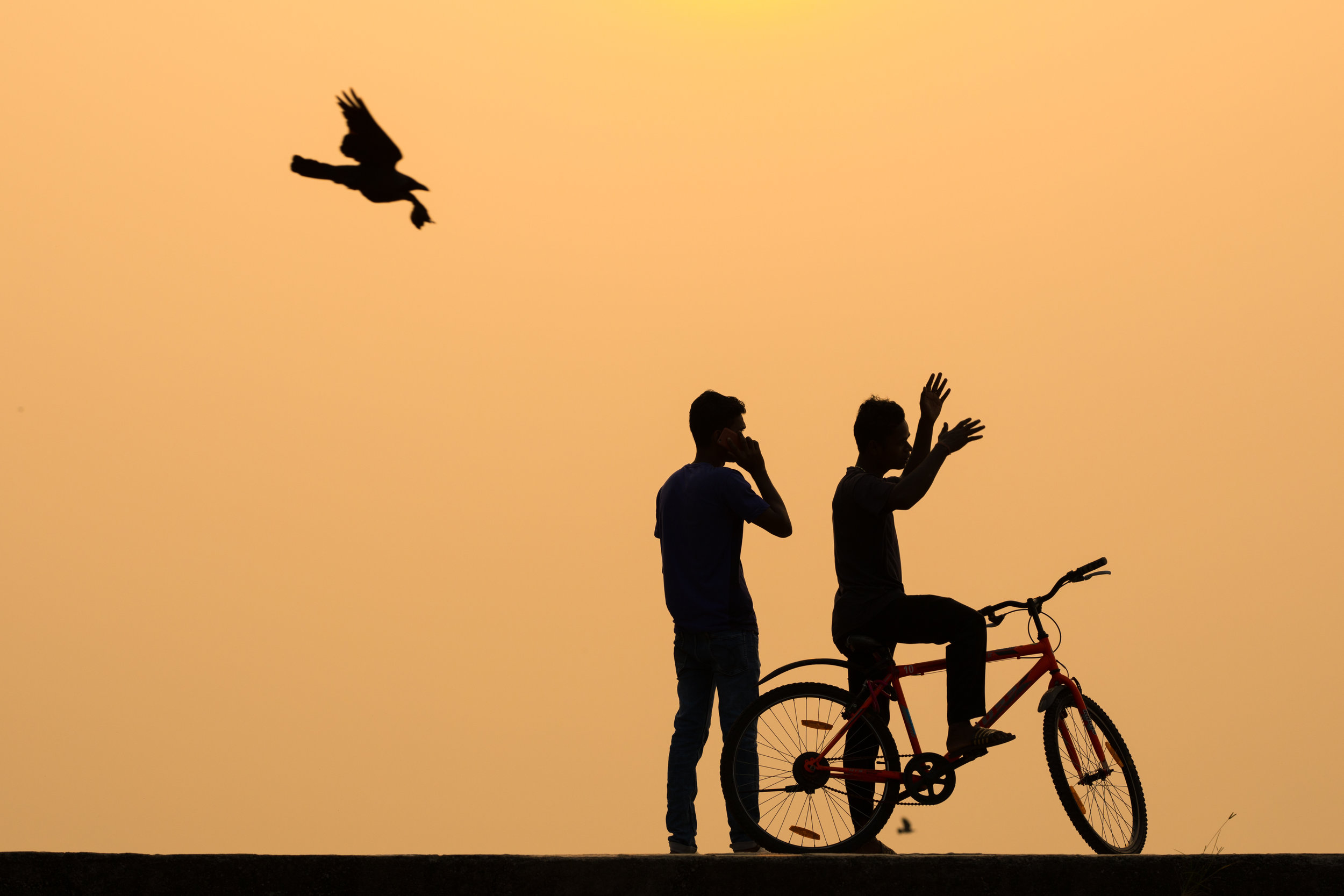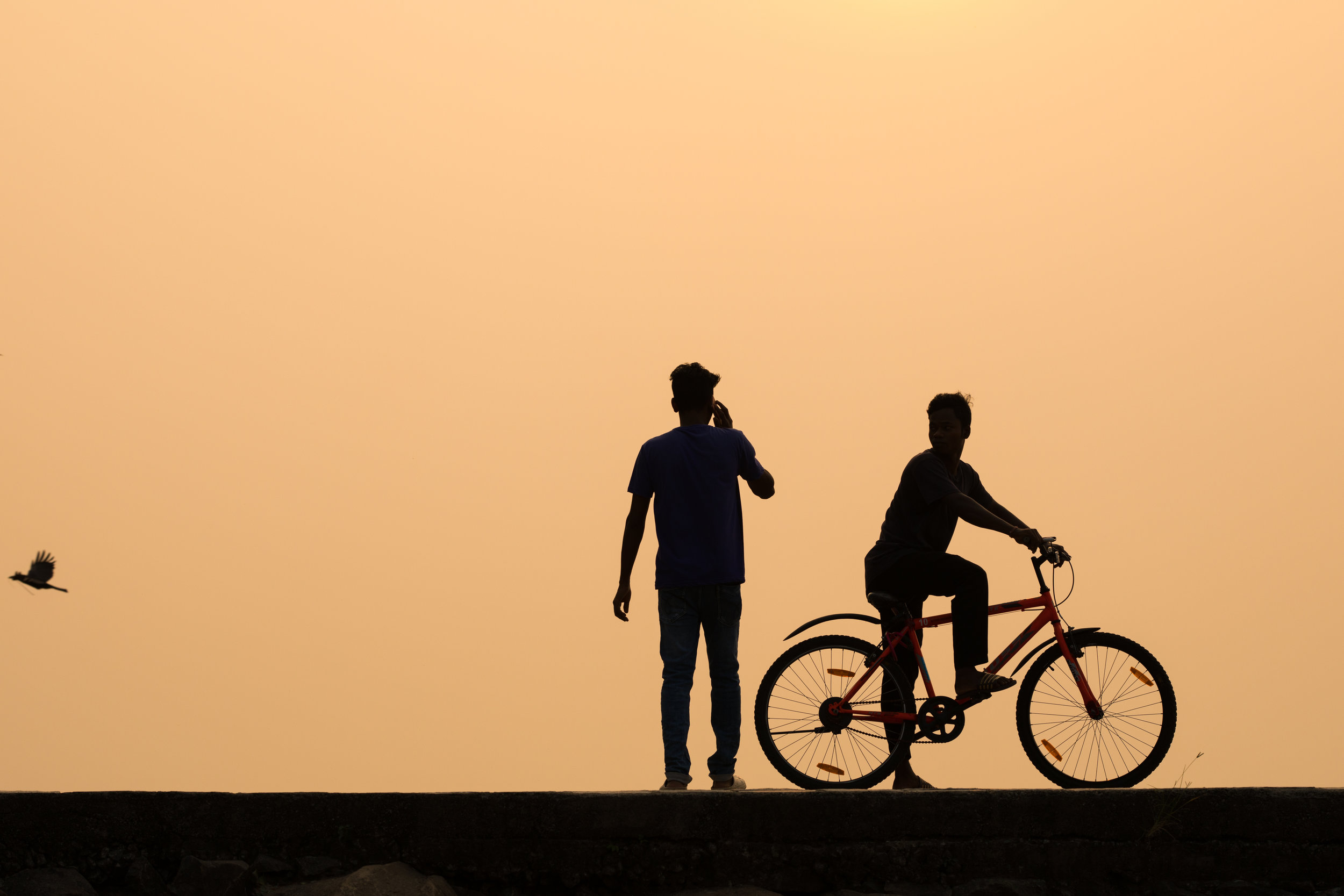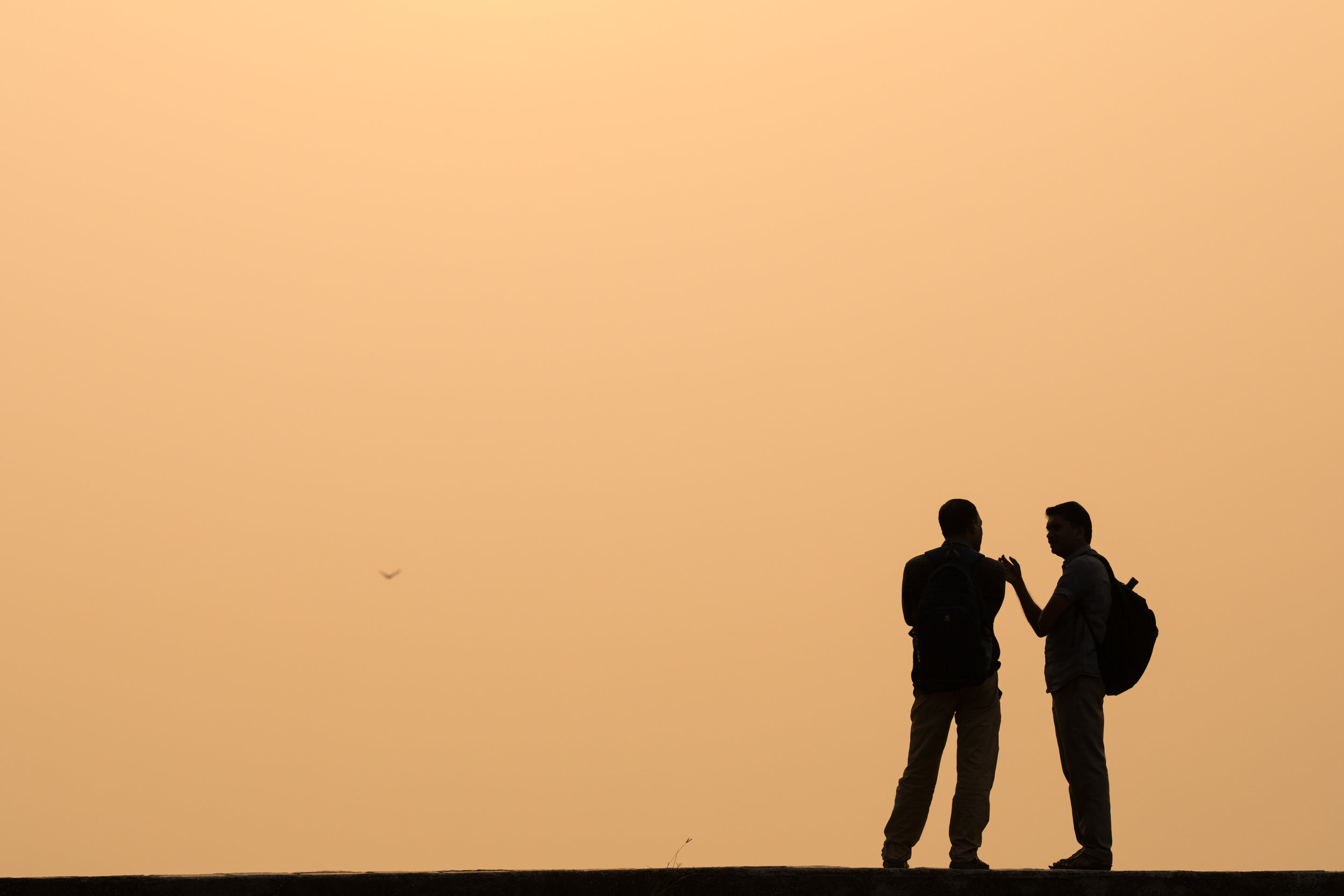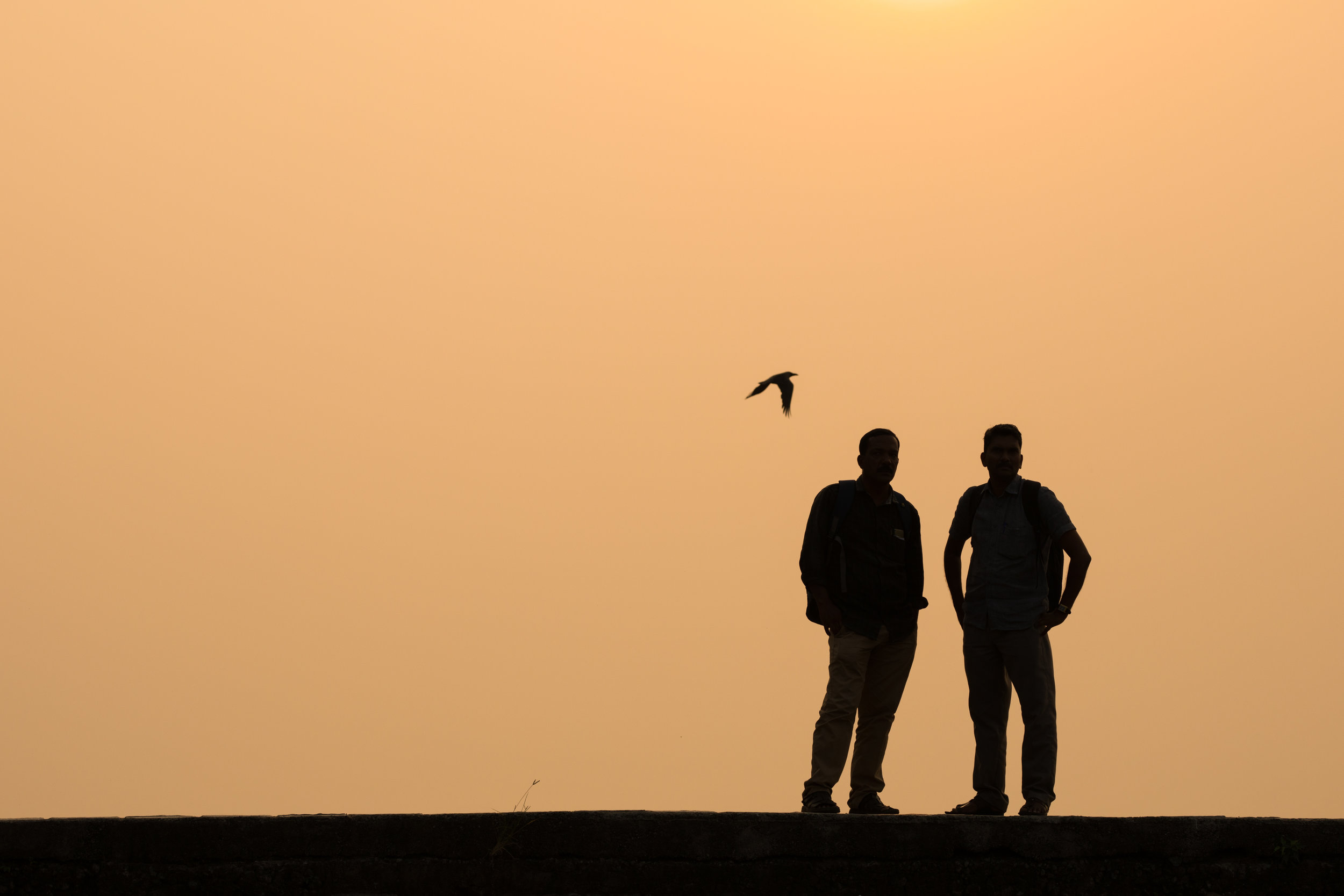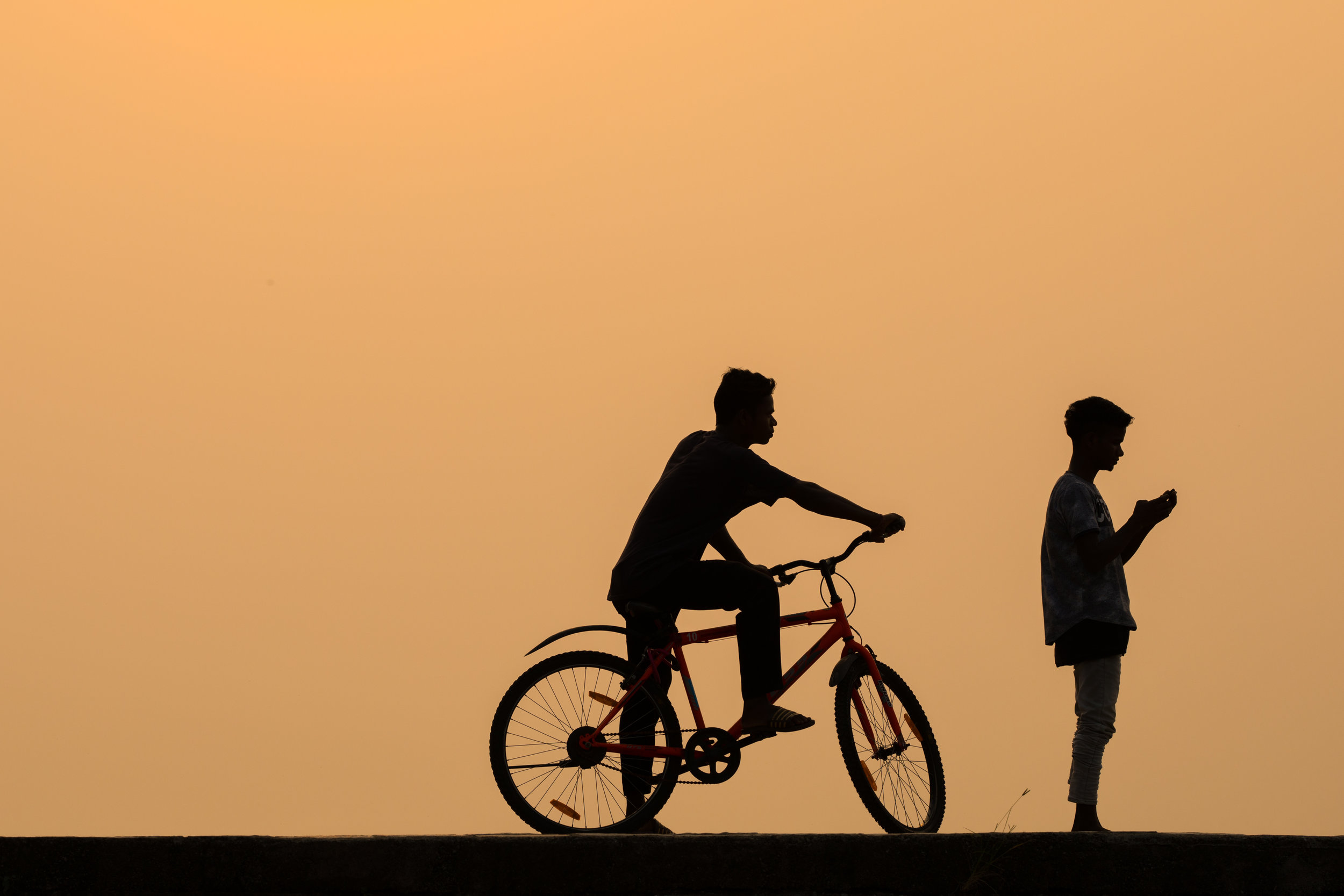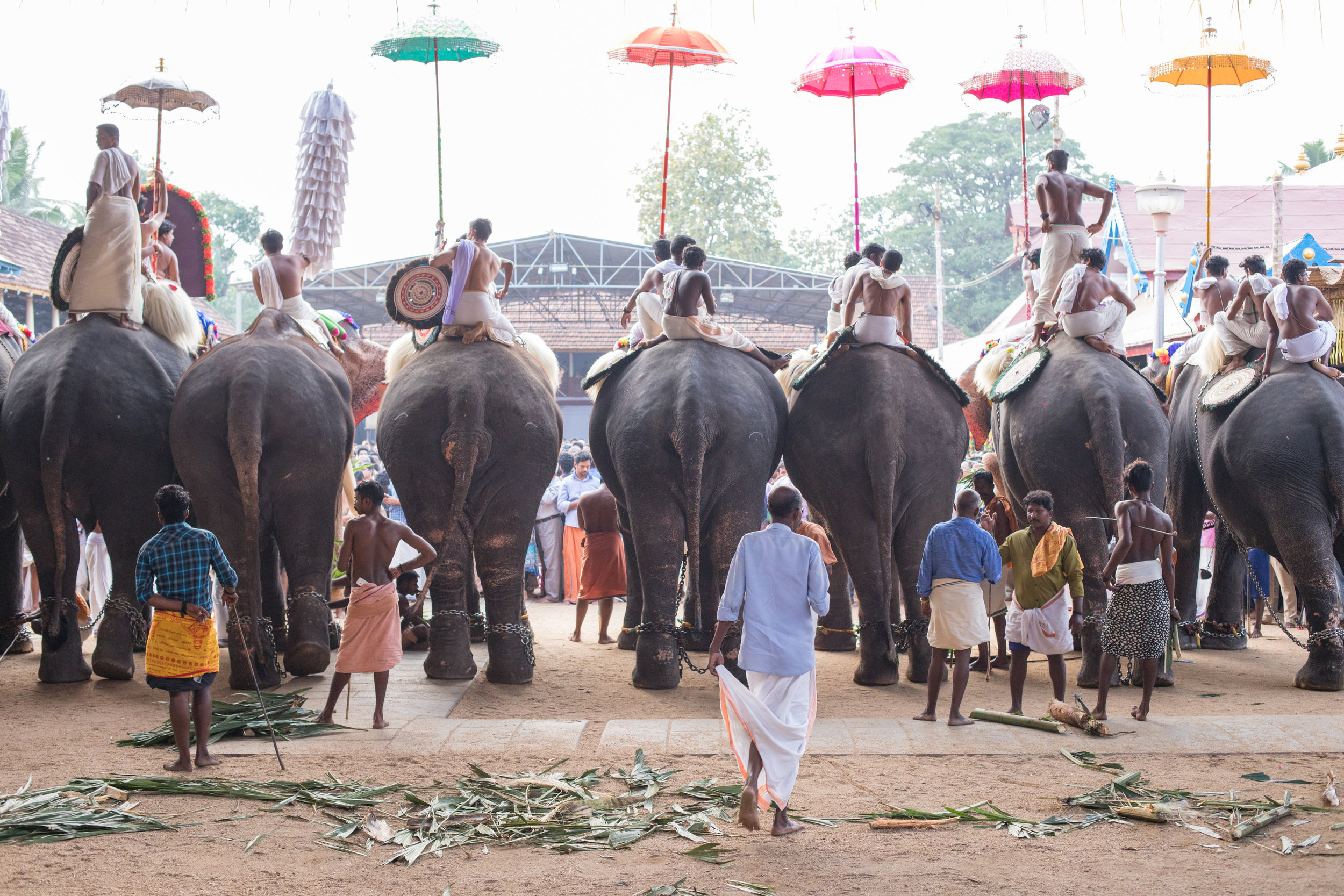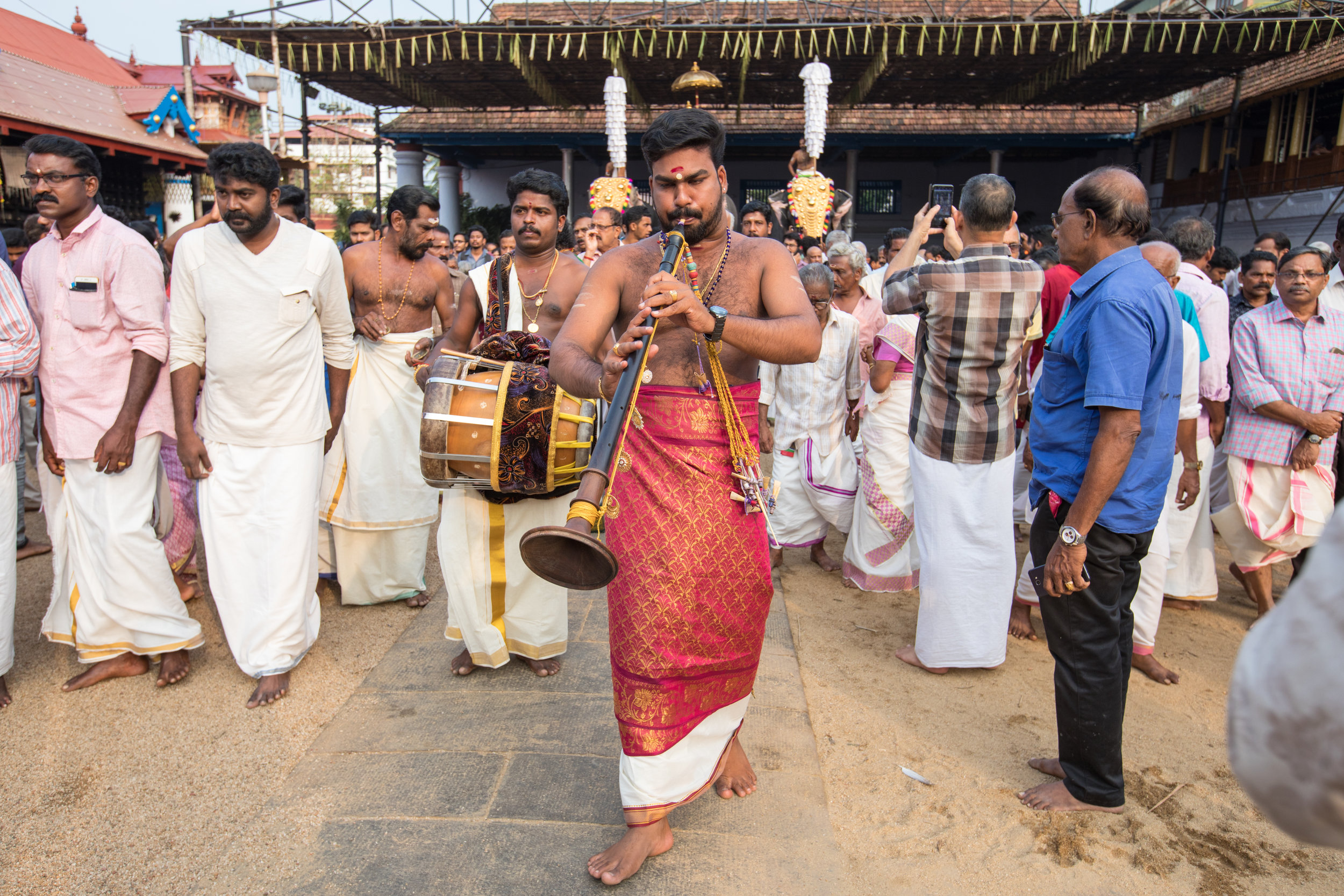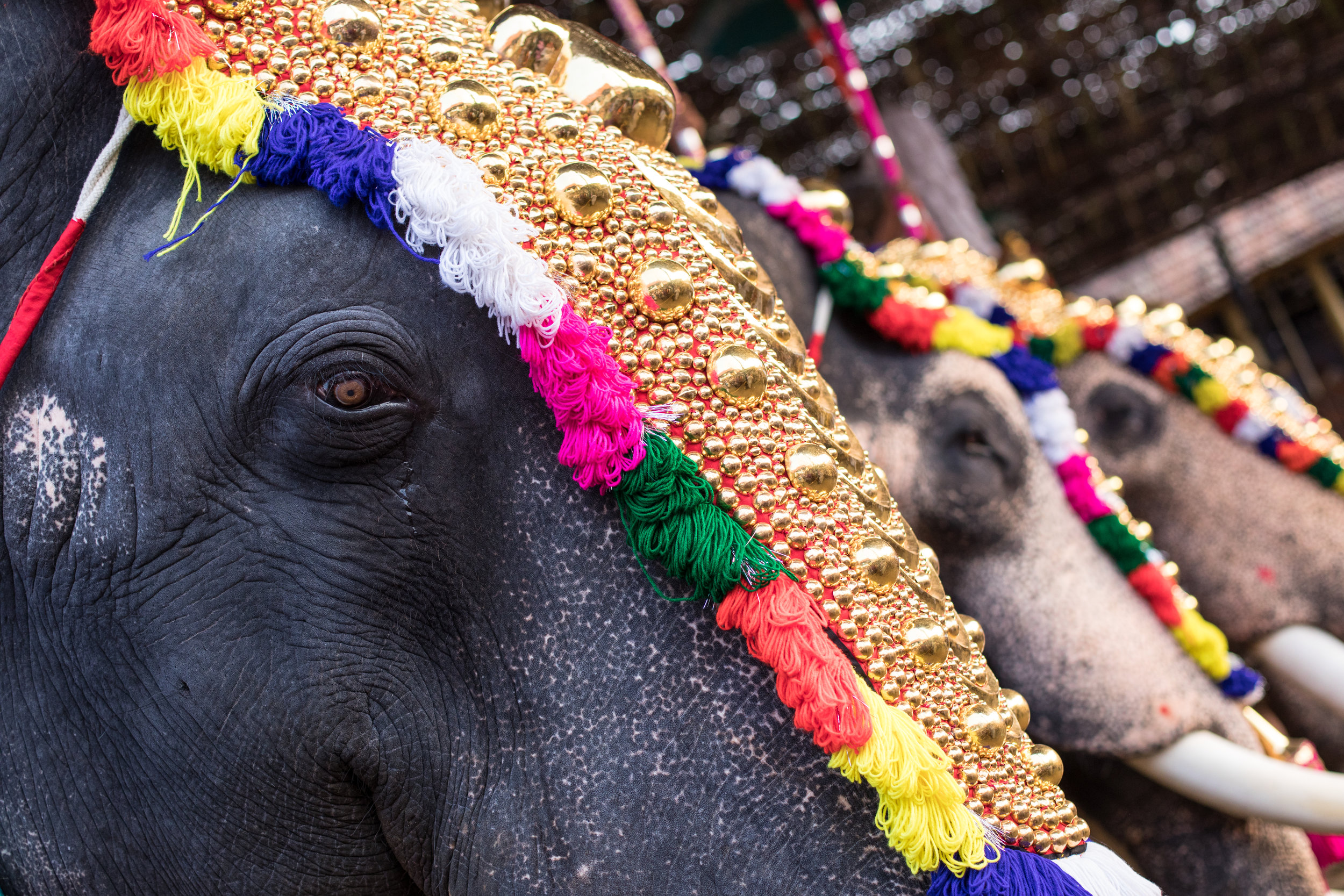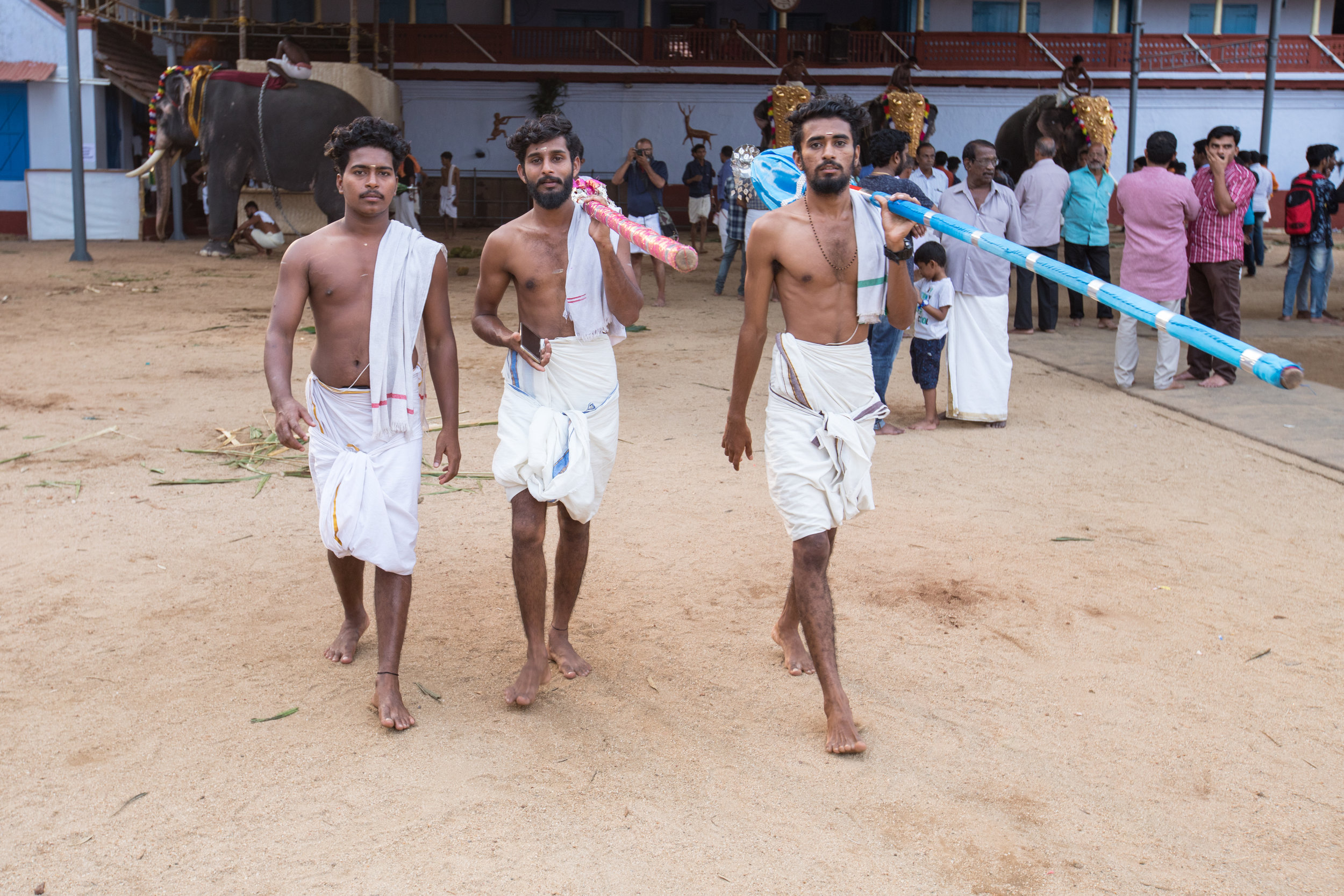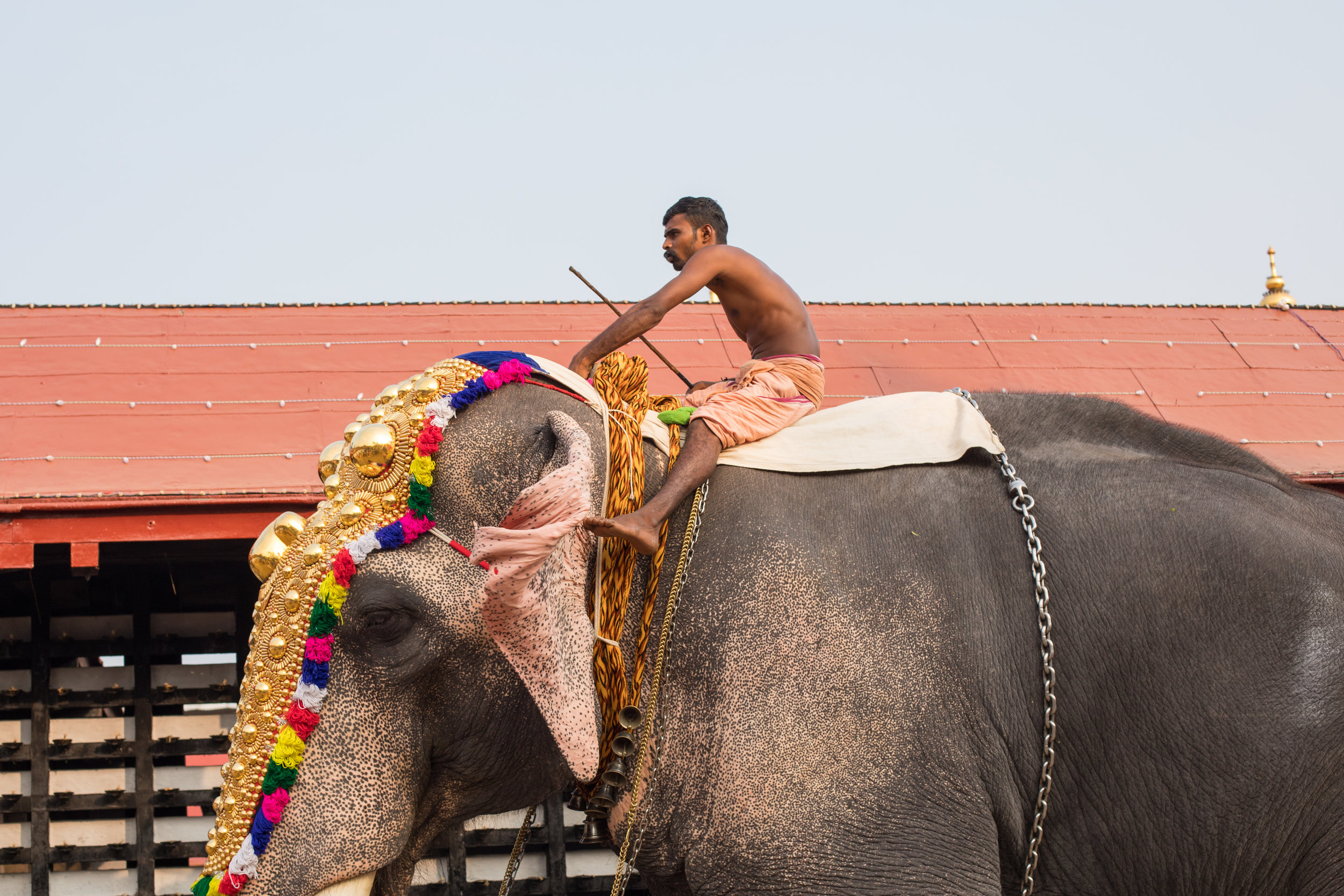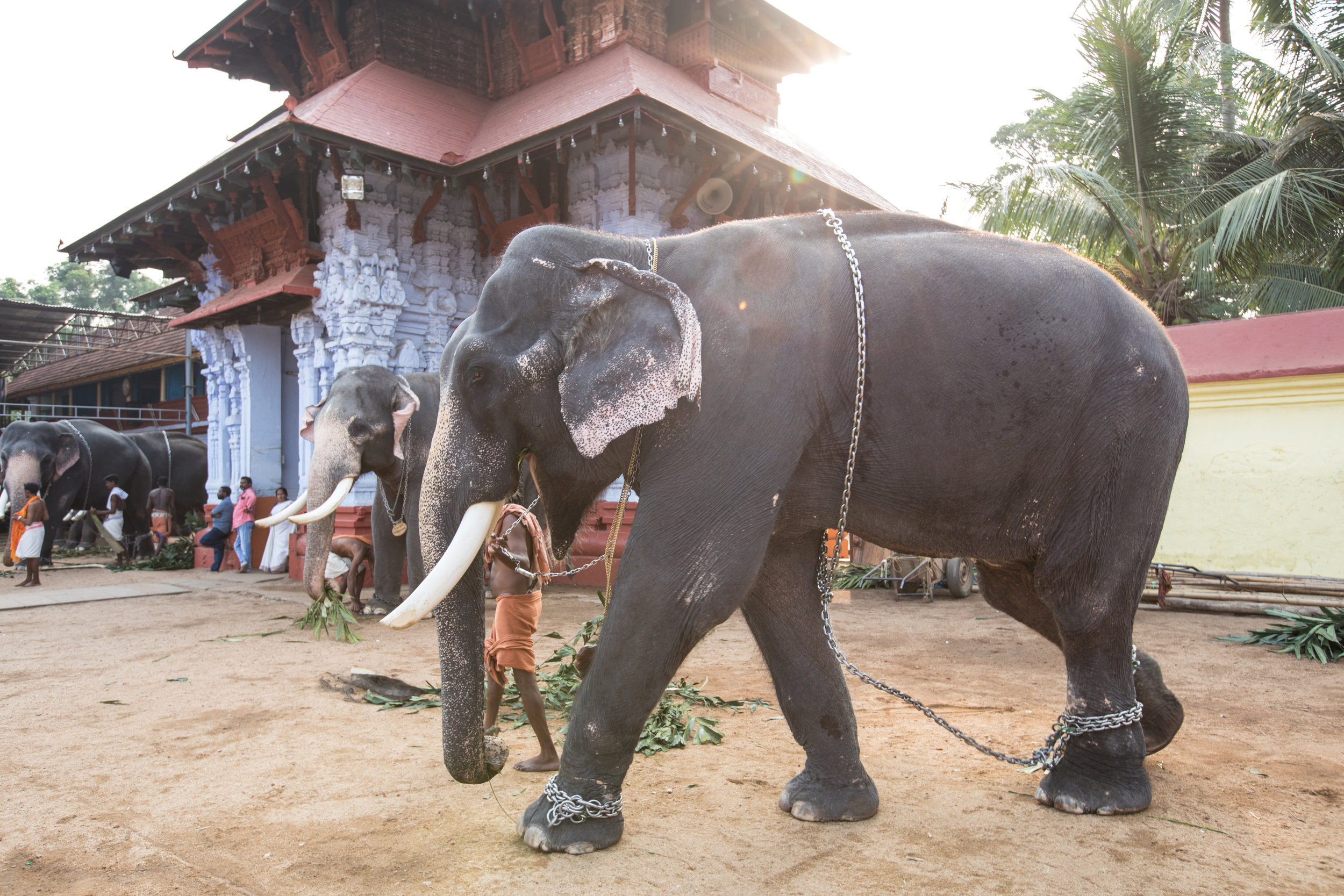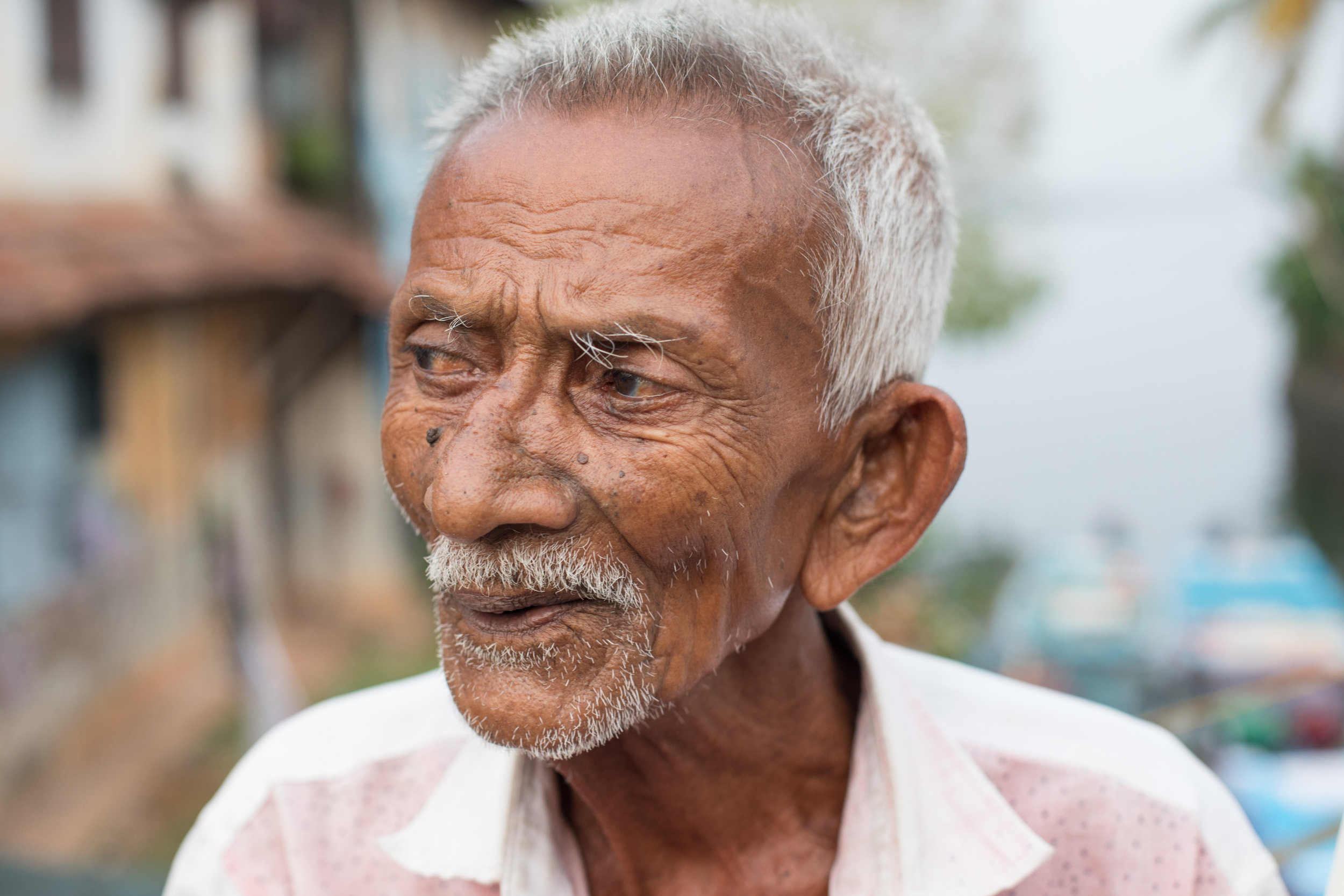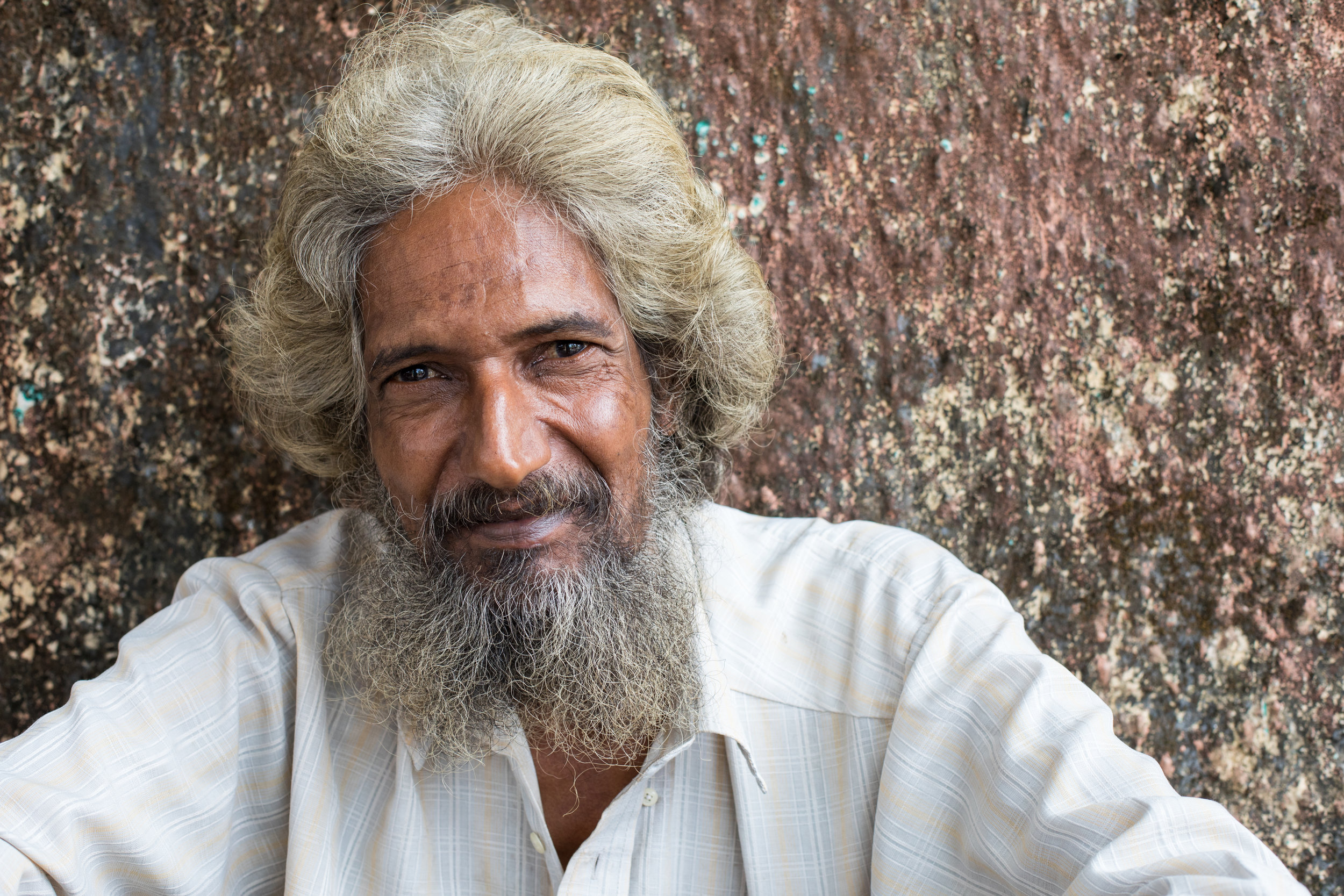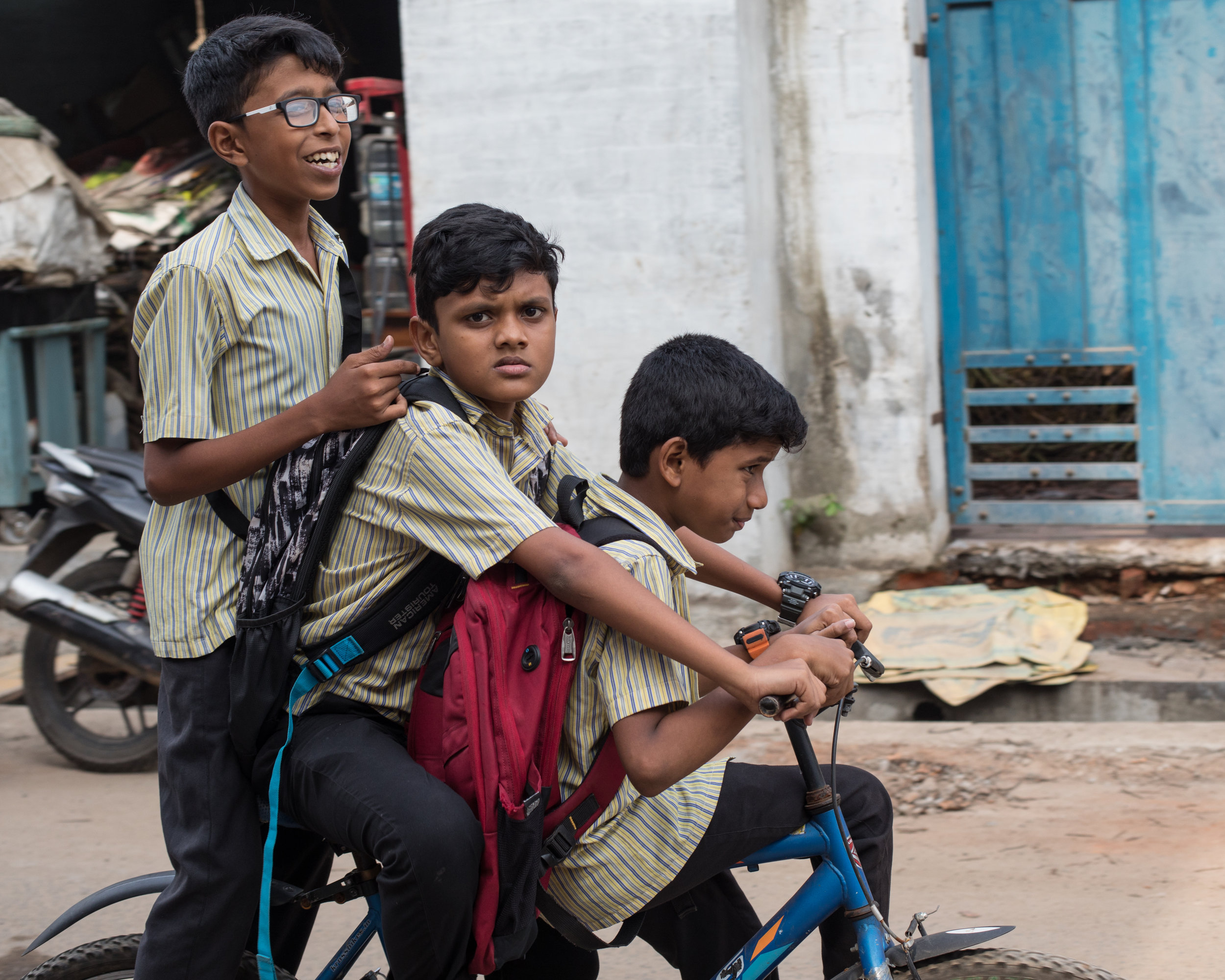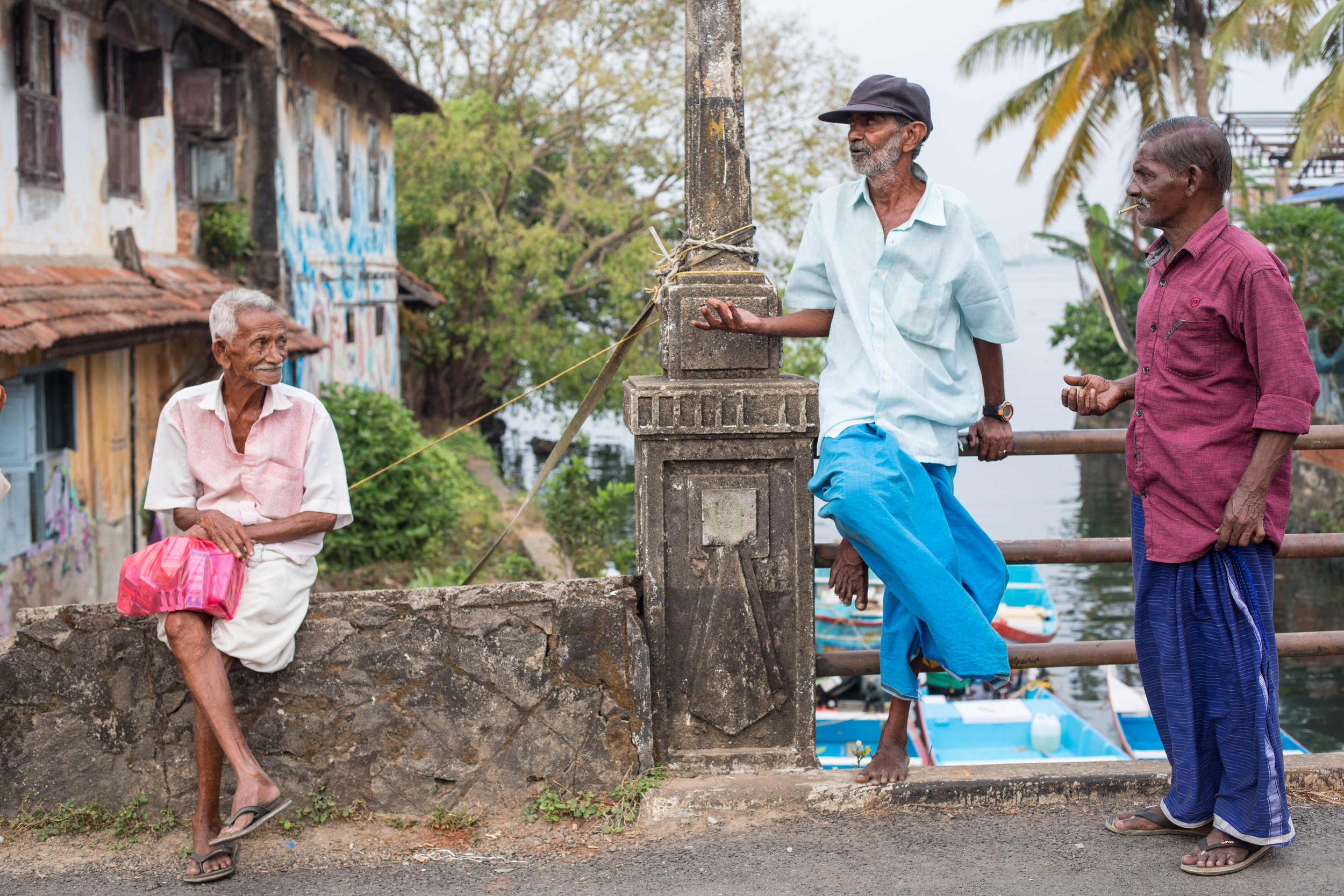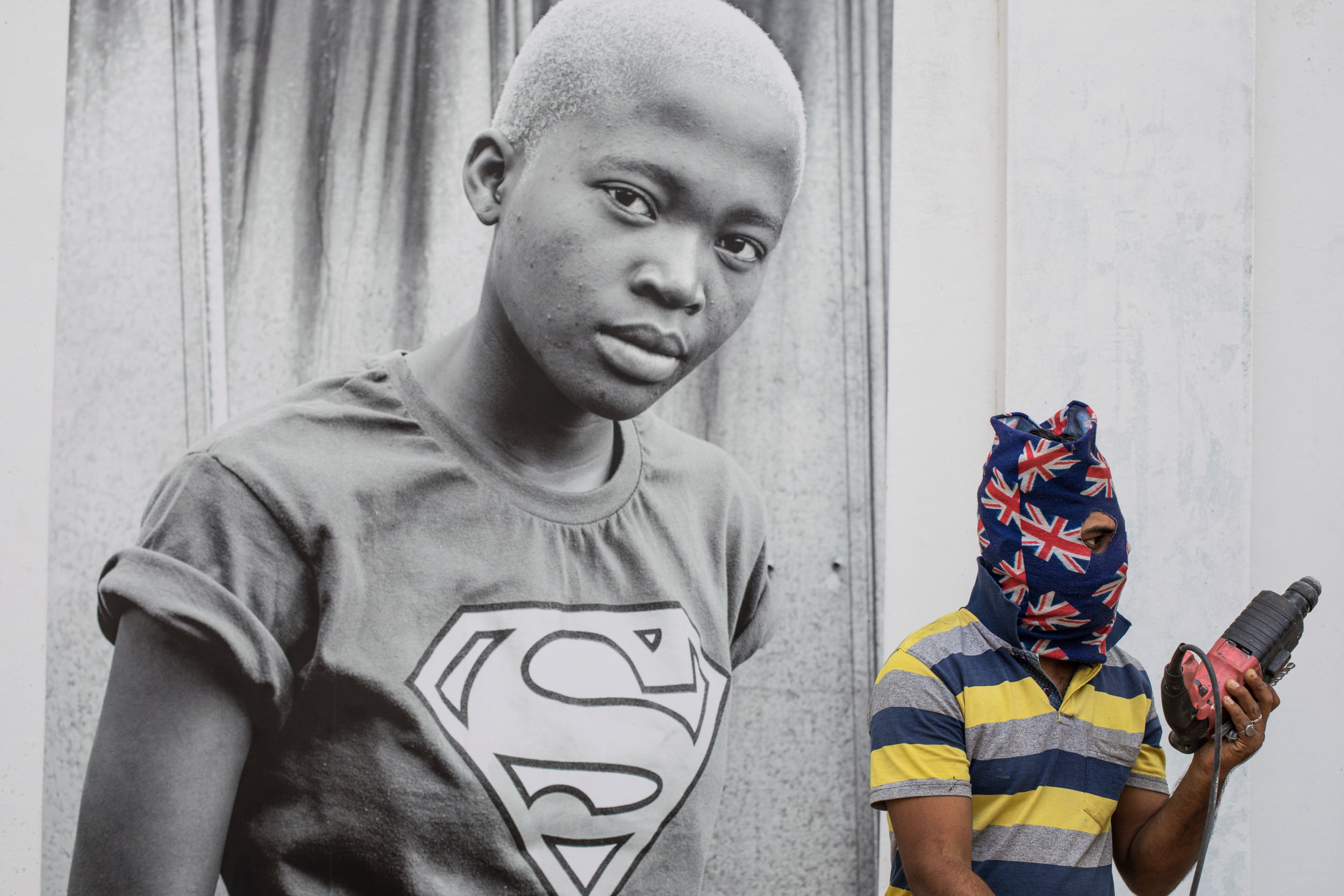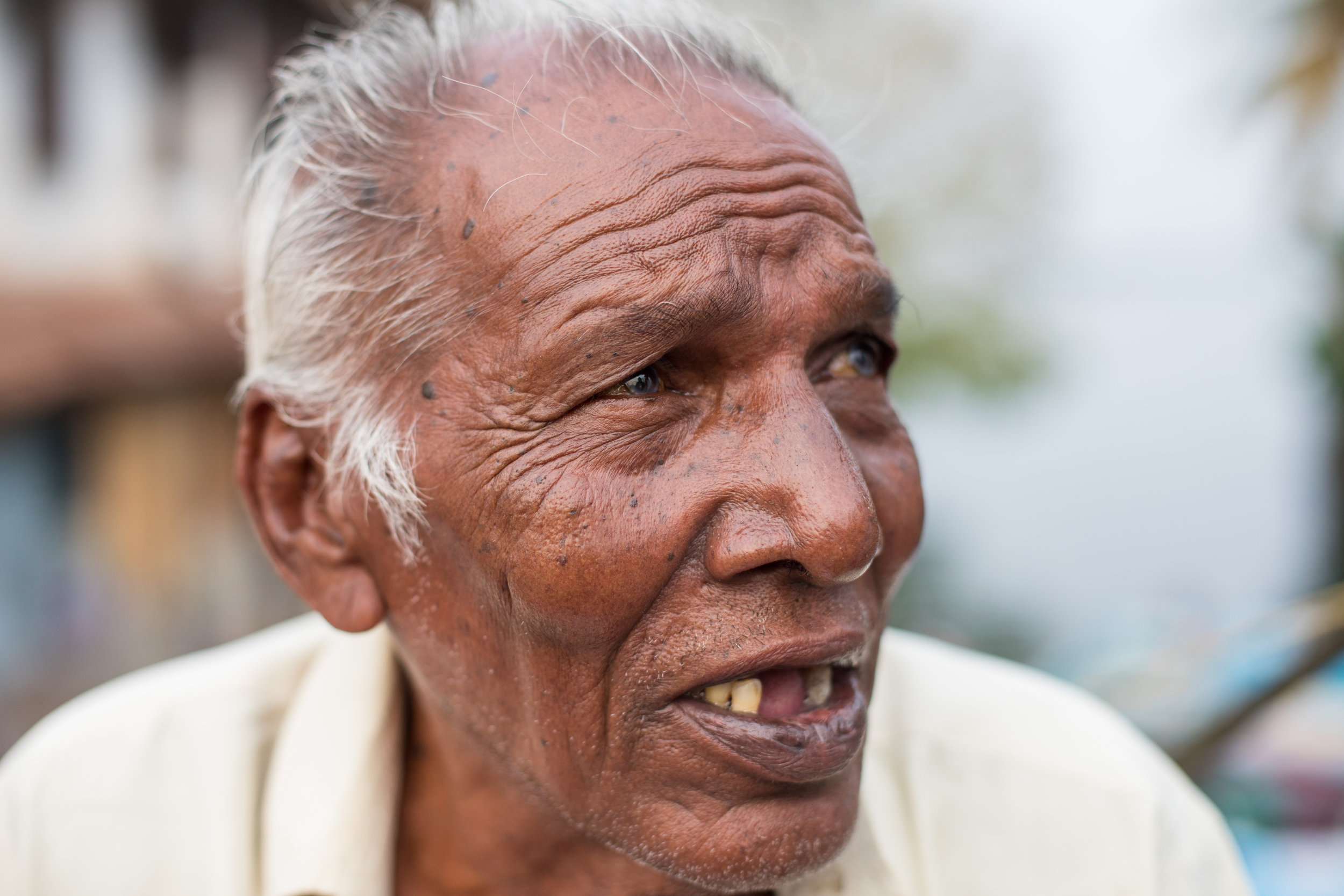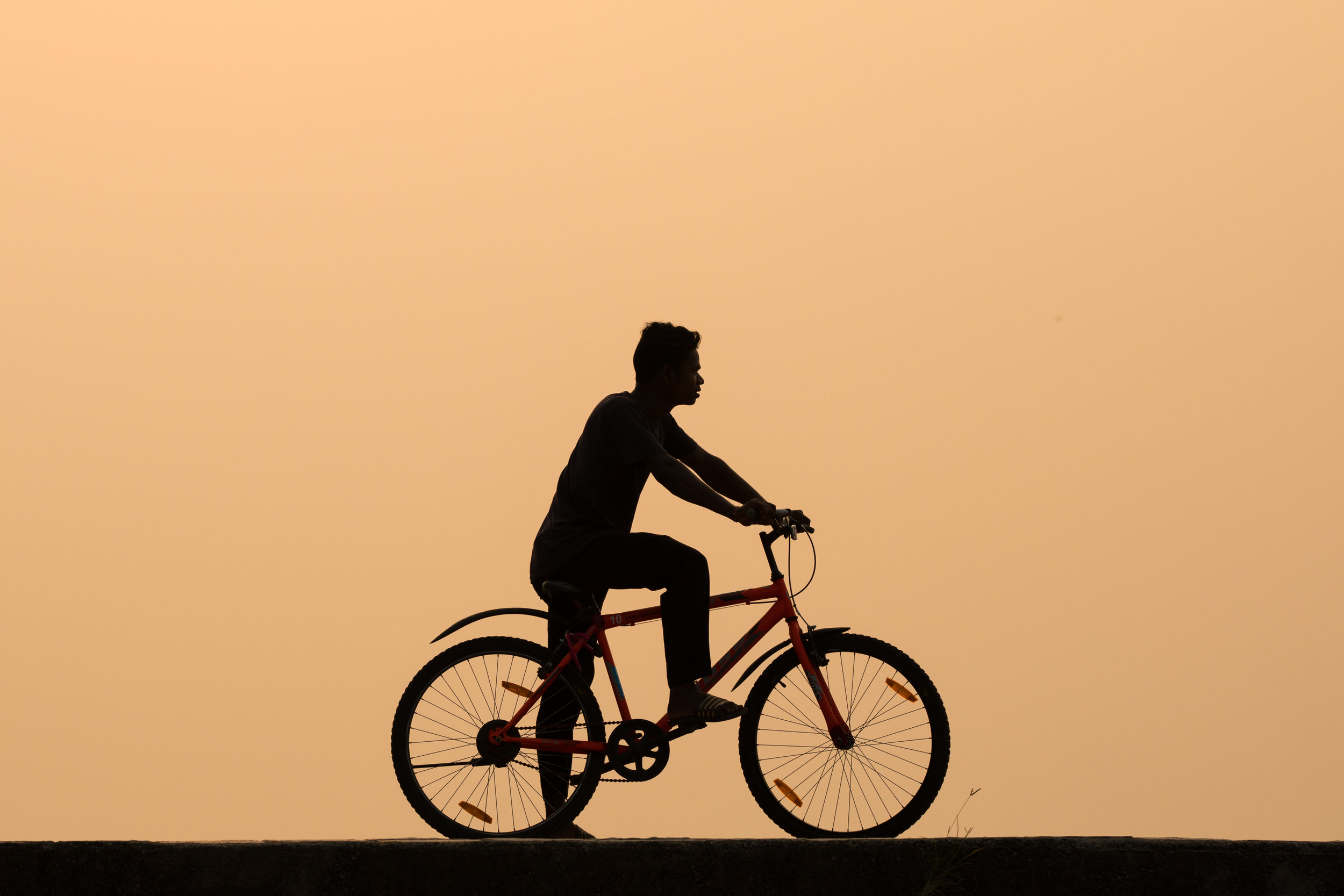Last year I embarked on a six month photographic journey around India. After a few months exploring the southern states of Karnataka, Kerala, and Tamil Nadu I travelled East to Kolkata and eventually into Bangladesh. After some time in Dhaka I flew back into India to explore the North: Varanasi, New Delhi and Agra before finishing my Indian experience in Rajasthan.
Rajasthan was definitely the highlight of my Indian journey. The people are friendly, the pace less hectic and the area a photographer’s dream. Rajasthan is a large state located in the North West of India. The state itself is huge, the largest geographically in India so in a few weeks I was only able to see a fraction of it. Click through the slideshow below to view some of my travel photographs from Rajasthan:
I started my Rajasthan Travel in the fascinating small town of Pushkar which is set on Pushkar Lake, a sacred Hindu site where pilgrims have bathed for centuries. The town has some interesting markets to capture some real Rajasthan life on the streets. The women of Rajasthan wear very colourful clothing and the lake offers some beautiful landscape images at sunset. Like much of India, Pushkar is full of monkeys which can also make for interesting and amusing nature images. Once a year the small town holds the Pushkar Camel Festival, India’s largest festival which I would love to attend one year.
From Pushkar I travelled by local bus to the city of Jaipur, the Capital of the state of Rajasthan. The Pink City, as it is often referred to for it’s trademark building colour, has become a popular tourist destination full of magnificent forts and extravagant palaces. Photographic highlights include: views over the City from the Nahargarh Fort, great at sunset, and the impressive architecture of Hawa Mahal, an Instagram friendly pink palace in the heart of the city. Don’t forget your wide angle lens for this cultural masterpiece!
From Jaipur I travelled next to Jodhpur, the second largest city in the state of Rajasthan. Jodhpur is a popular tourist destination with much history and culture, with many forts and temples to visit. The traditional walled city is also known as the Blue City of India where the majority of buildings are painted in the same shade of blue.
For my final few days in Rajasthan travel, I followed a travellers tip and journeyed to the small historic village of Khuri in the Thar Desert. Here I stayed with a local family enjoying delicious food and was able to explore some of the Thar desert, also known as the Great Indian desert both by foot and by camel back. Staying in the village is like stepping back in time, a great place for rest & relaxation. Taking a camel ride into the desert allows for some unique landscape images of the endless sand dunes.
That takes me to the end of my photographic journey through beautiful Rajasthan. Without a doubt I will be returning to this fascinating state soon to enjoy all it has to offer and capture the interesting art, architecture & people along the way.
A big thanks to ‘Everyday Rajasthan‘ for inviting me to share some of my Rajasthan memories. More of my travel photography from India can be found on my website and my instagram. If you would like me to contribute a photographic story to your blog or website please send an email to: geraintrowlandphotography@gmail.com.
